Japan is a country I’ve been fascinated with for most of my life. I enjoy and appreciate Japanese car culture but when I rationalize deeper, it’s actually car culture in Japan that I’m particularly fond of. There’s a certain je ne sais quoi to it which is deeply rooted into the mindset of most enthusiasts there. Mannerism plays a large part of it, as the sense of entitlement doesn’t really exist in Japan. This is not just reflected within the country’s automotive culture but applies to its nation as a whole.
A number of Japanese expressions exist and apply to the country’s society which makes it sui generis. A common occurrence I have experienced along with many others who have travelled to Japan is the emphasis on efficiency and quality; it’s rare to find unpleasant food, receive poor service or purchase bad quality products. This can be attributed to the following Japanese expression; kodawari. Literally translated to ‘obsession’, kodawari is the relentless pursuit of perfection and is embodied in all facets of Japanese culture. Plenty of automotive manufactures in Japan apply the belief of kodawari to their operations and unsurprisingly, this phenomenon naturally flows through to the aftermarket tuners there as well. Another expression that’s noticeable is tezukuri, which translates to ‘handcraft’ but encompasses the idea of a lifelong devotion to mastering one’s craft. Examples of kodawari and tezukuri can be seen in one of my favorite documentaries of all time – Jiro Dreams of Sushi.
On a recent trip to Japan, I got to experience these expressions and philosophy expressed in an automotive sense. Welcome to the Omori Factory – home of not just all things Nissan Motorsports International – but an environment to feel the embodiment of kodawari and tezukuri expressed in the form of Nismo-enhanced automobiles.
The katana – a traditional Japanese sword – was used as design inspiration for Omori Factory’s architect and upon walking up to the building, this parallel could easy be drawn. It’s as if a katana was swung to slice through Nismo’s color palate each time the hue shifted between red, black and grey.
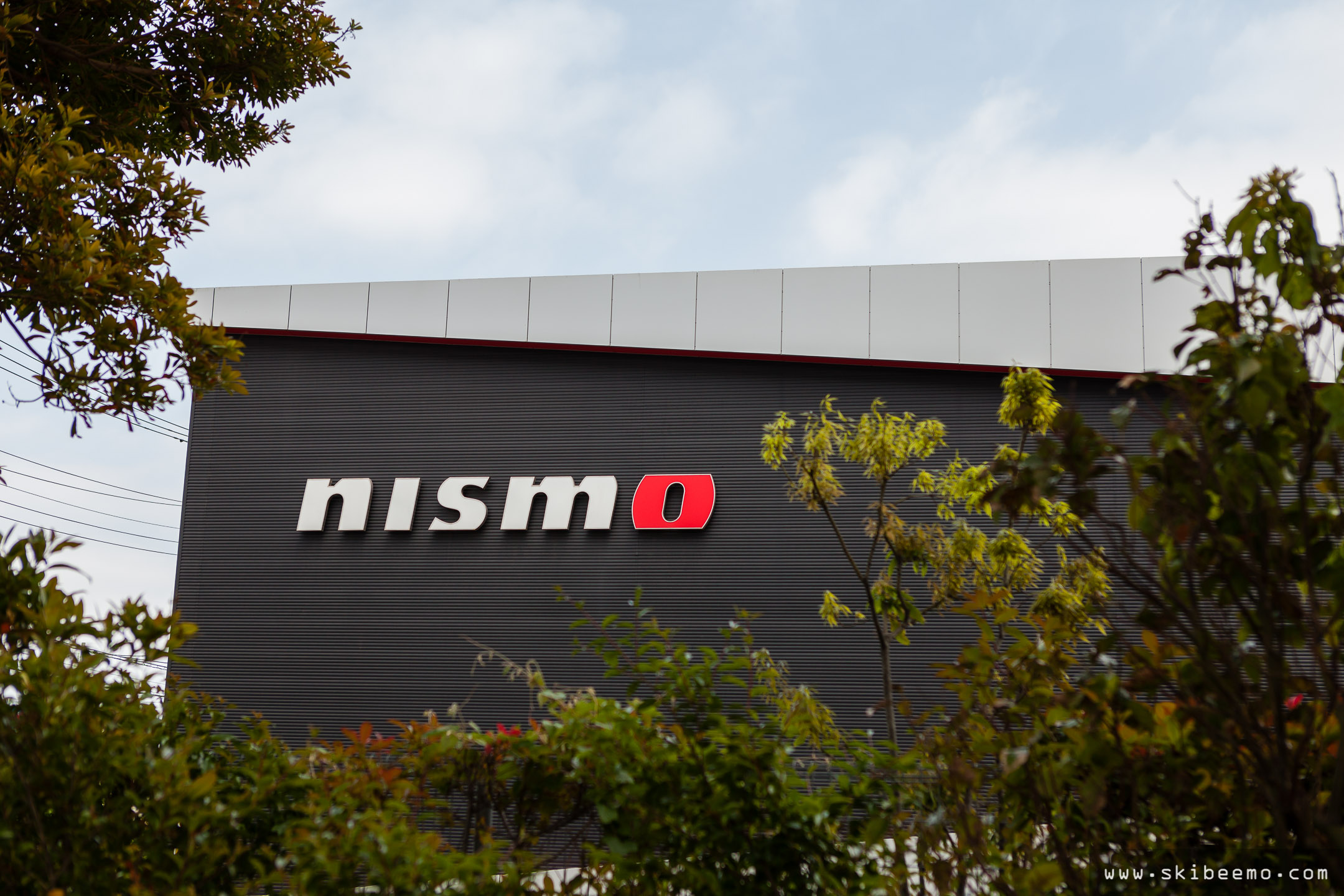
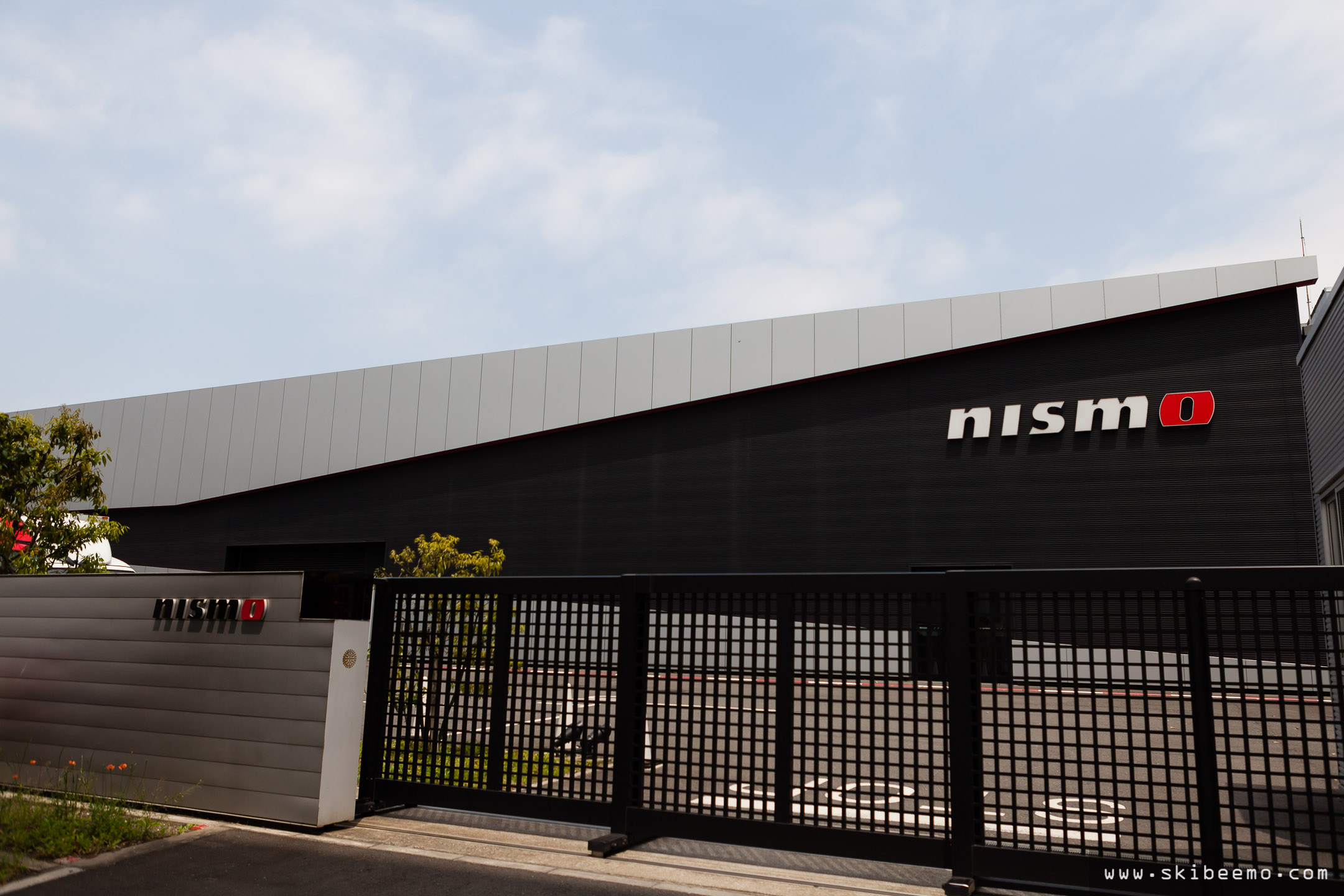
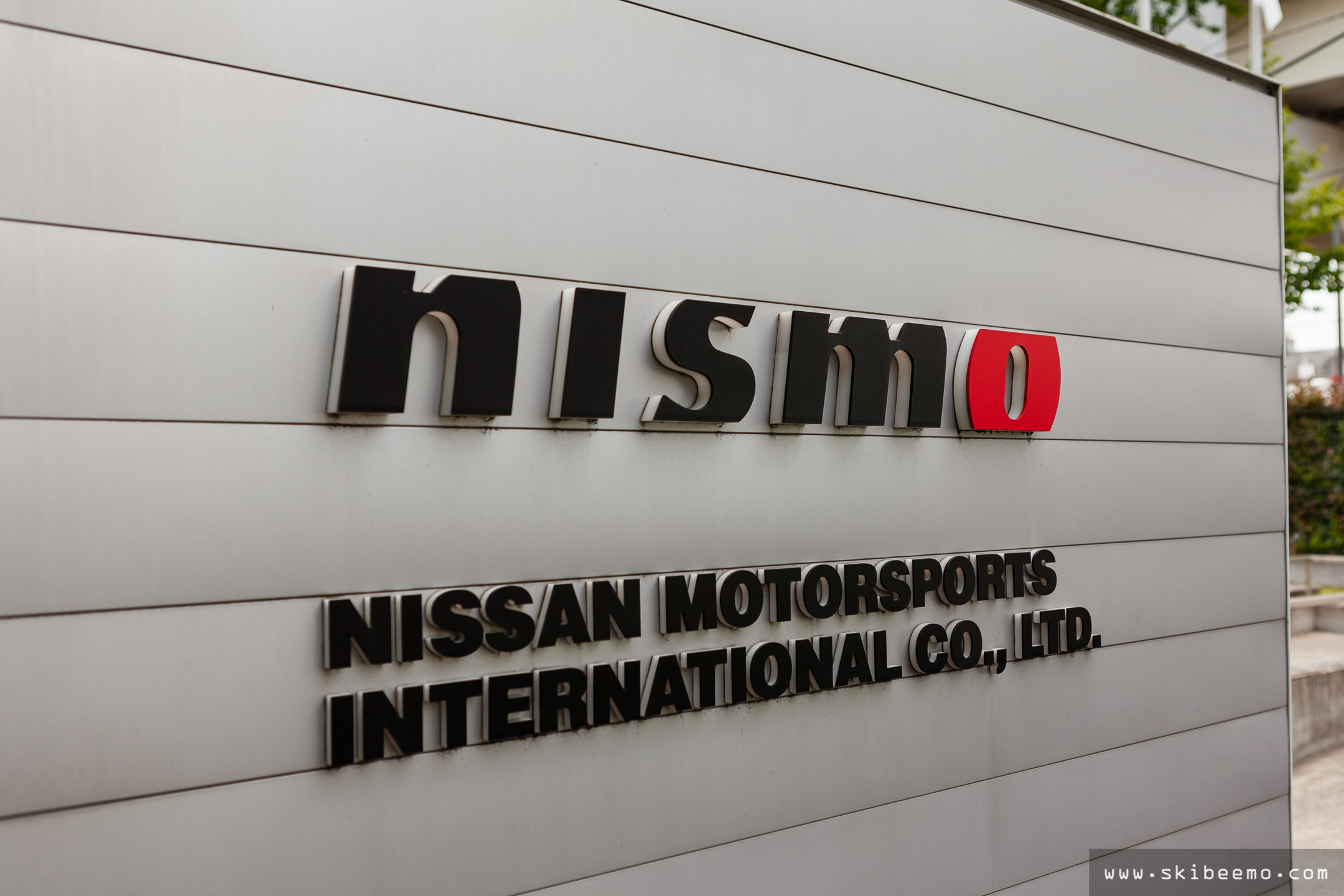
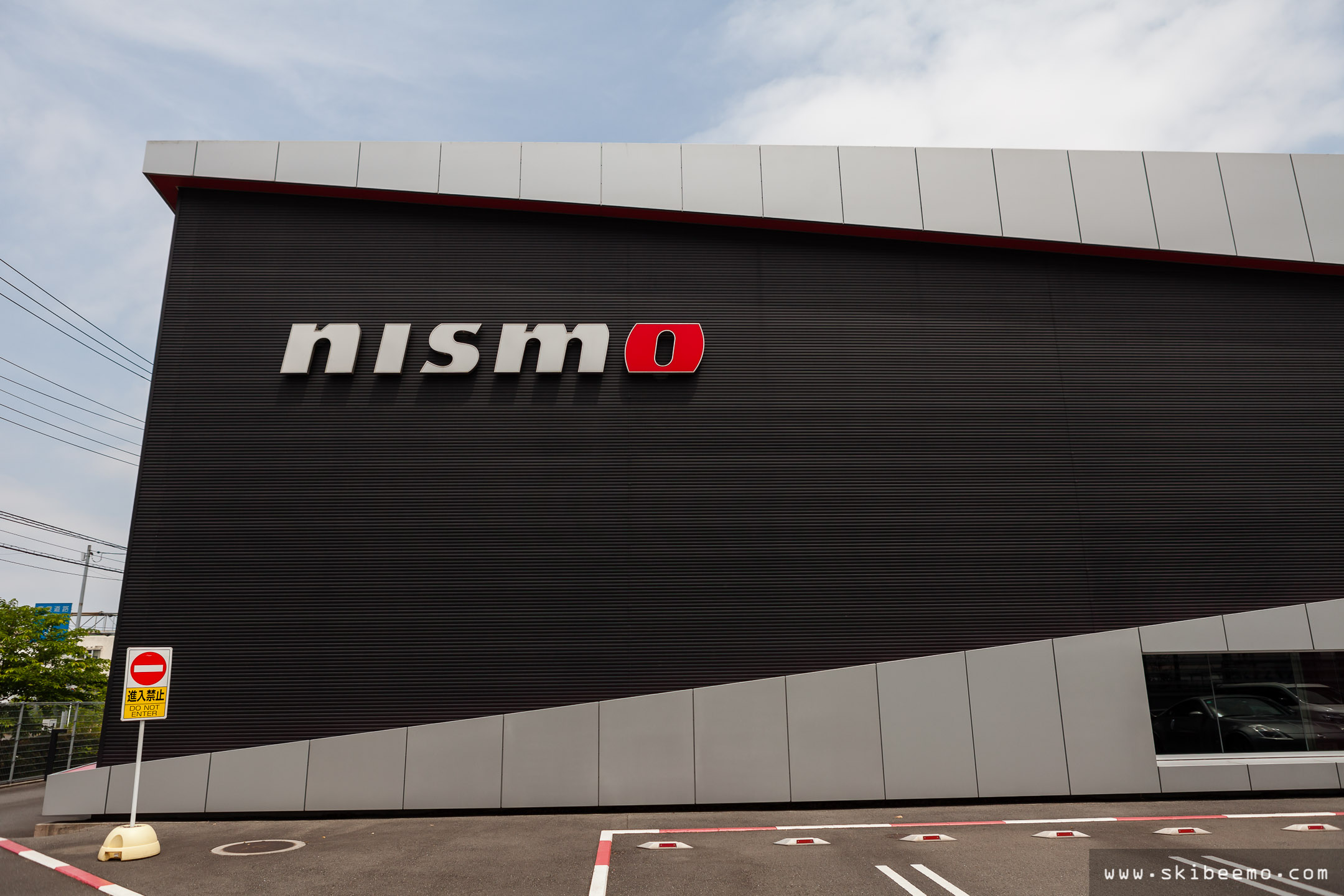
This Fairlady Z with a Nismo spoiler greeted me before I entered the showroom. Parked behind it was a tidy pearl-white Elgrande.
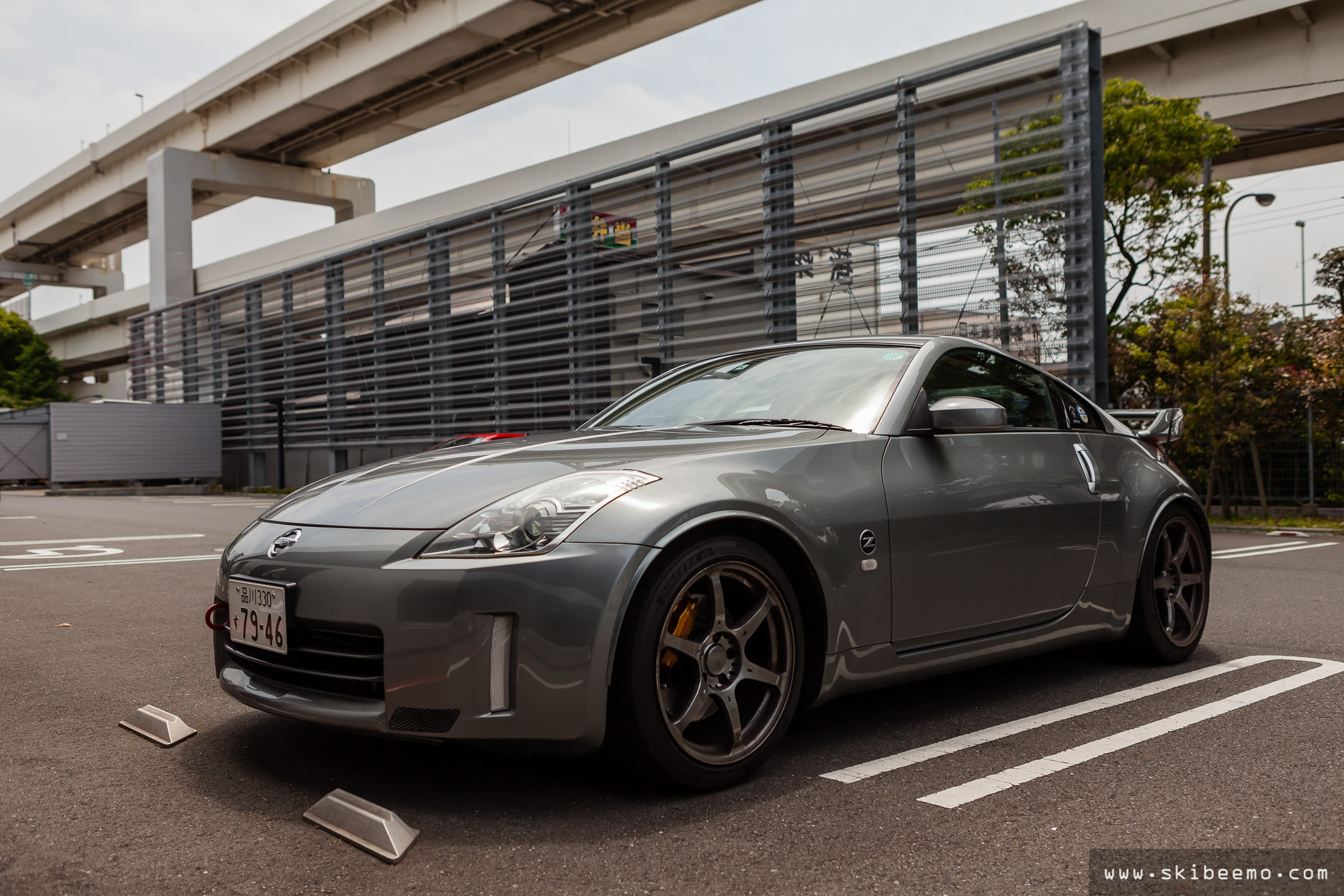
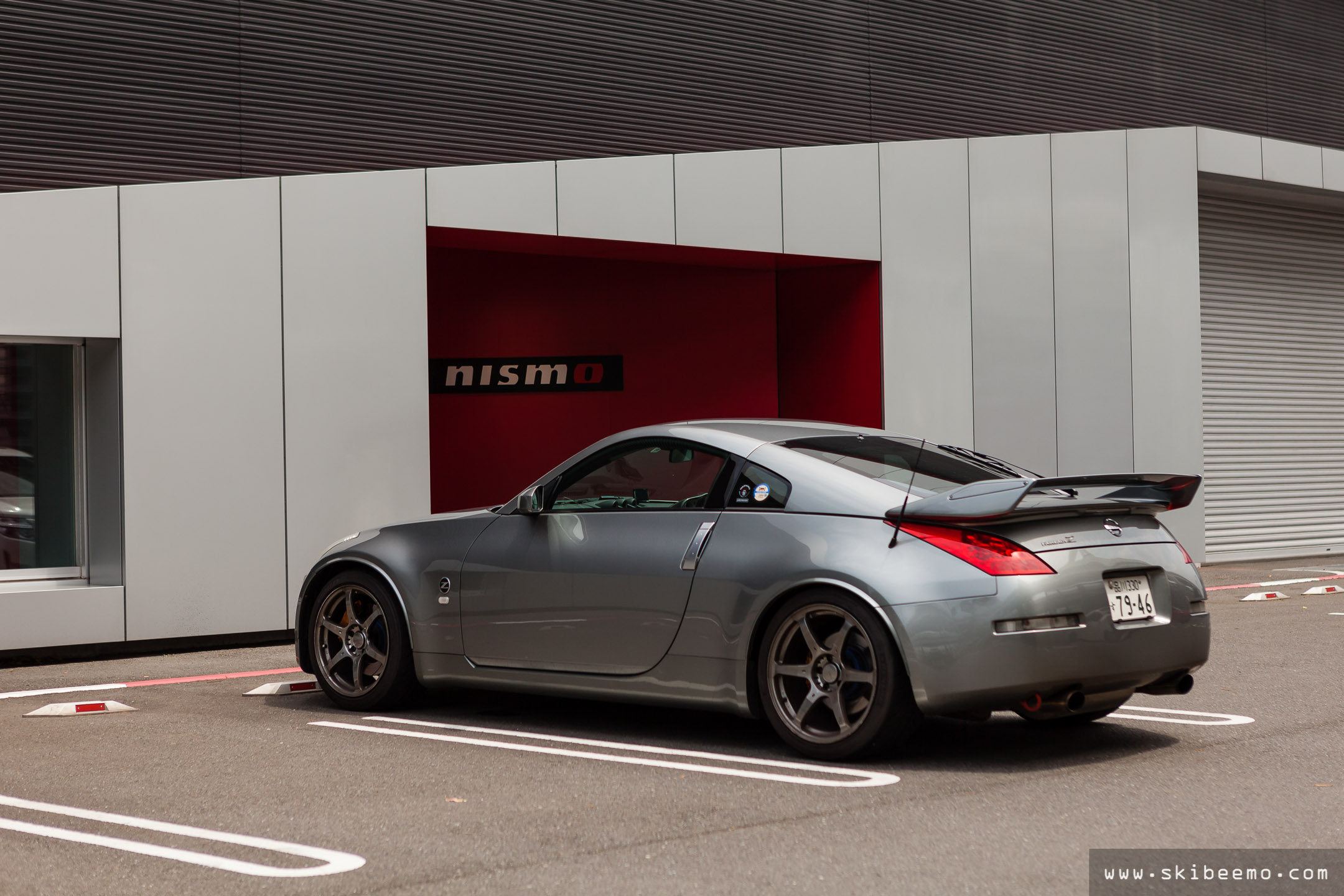
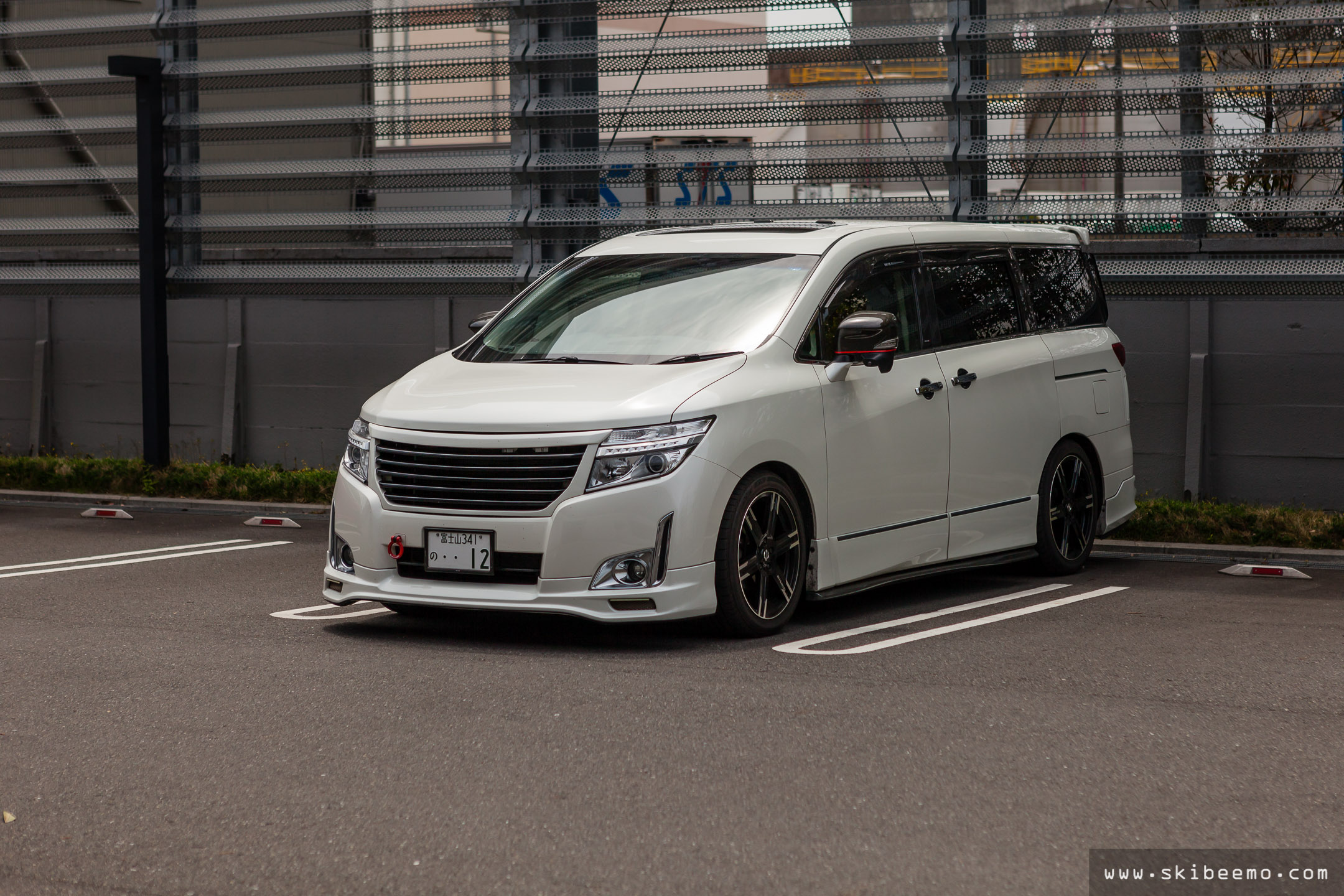
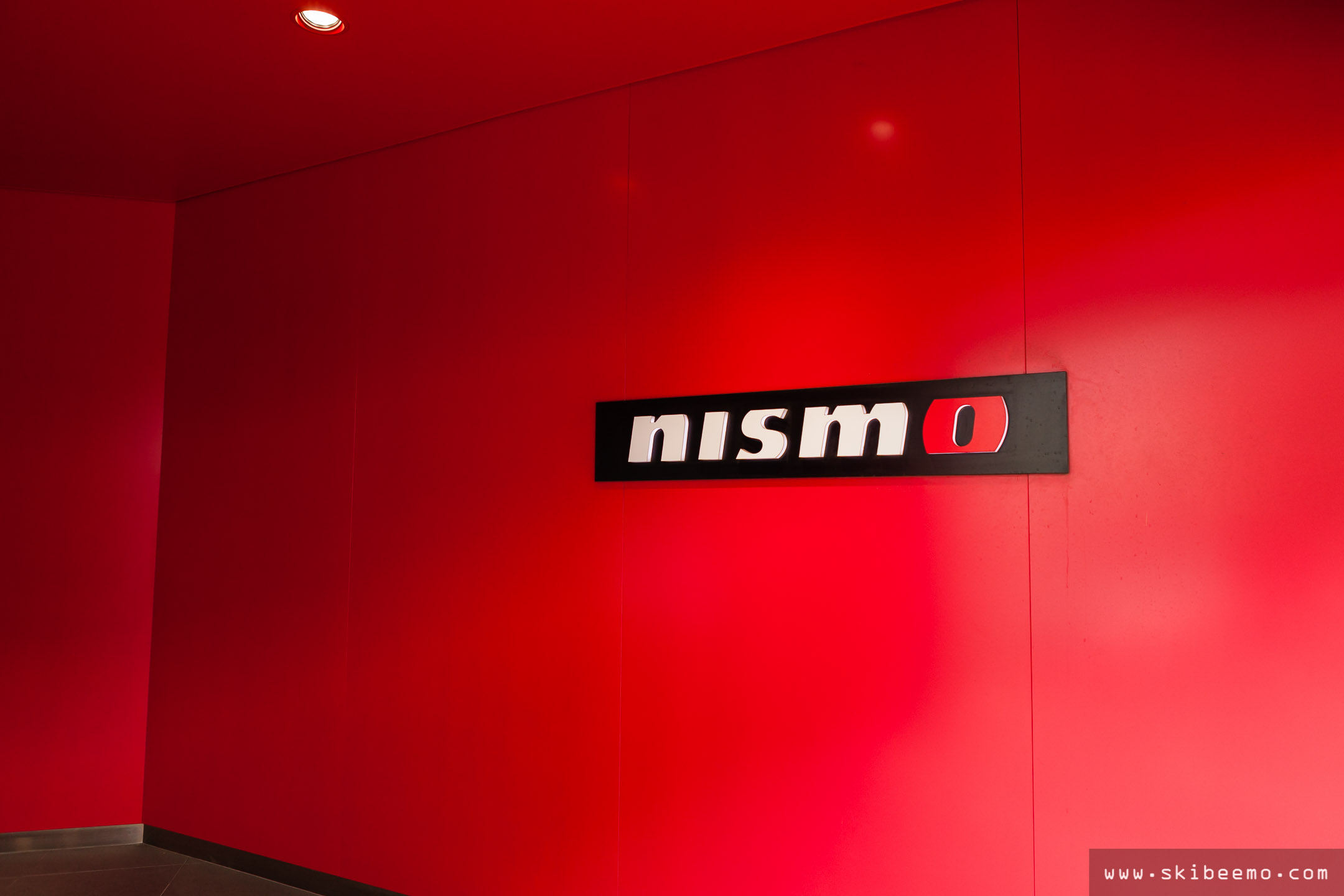
If you are obsessive-compulsive by nature, the Omori Factory is an amazing environment to stimulate your senses.
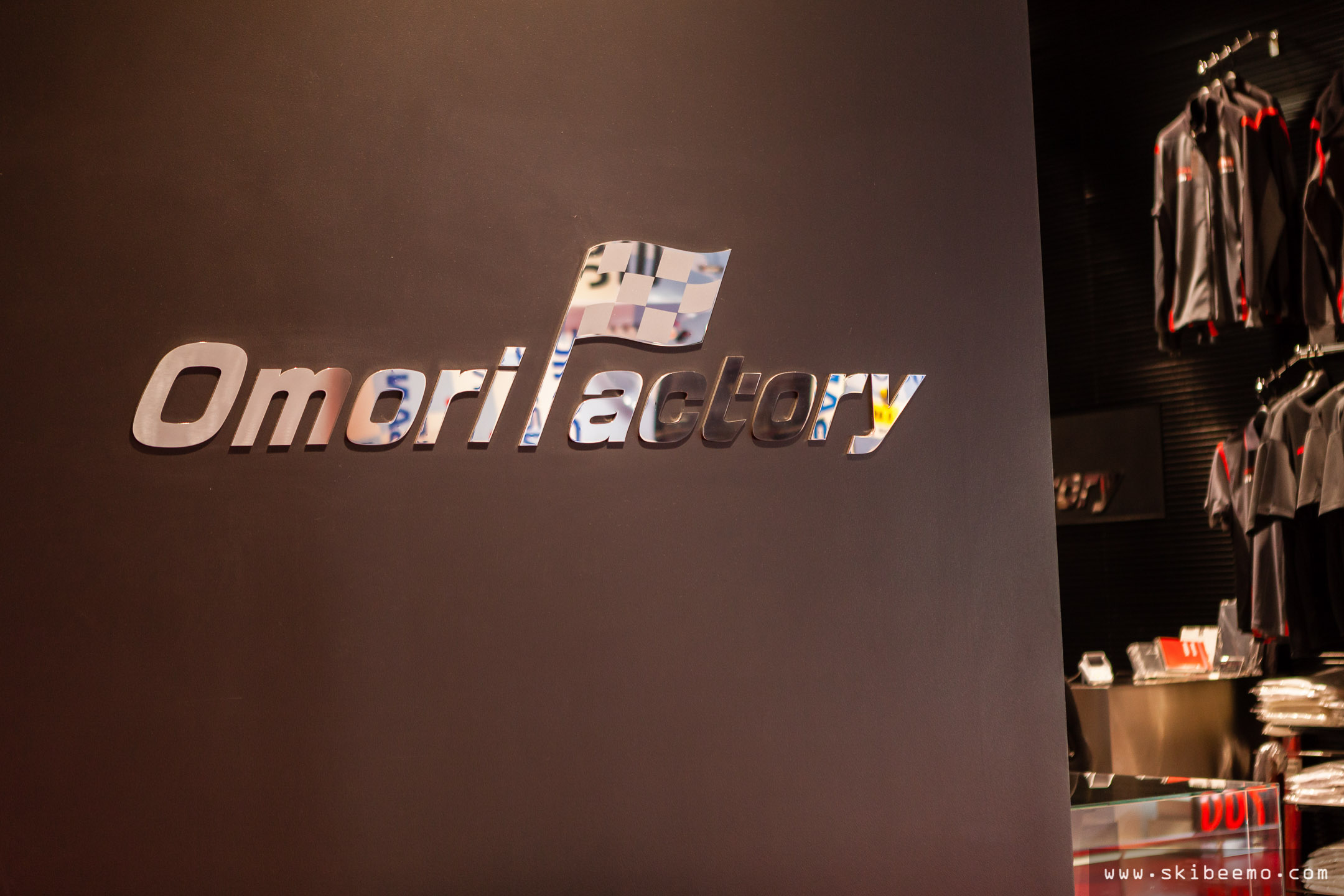
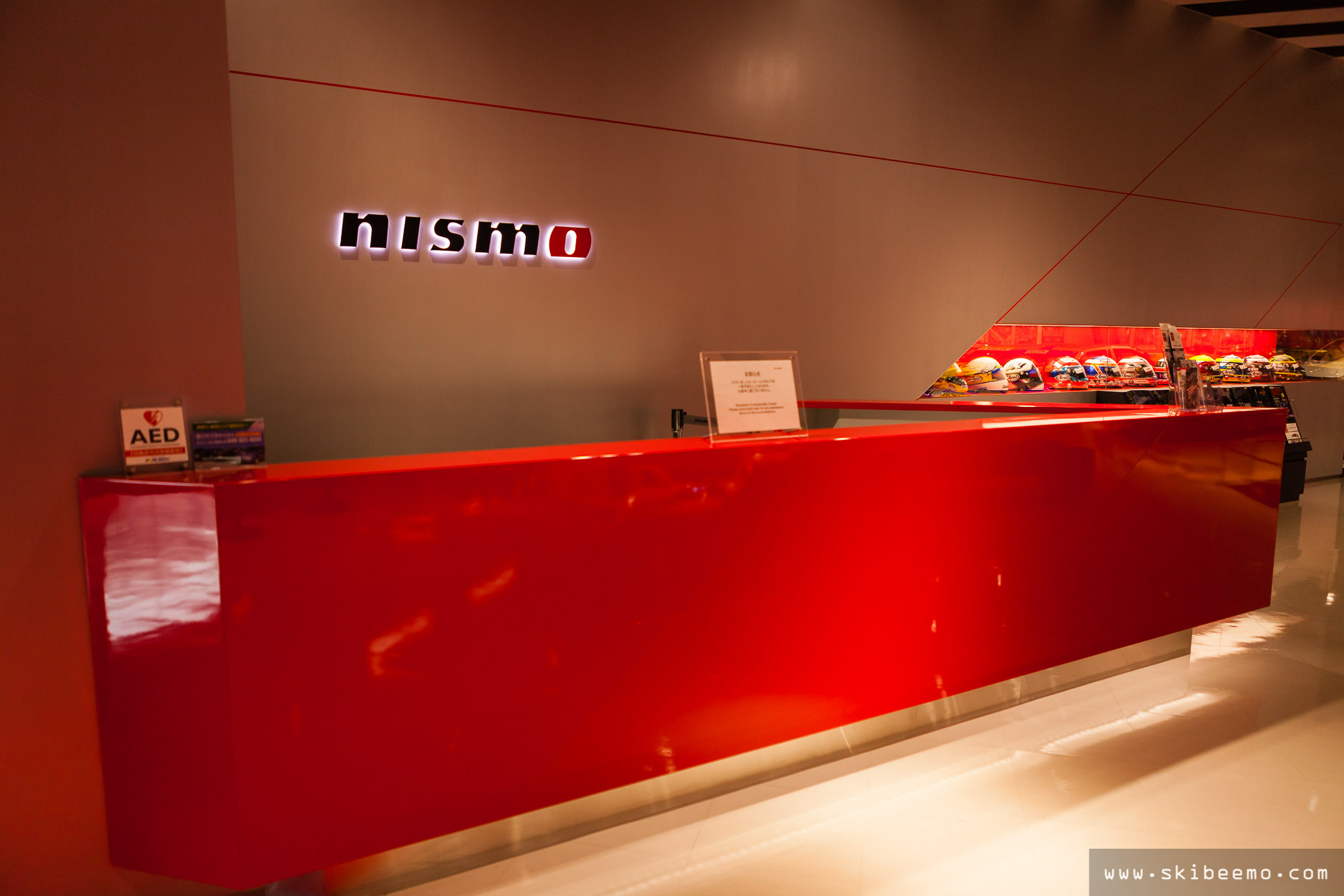
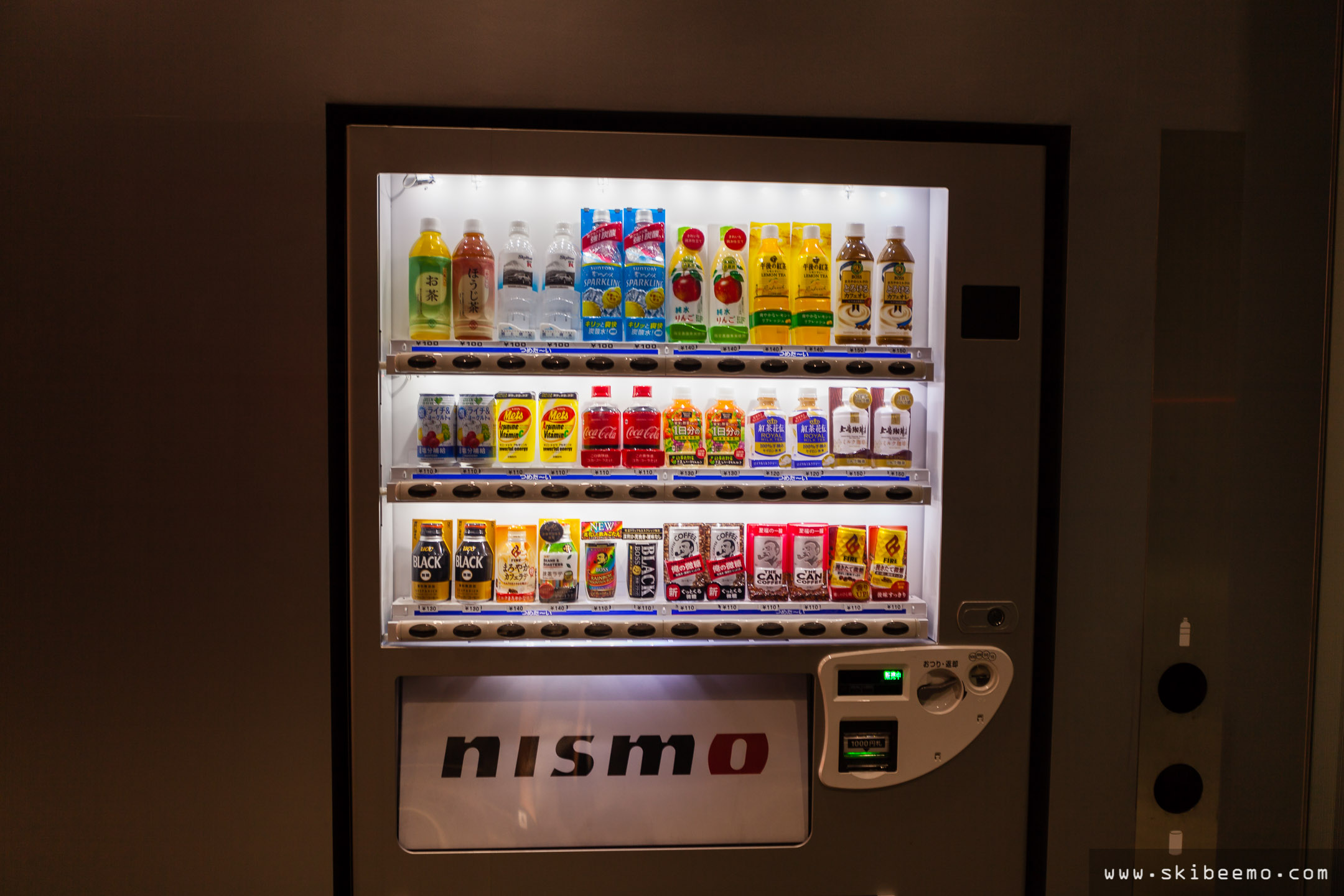
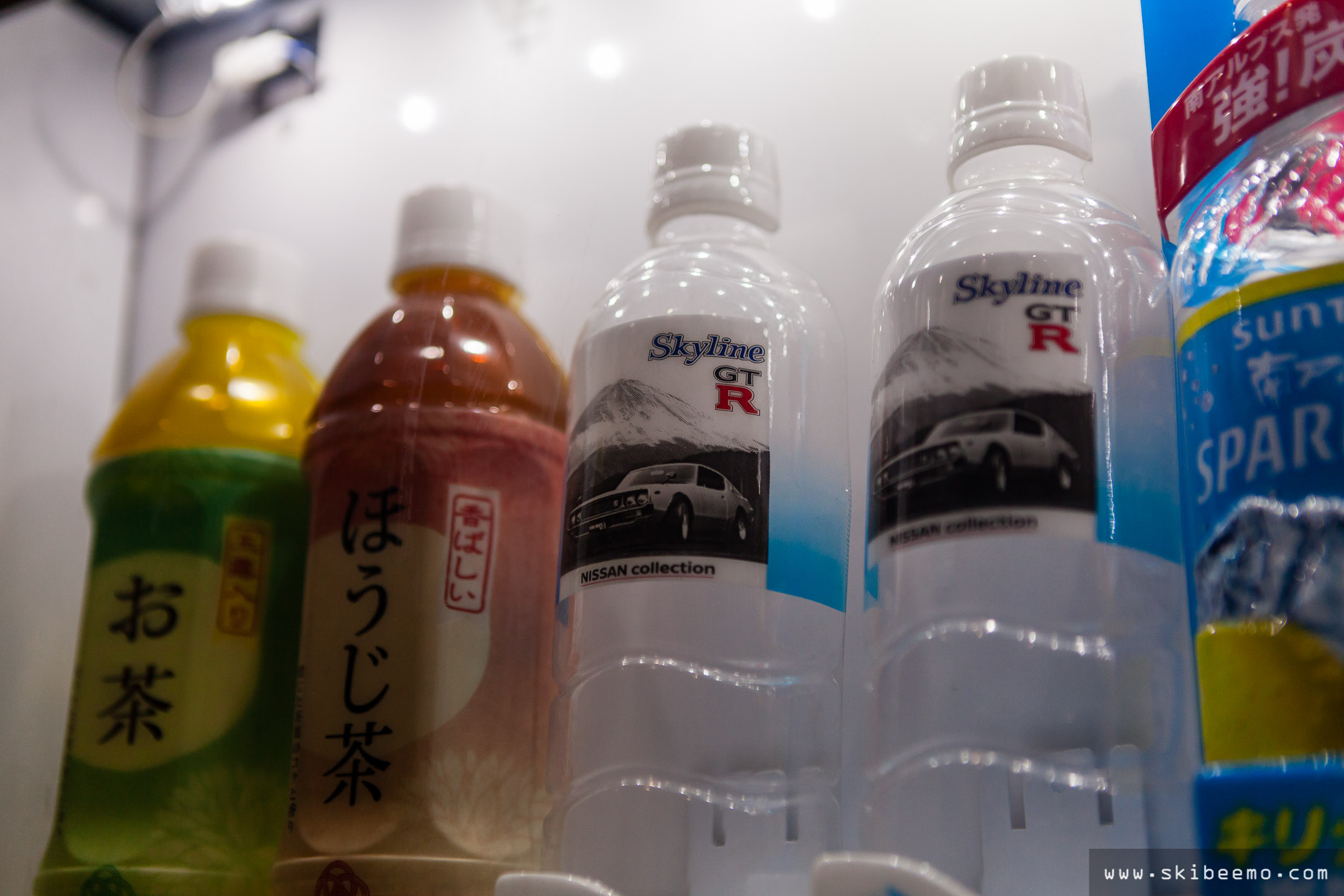

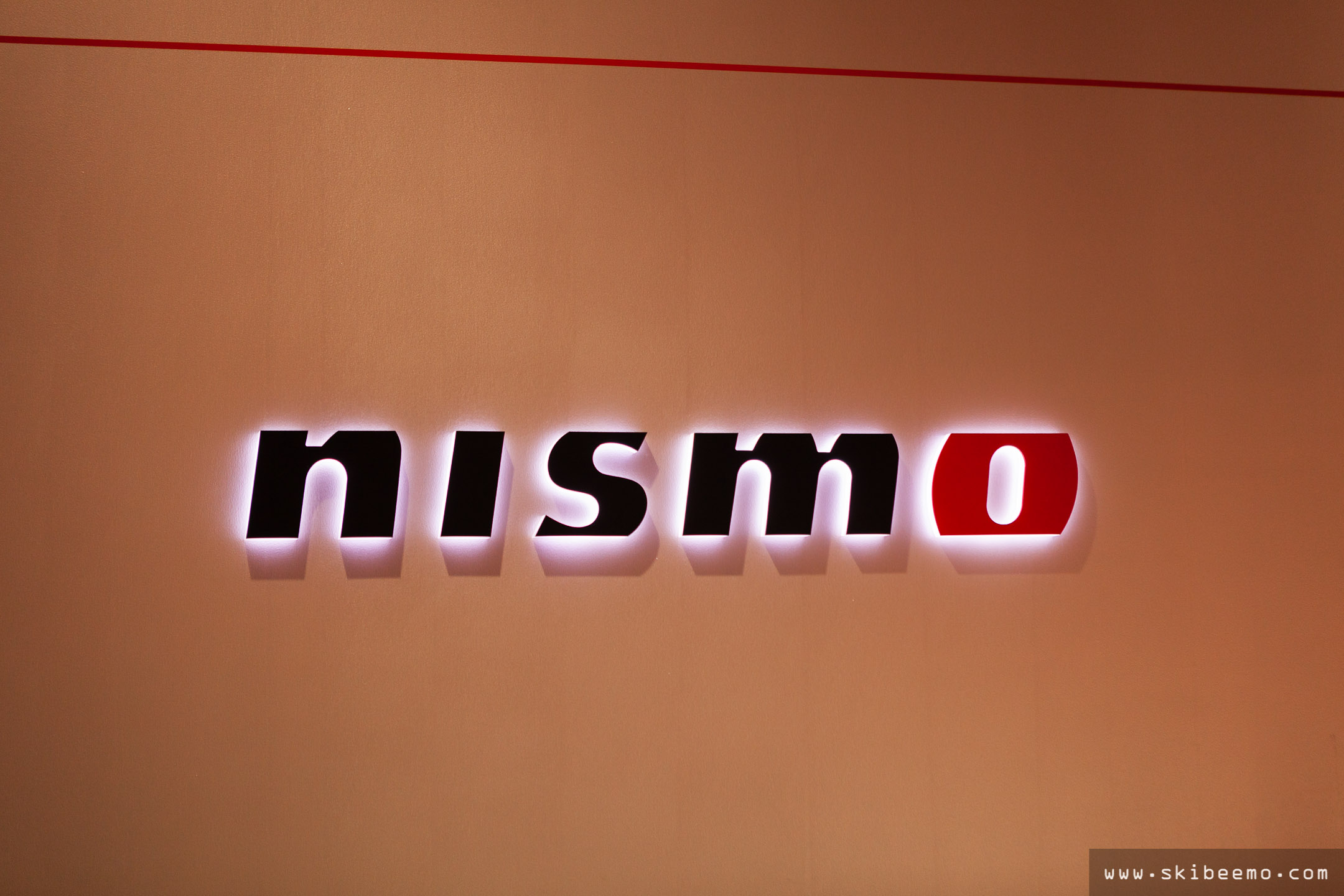
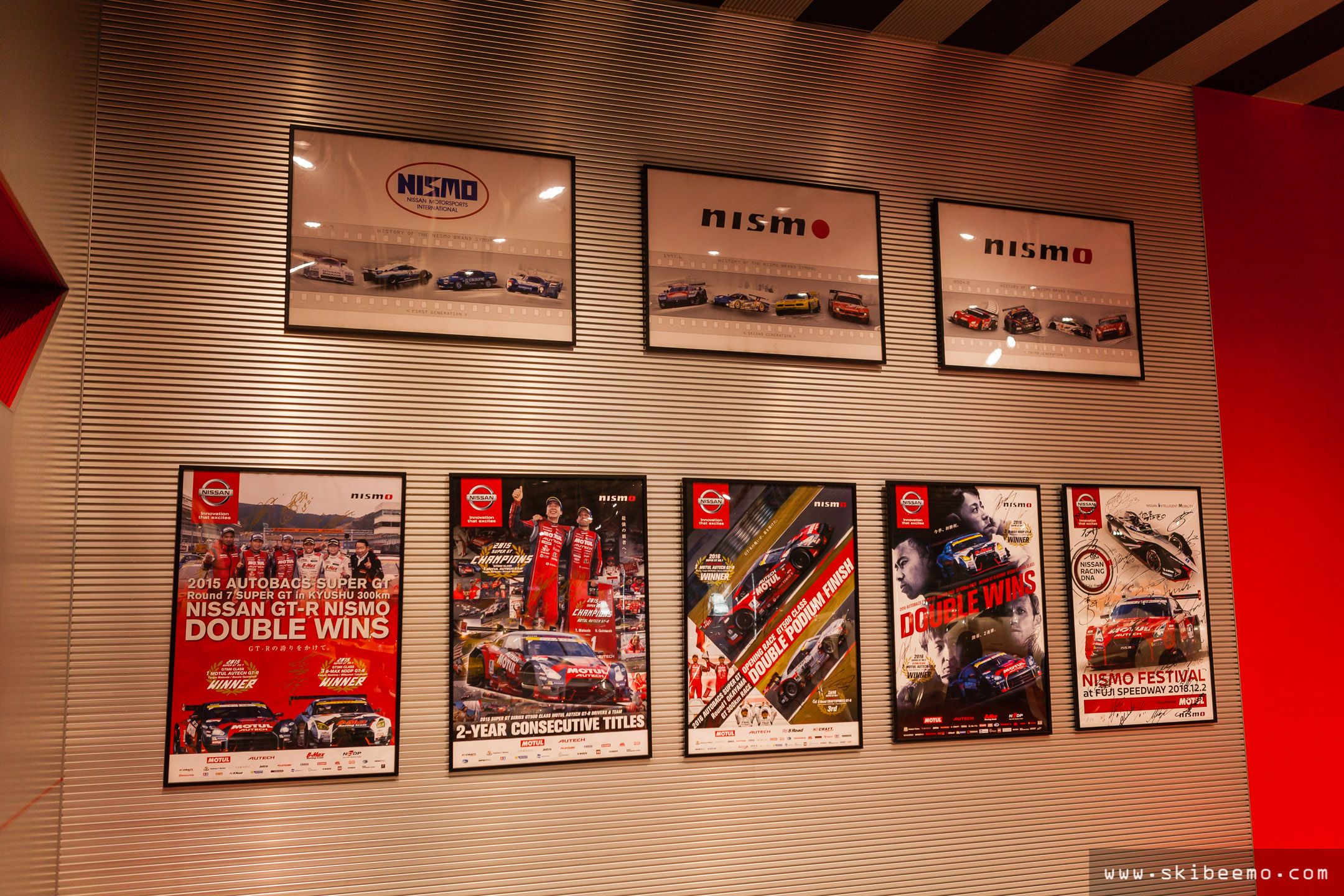
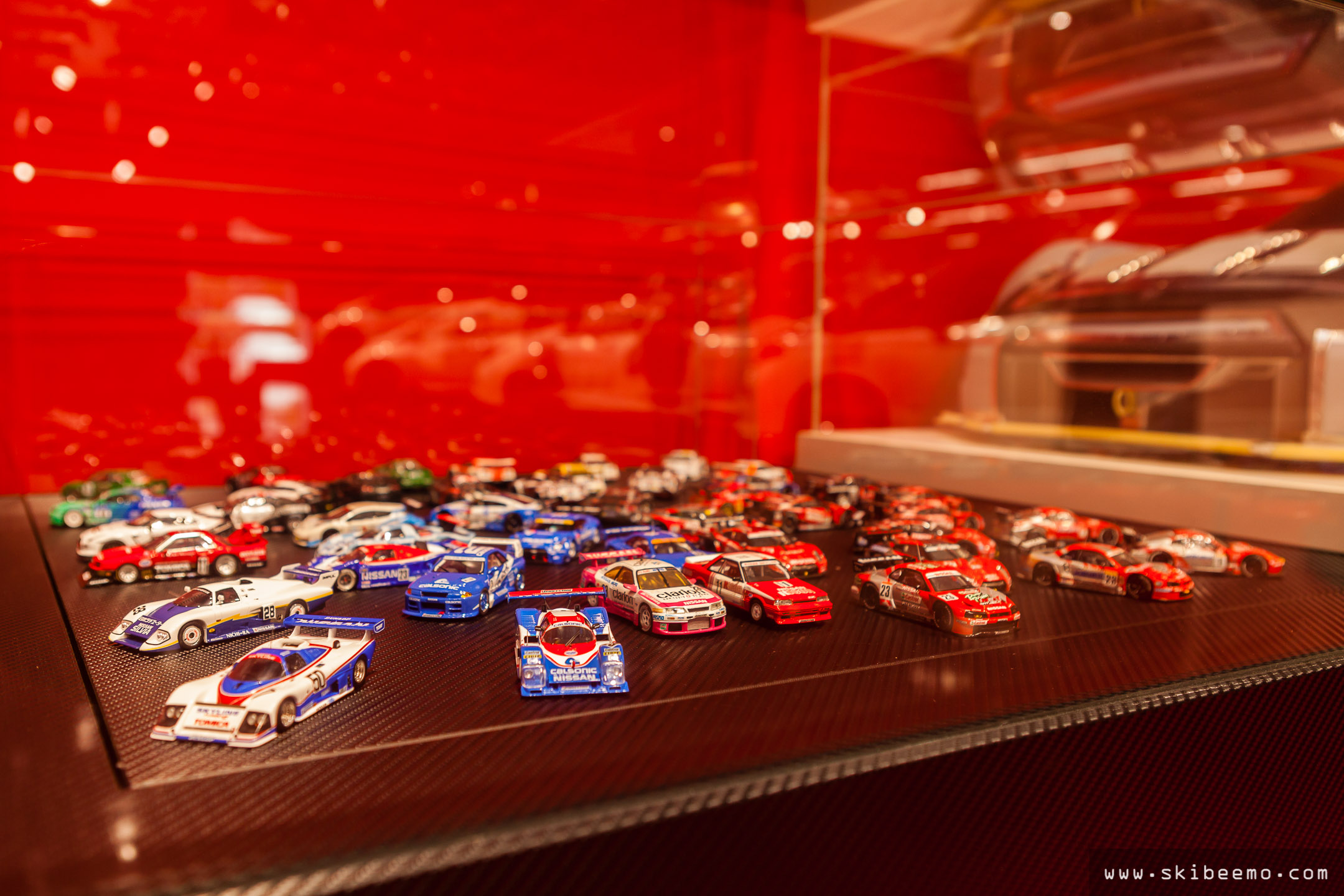
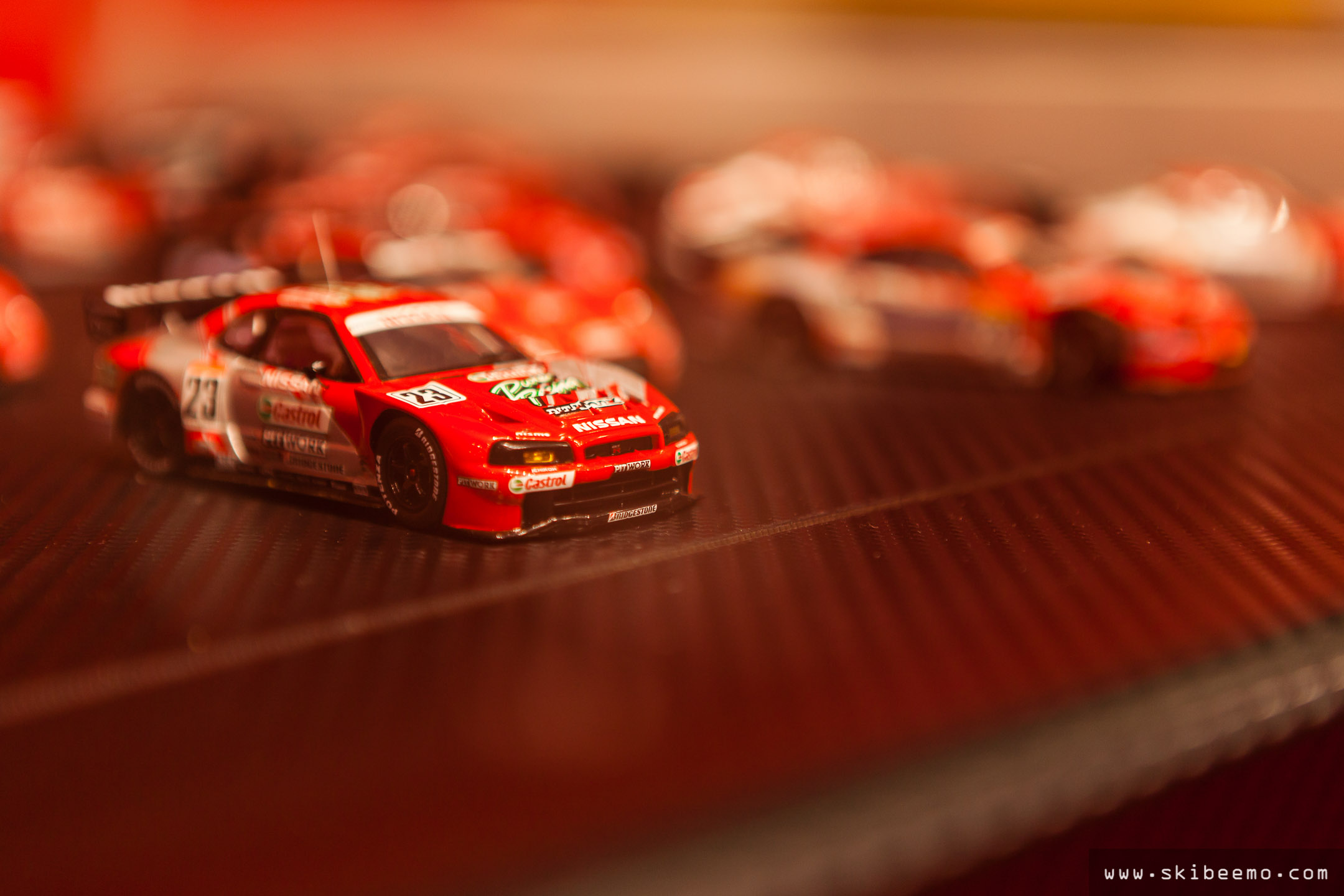
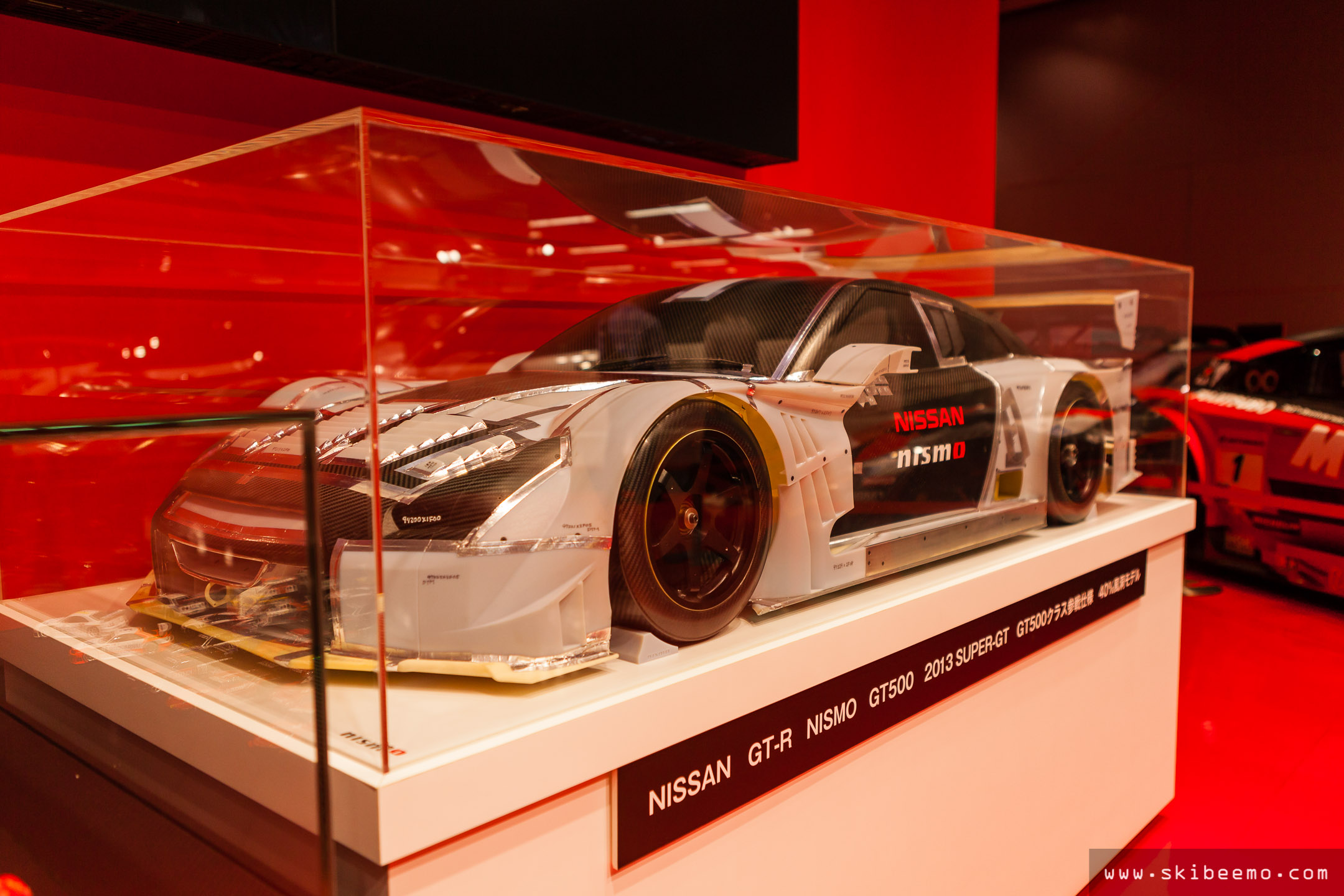
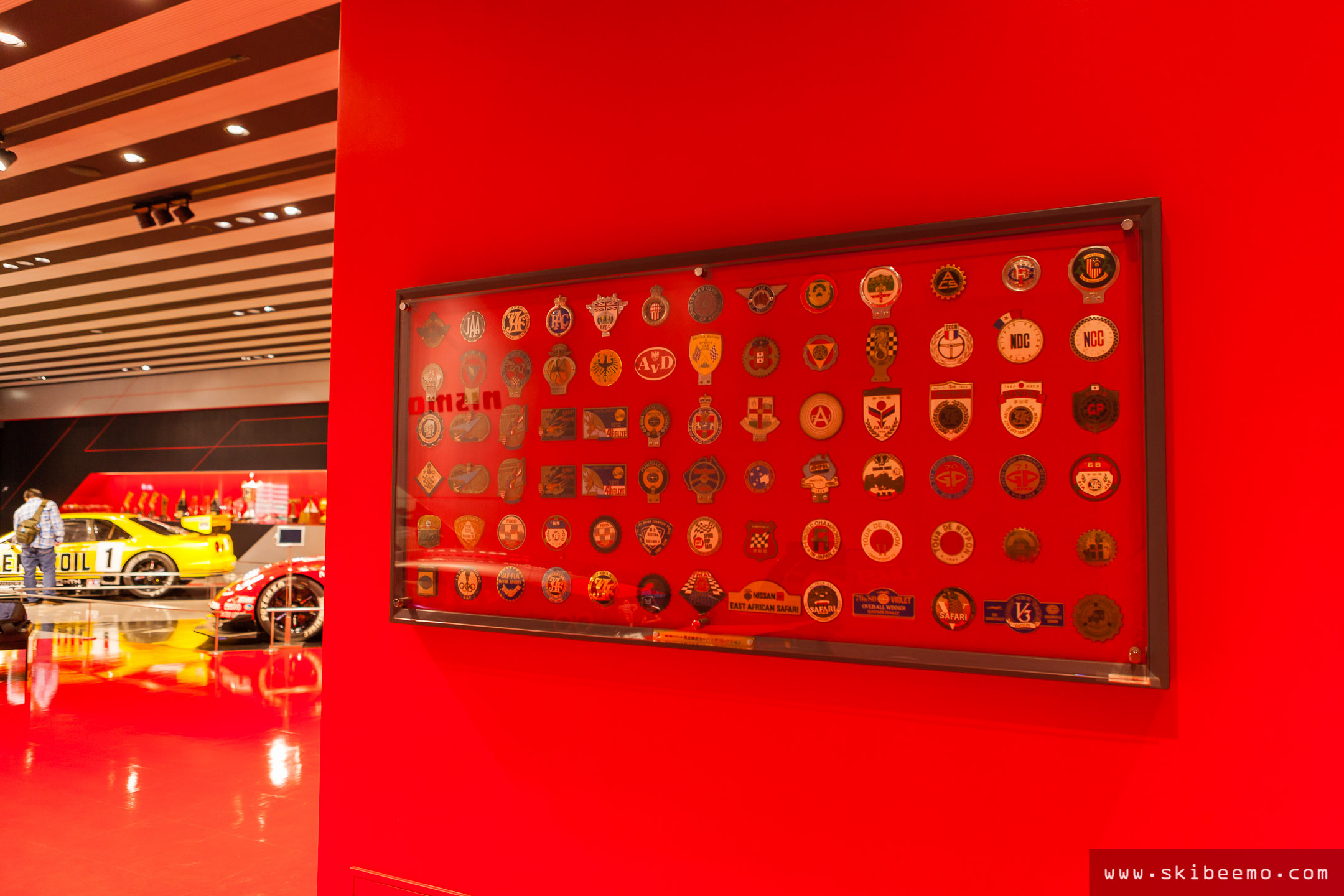
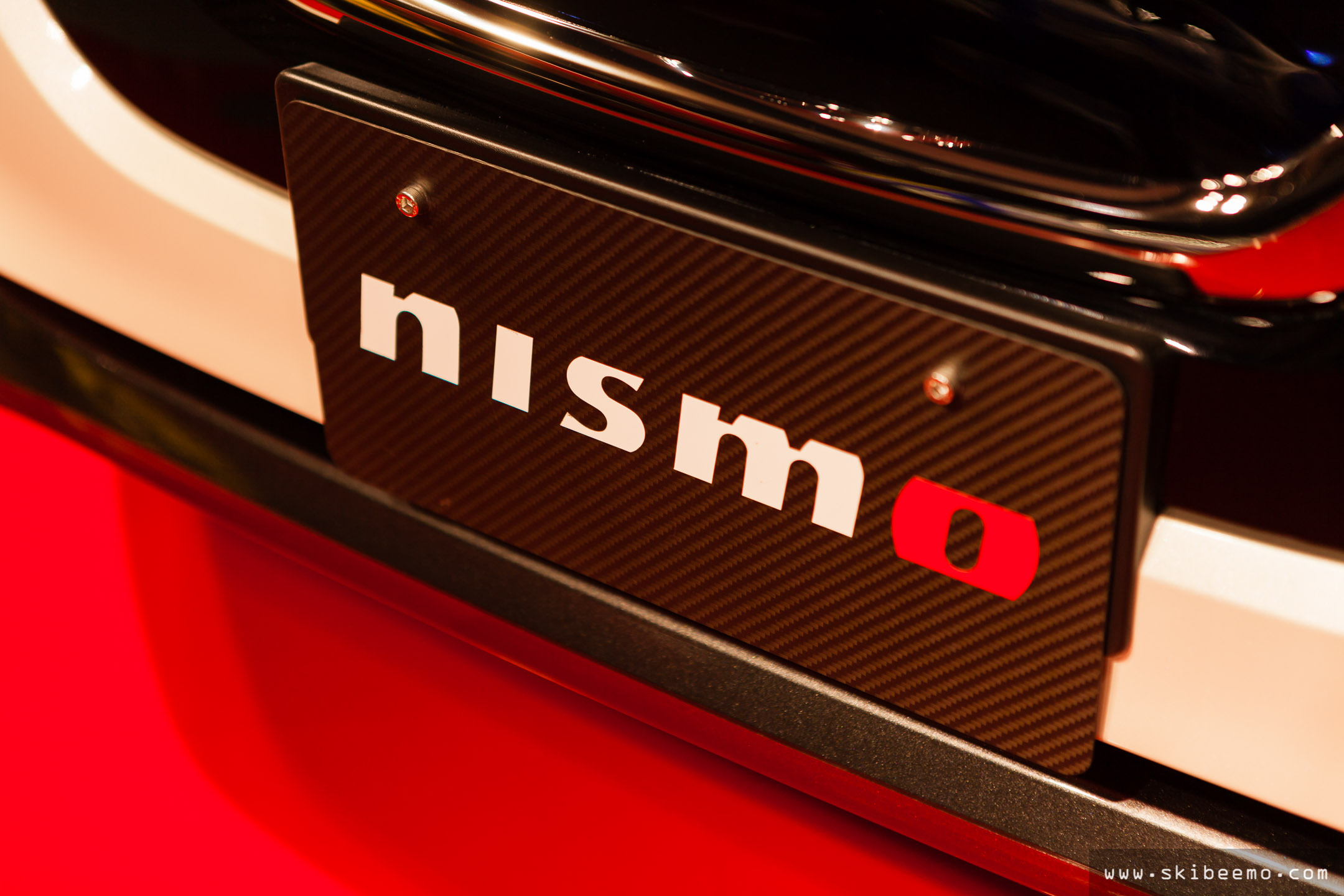
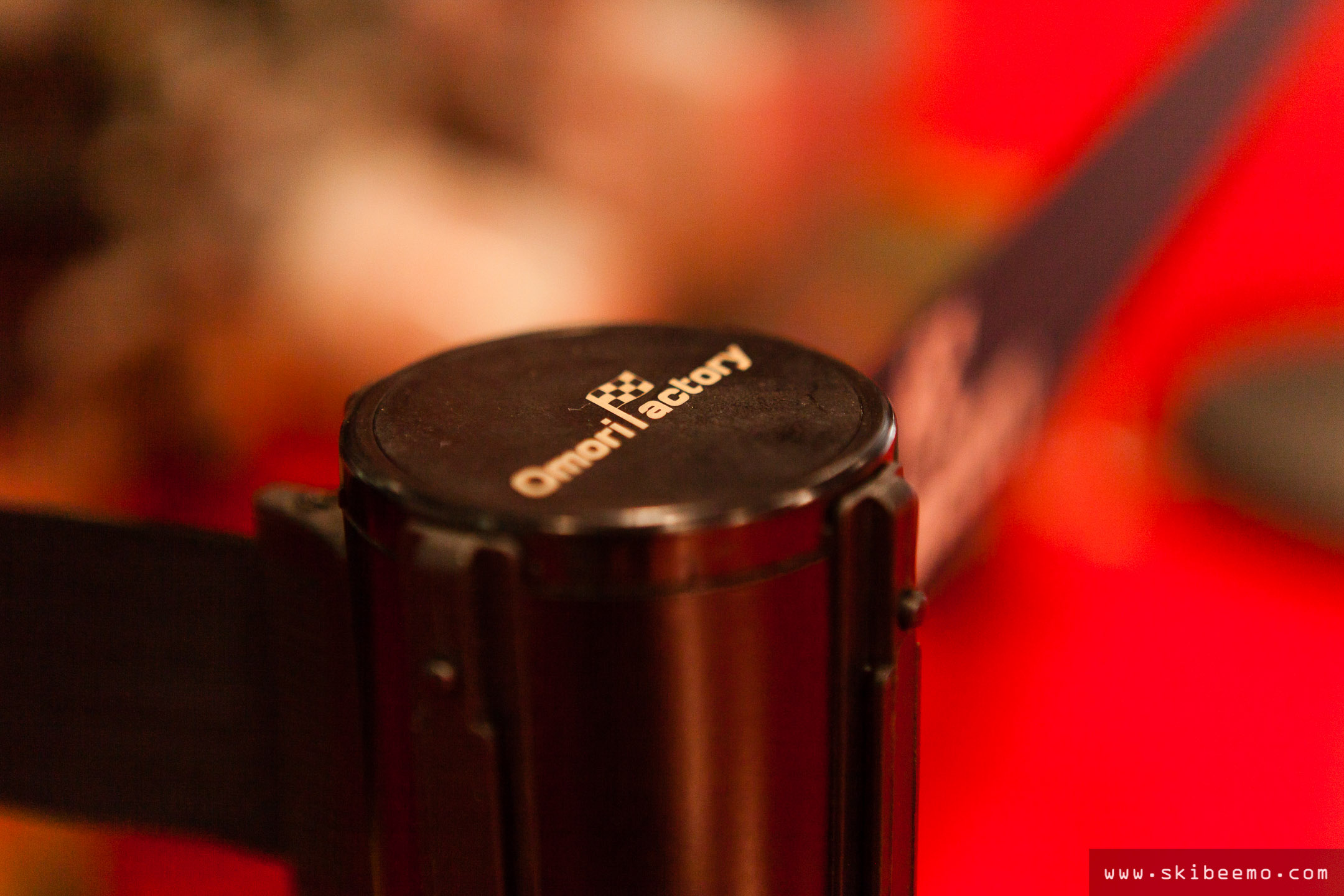
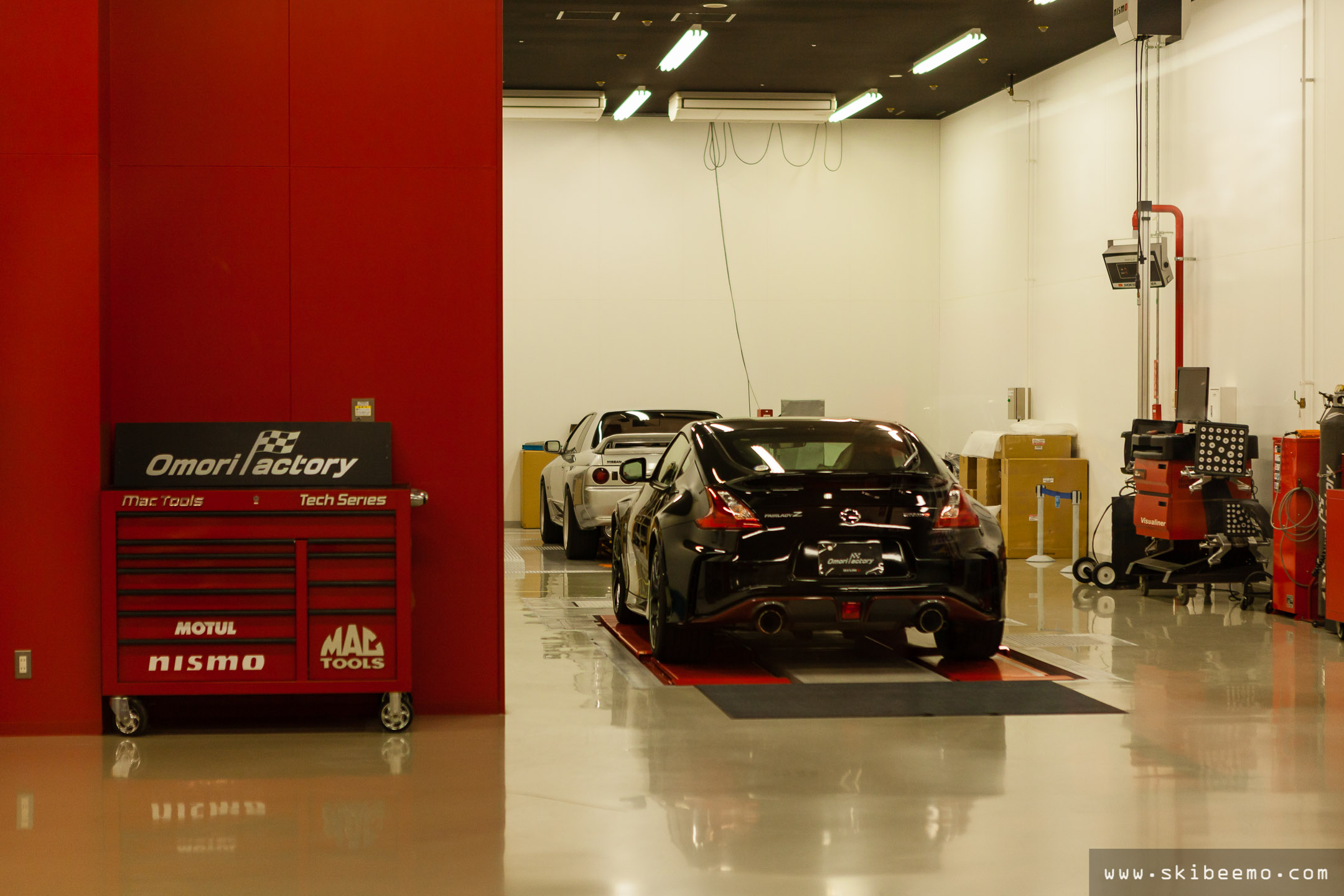
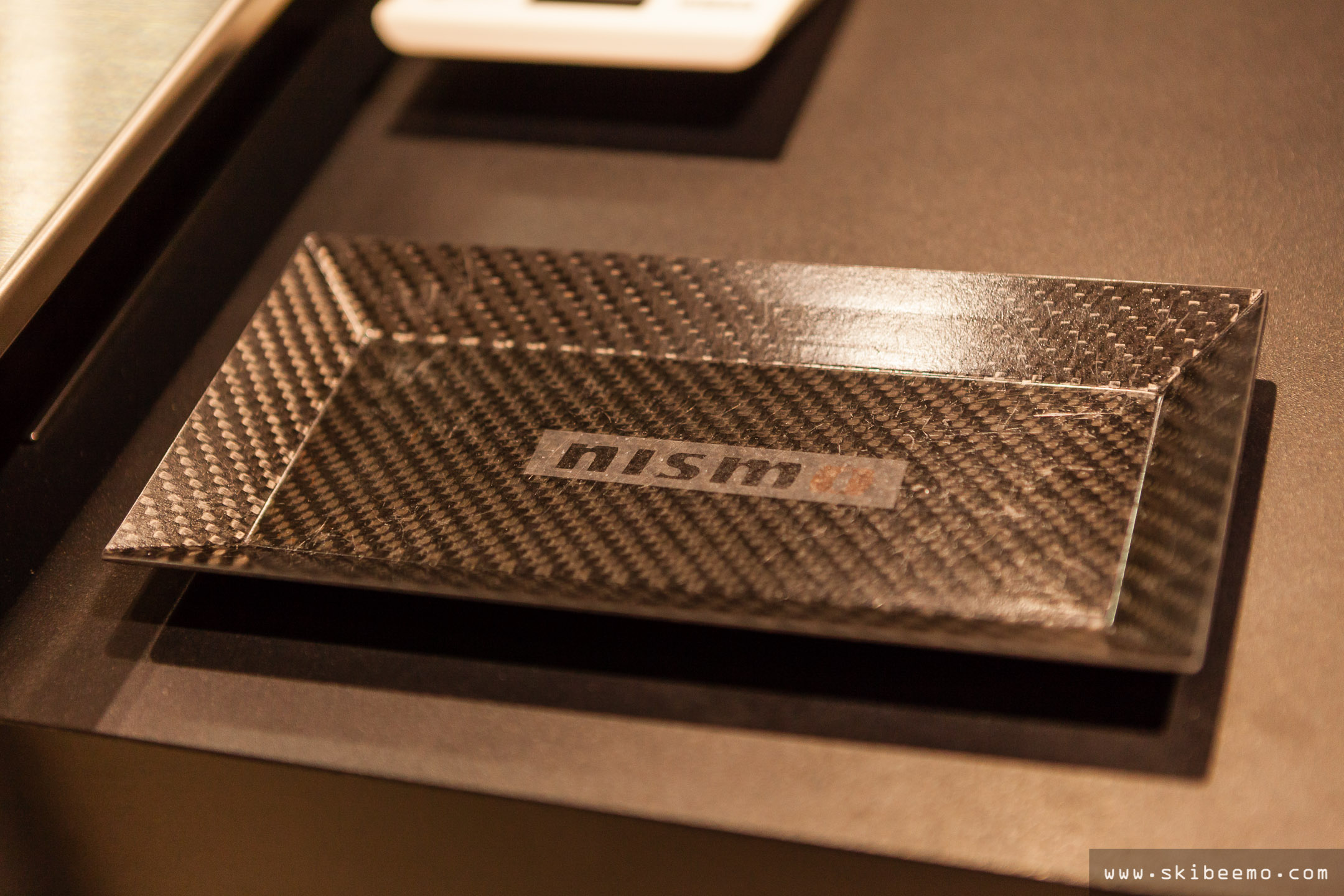
My head was tilted 90 degrees anti-clockwise to soak in the wall-mounted R390 GT1 racer. This actual example was one of four cars Nissan campaigned at the 24 hours of Le Mans in 1998. Interestingly, the 3.8-litre V8 twin-turbo engine found in the road-going McLaren MP4-12C was derived from the R390 GT1.
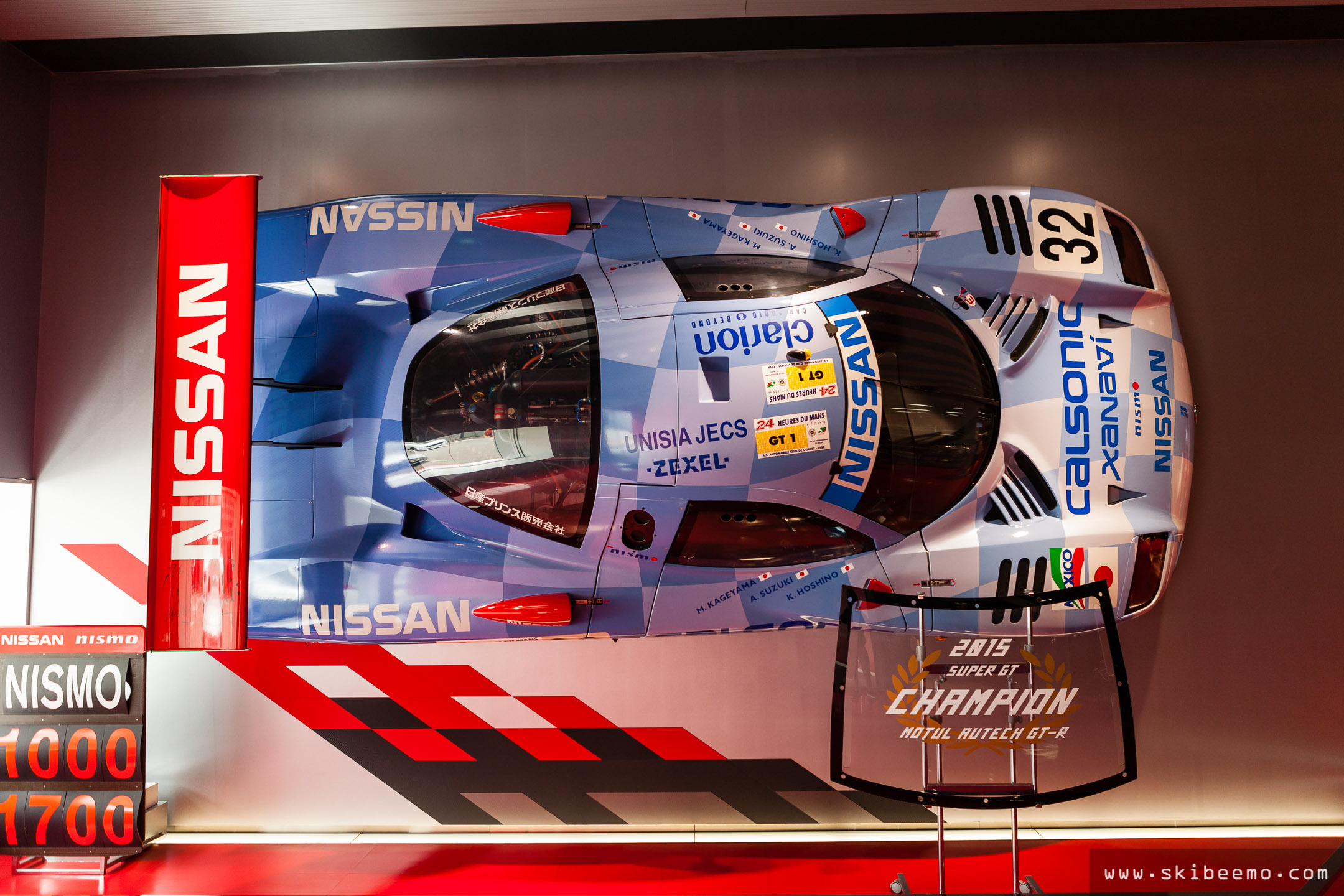
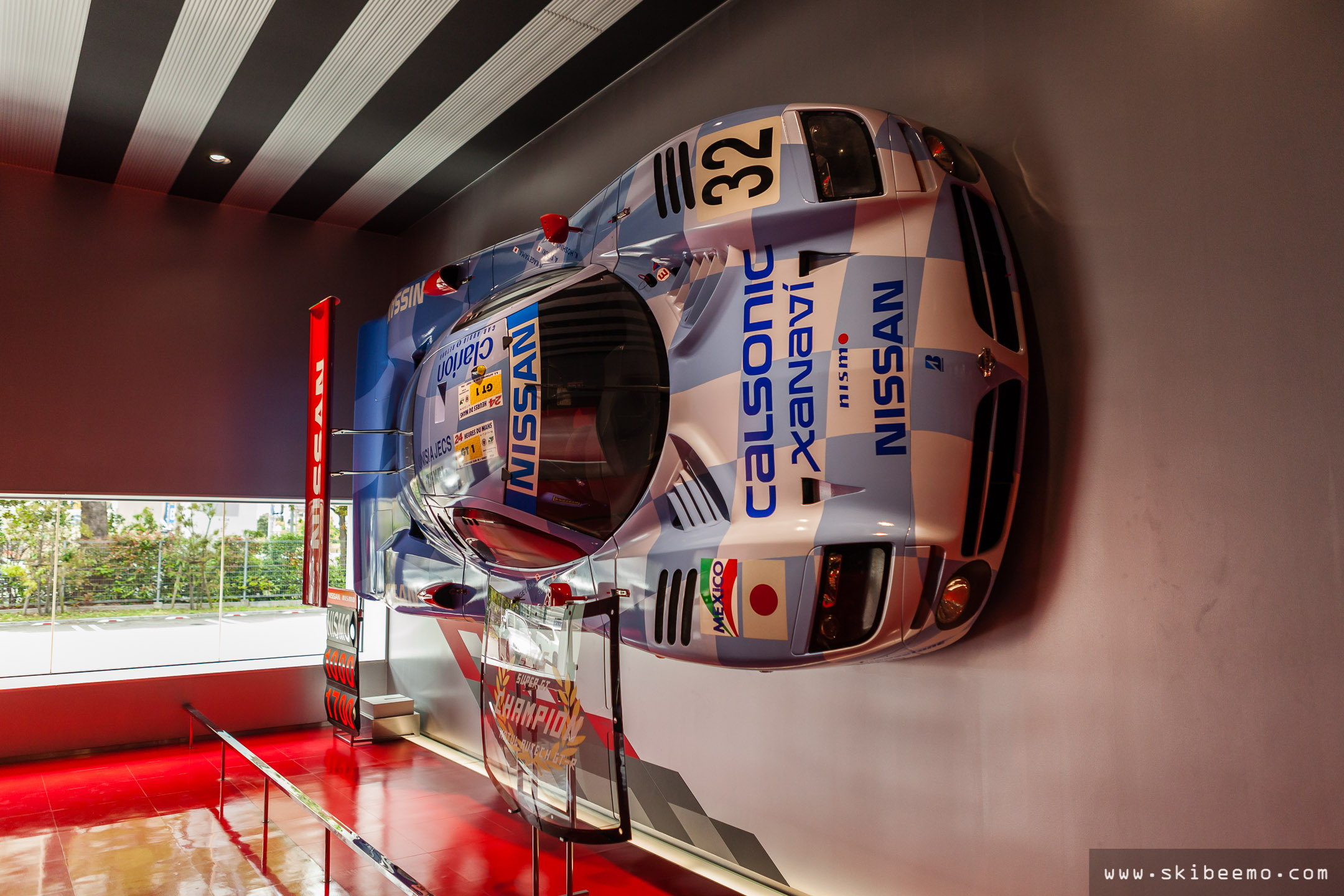
Nismo’s history in motorsport dates back to 1984, with many successful victories. This was evident by their substantial trophy cabinet.
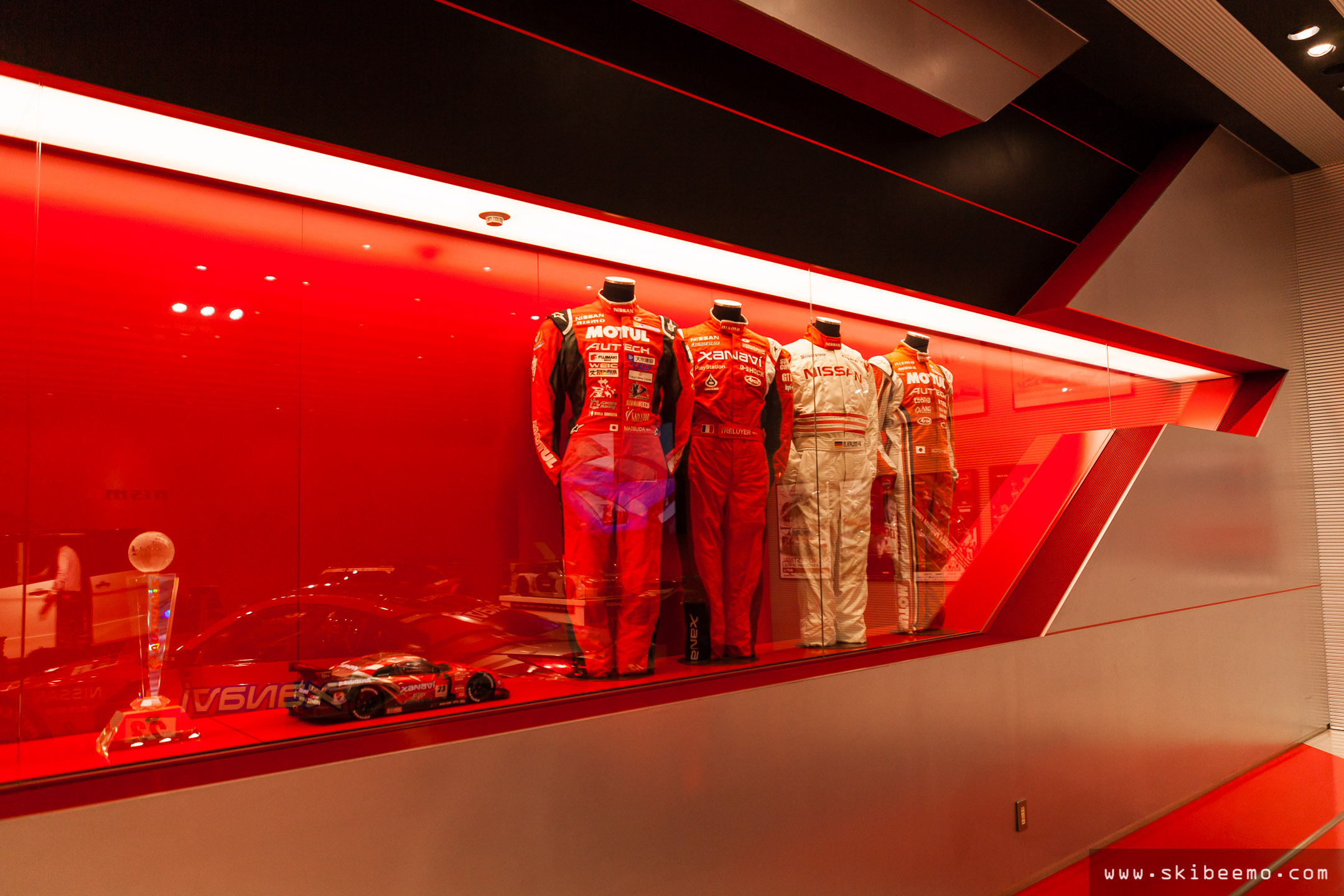
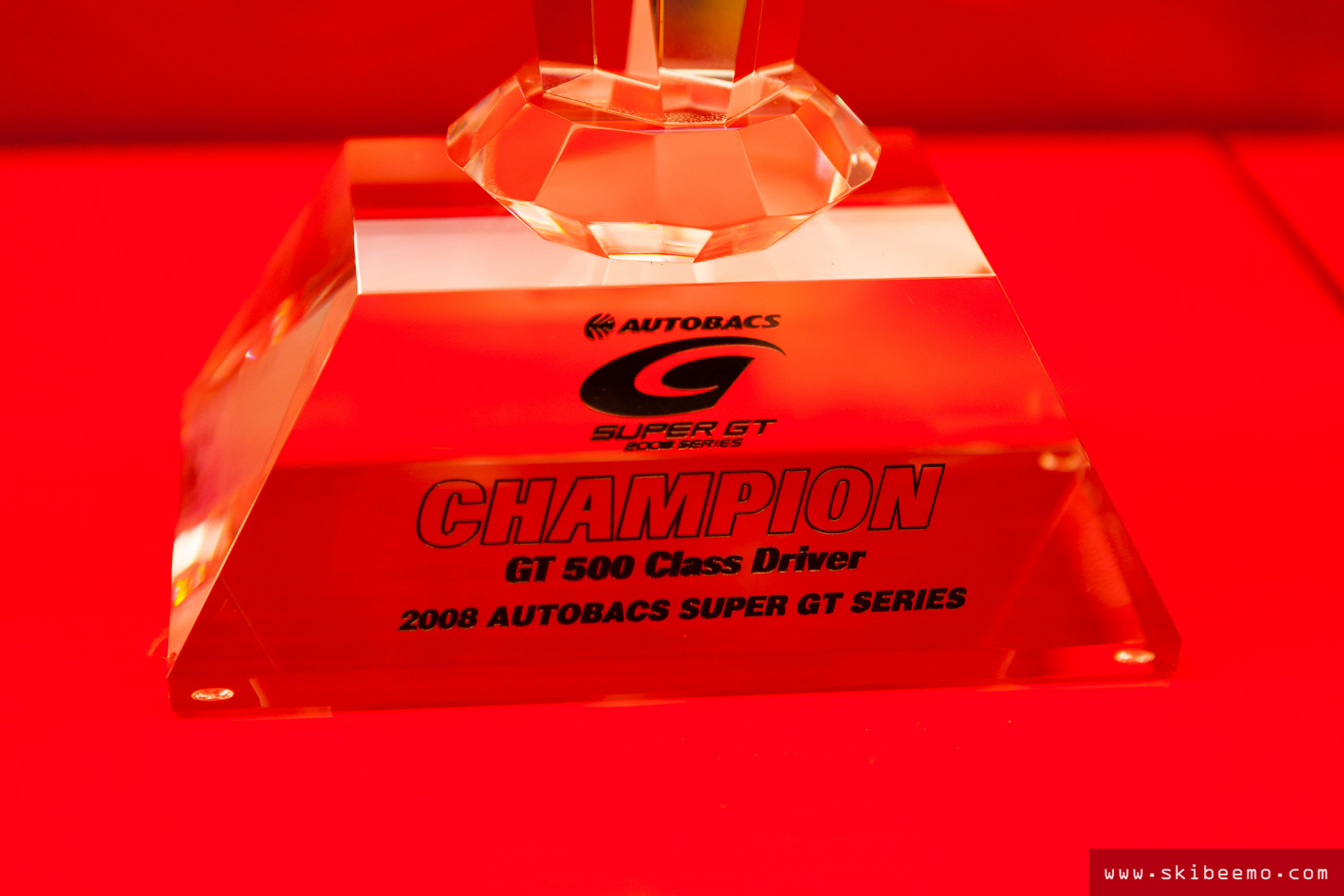
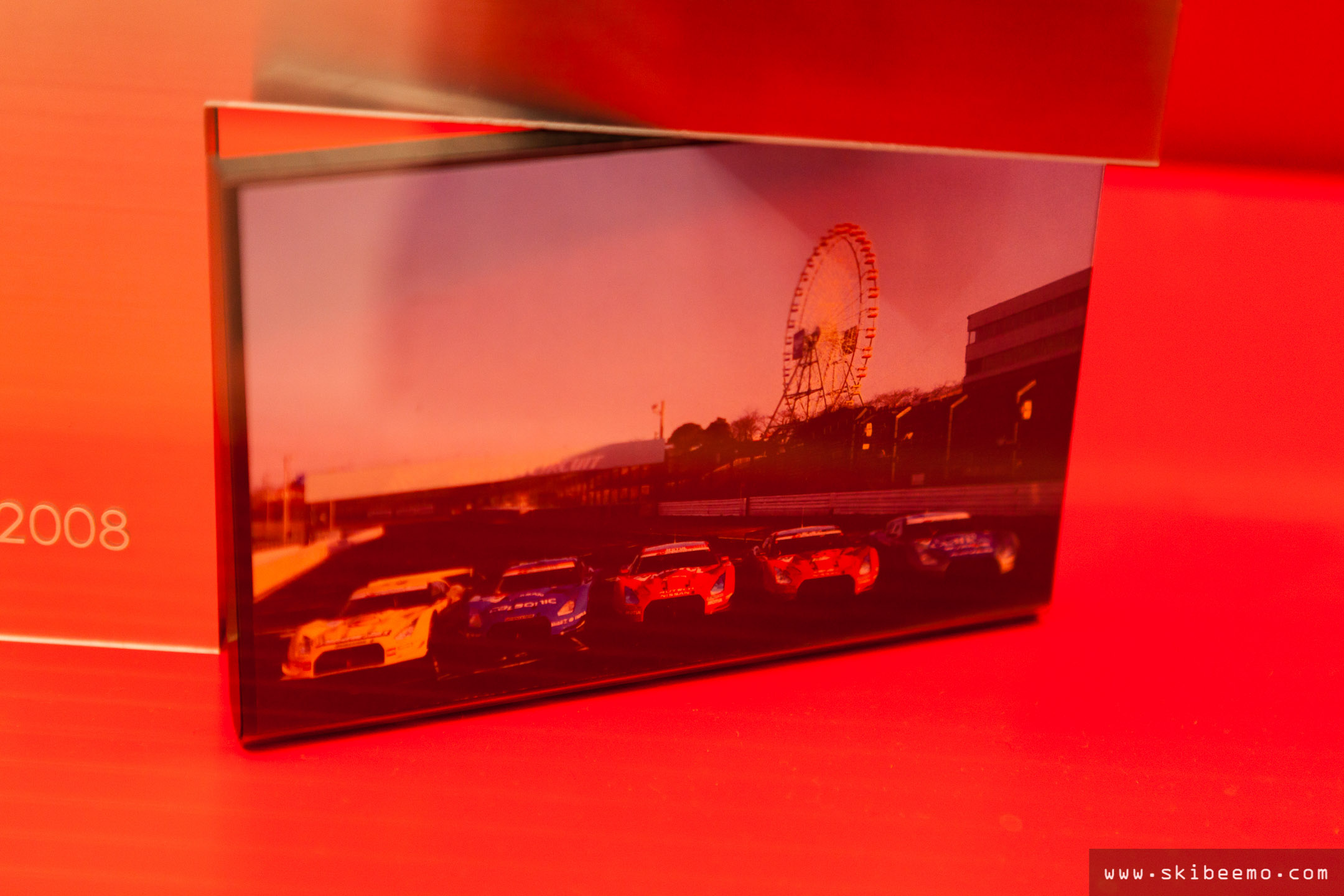
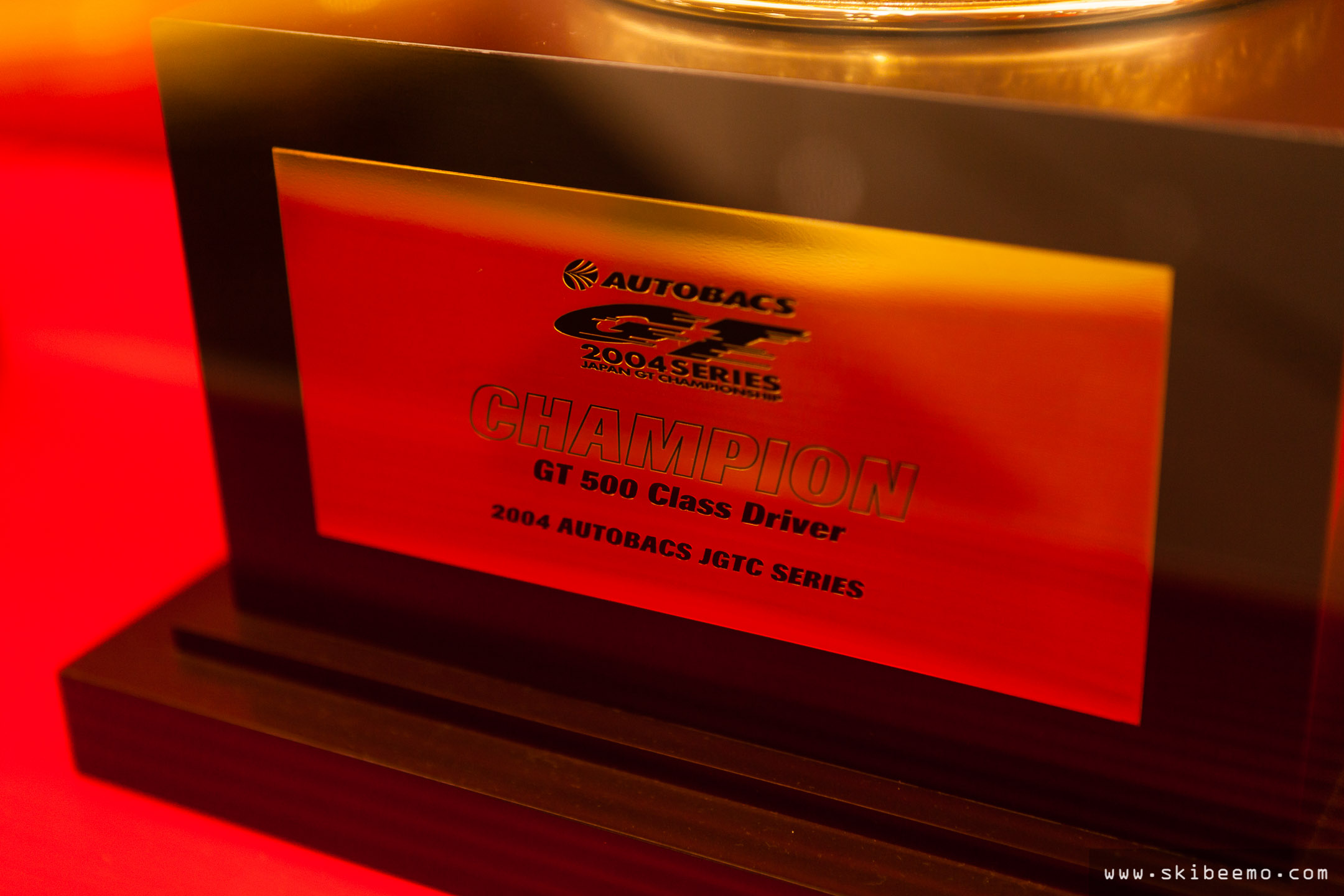
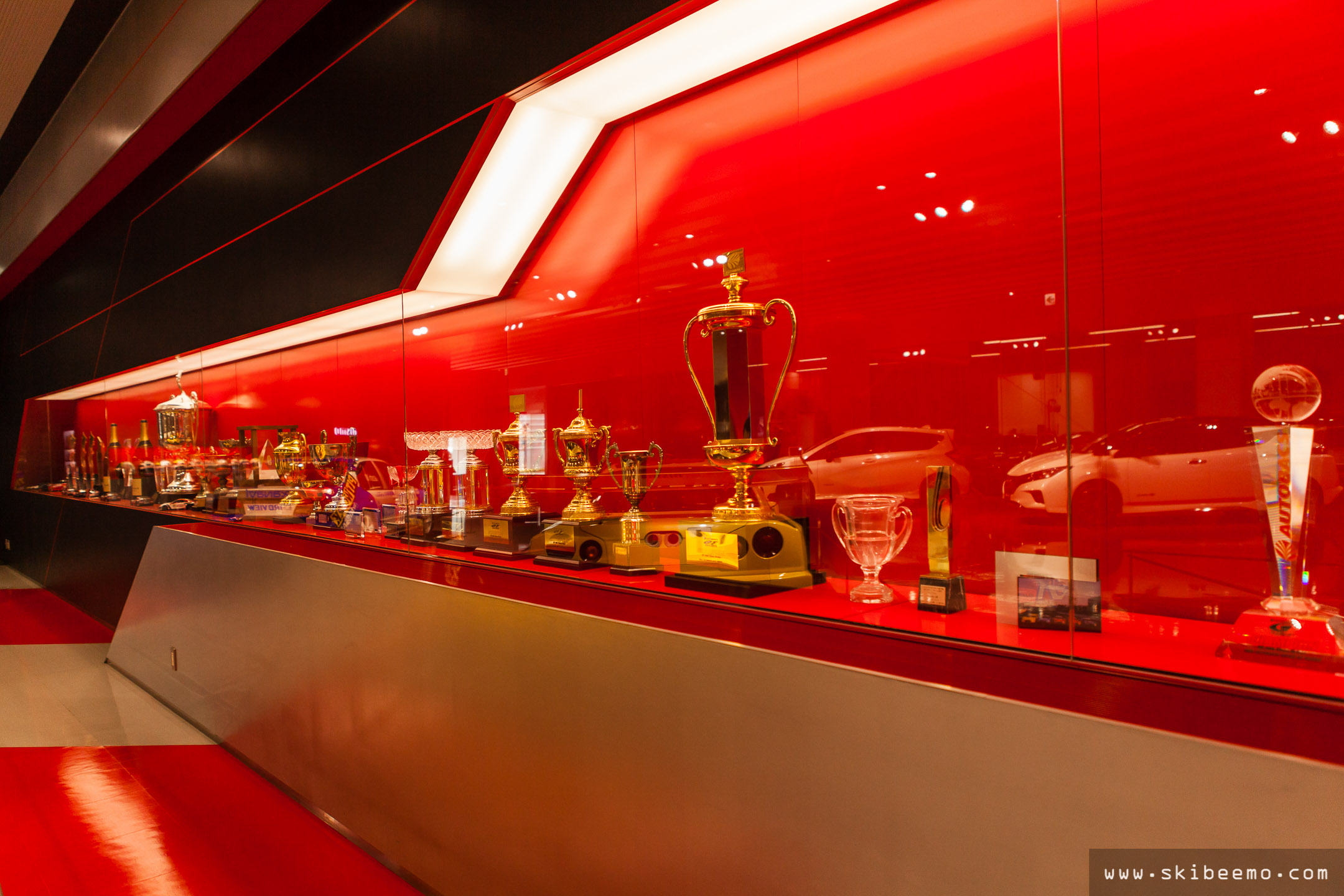
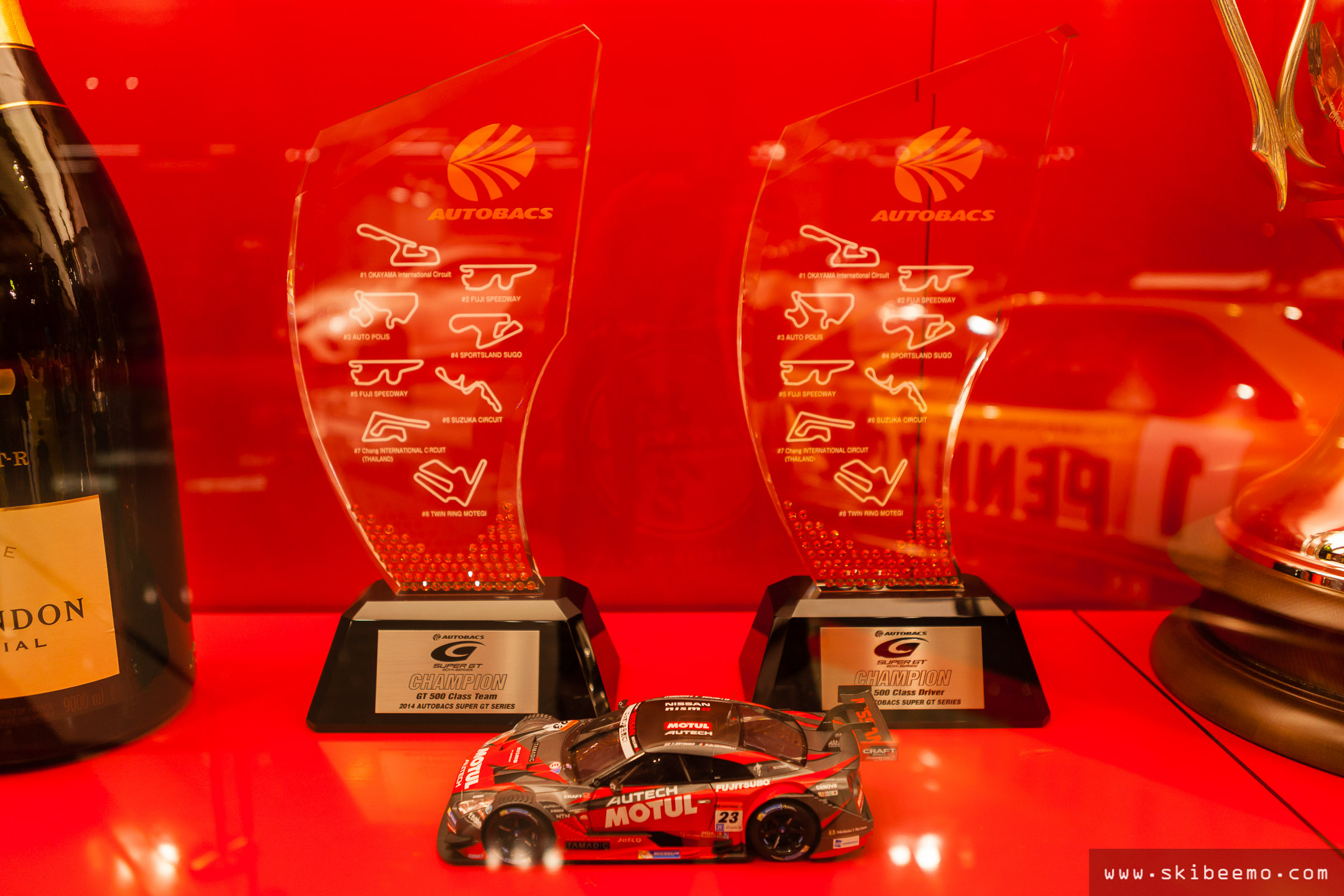
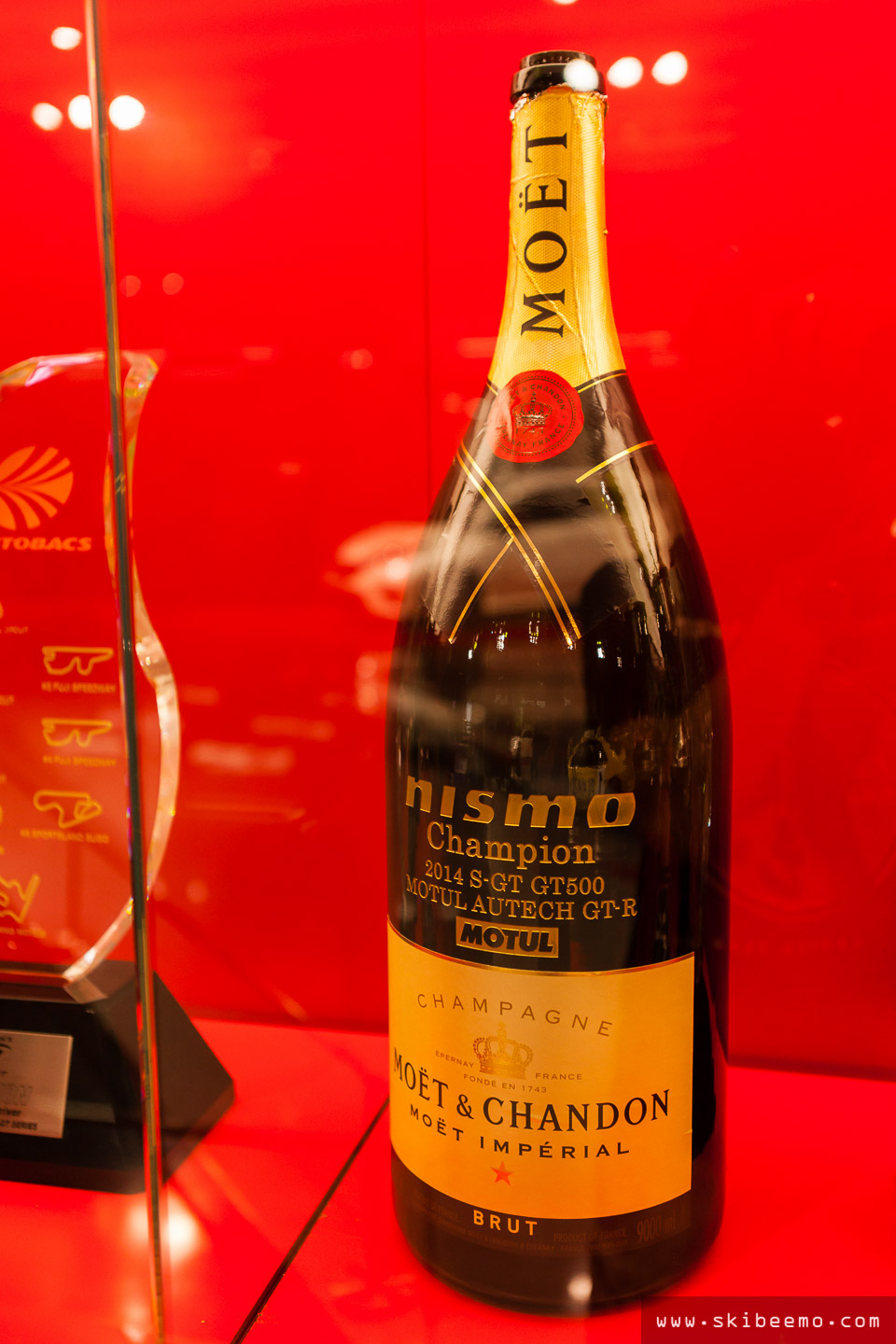
Omori Factory’s showroom vehicles often rotate to keep things fresh. On my particular visit, the racing cars exhibited included the JTCC Primera Camino below – a vehicle piloted by Satoshi Motoyama. It finished 3rd in the 1997 season.
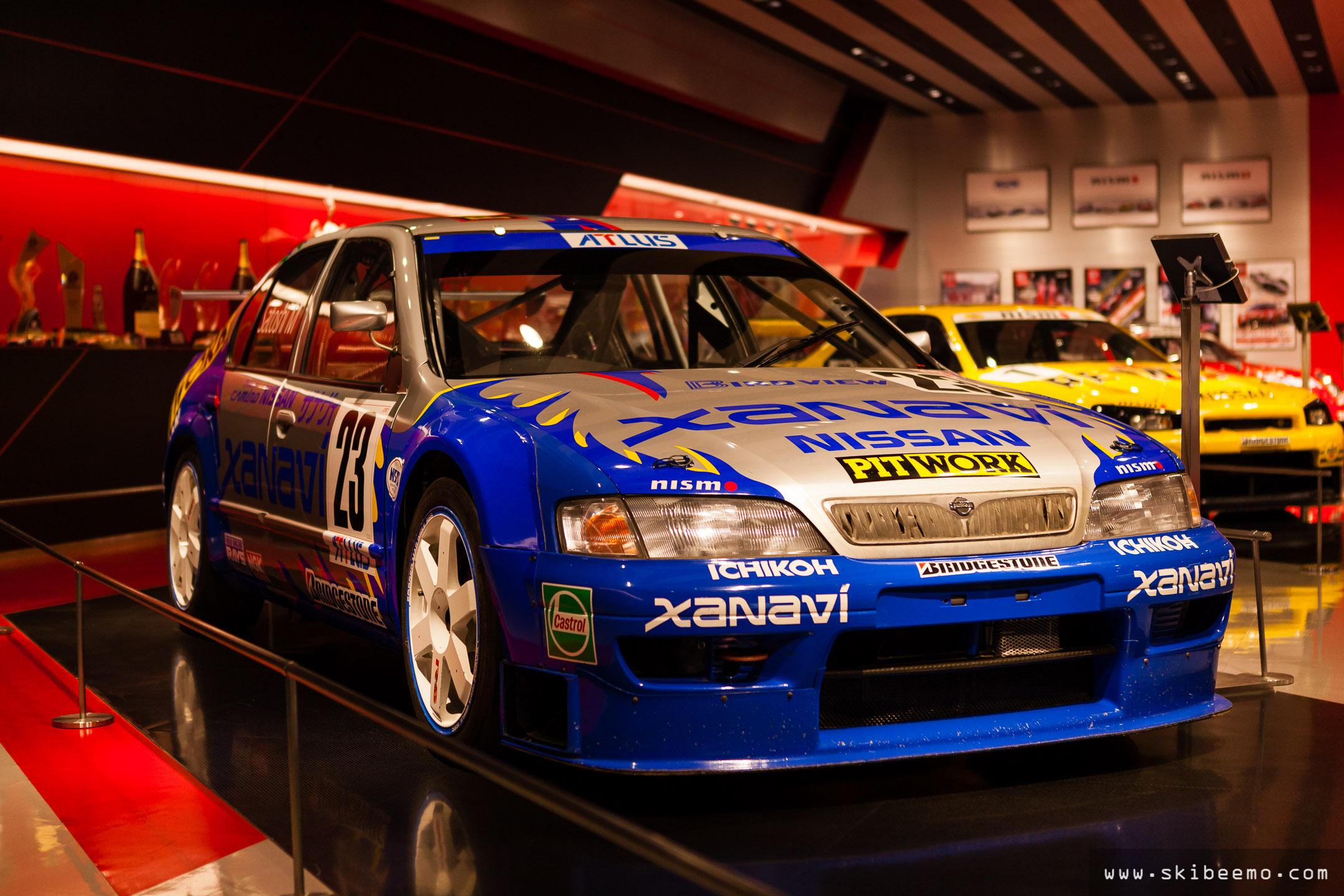
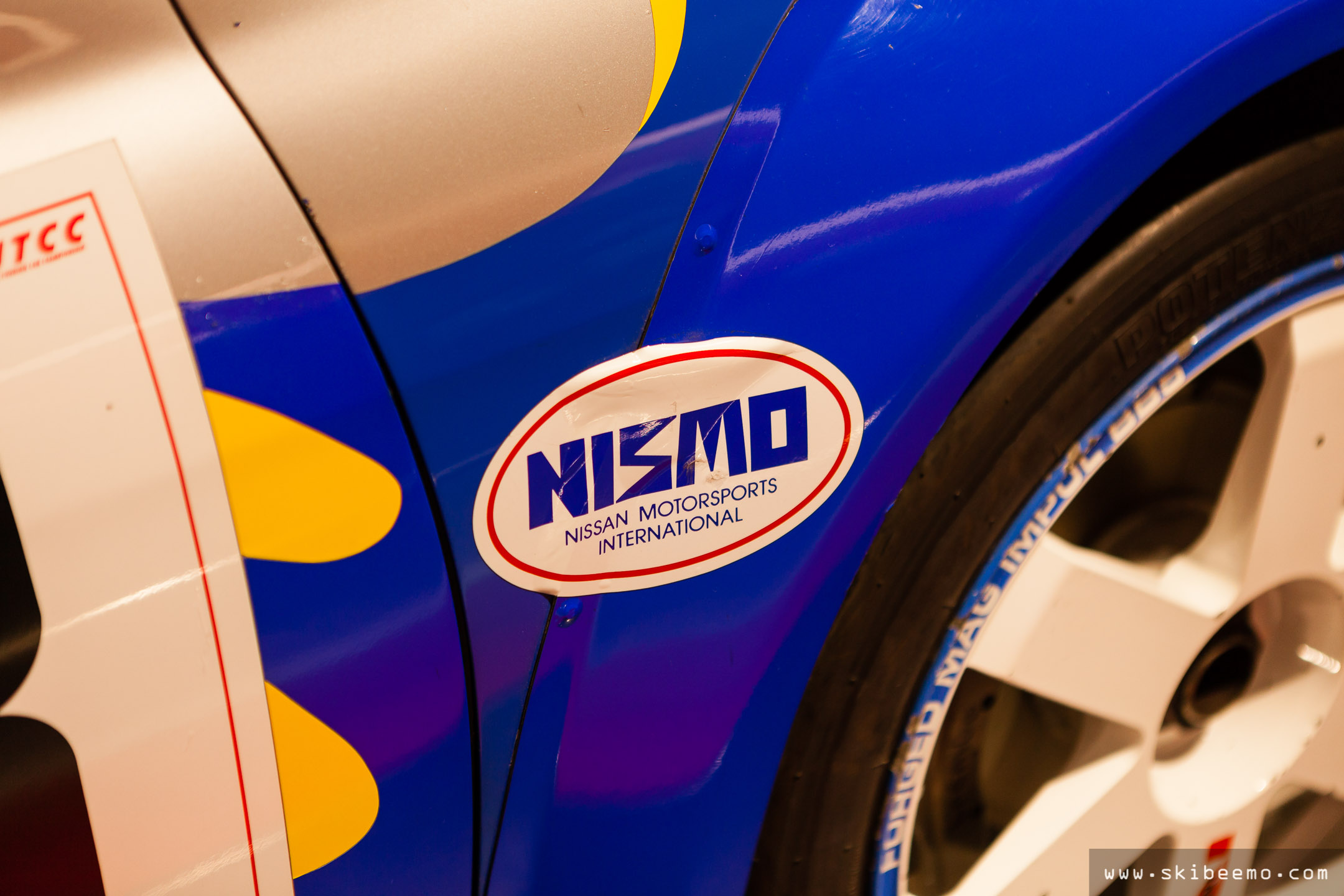
Another vehicle on display and also piloted by Satoshi Motoyama – who has largely been a Nissan-factory driver since 1996 and retired from professional racing this year – was the Xanavi Nismo Z33 from 2007 (the final year Nissan campaigned the Z33 chassis in Super GT). Despite this particular car finishing in 8th place during the 2007 season, Motoyama did pilot a Z33 to a championship victory in 2004; the year Nismo debuted the Z33 Super GT GT500 car.
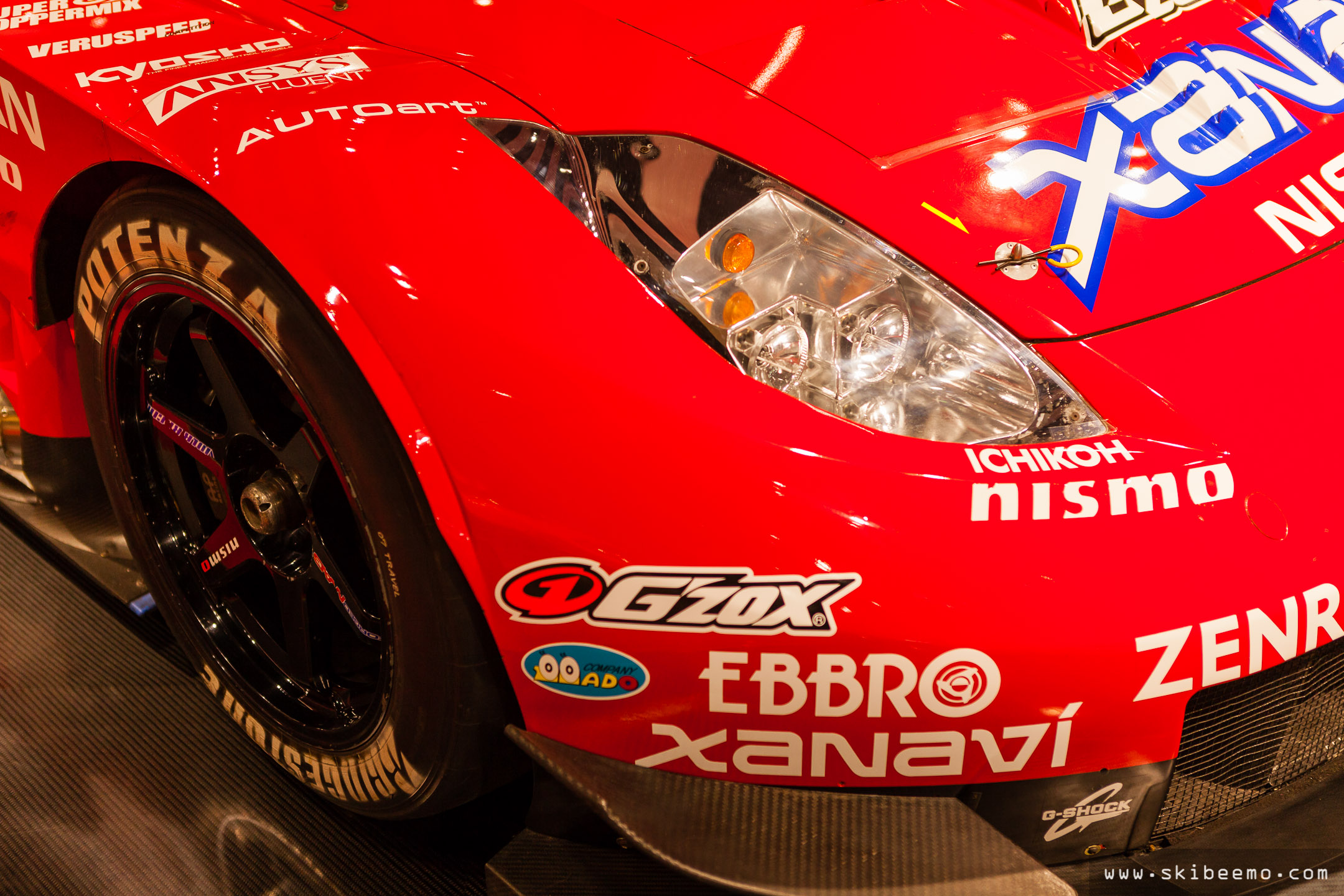
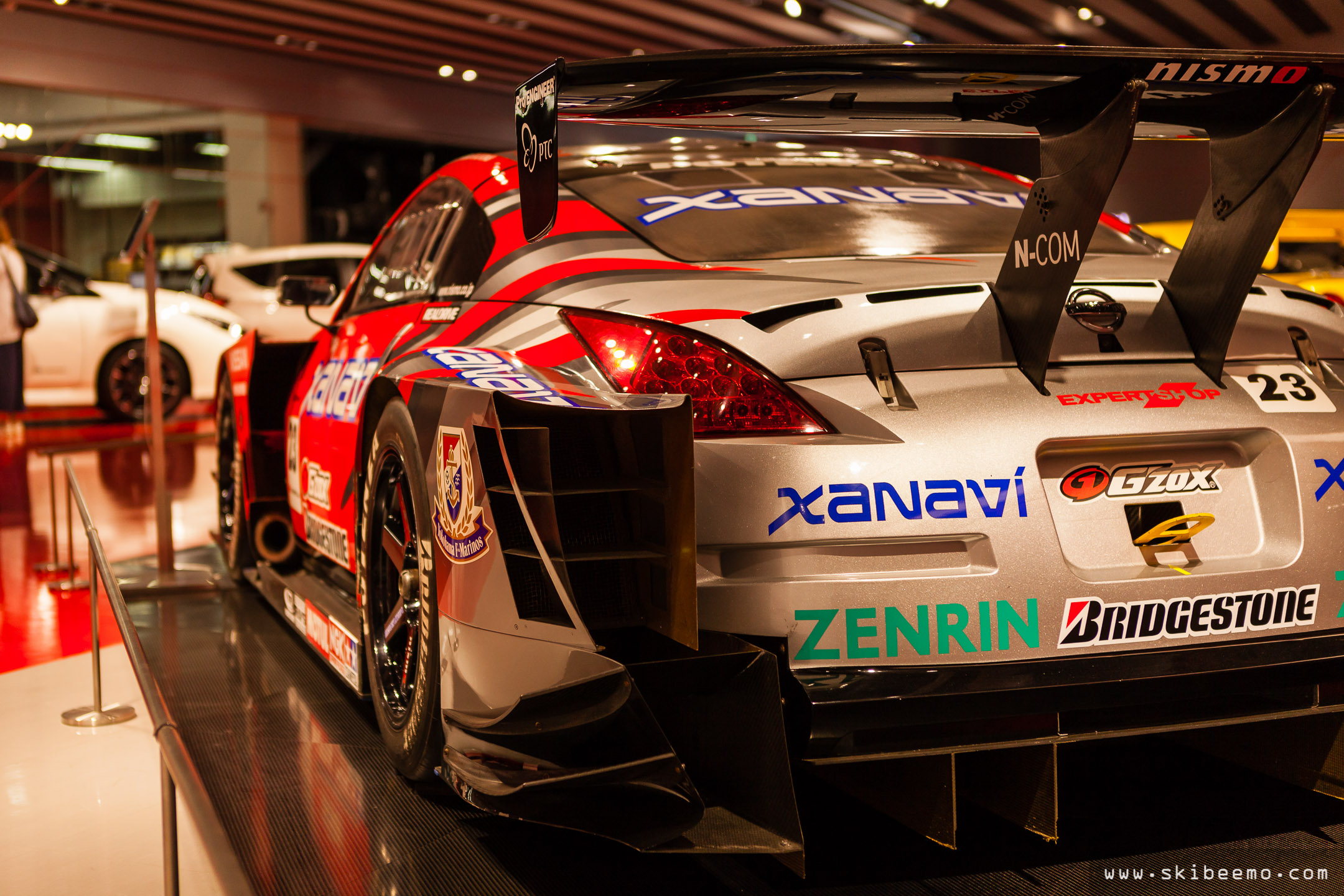
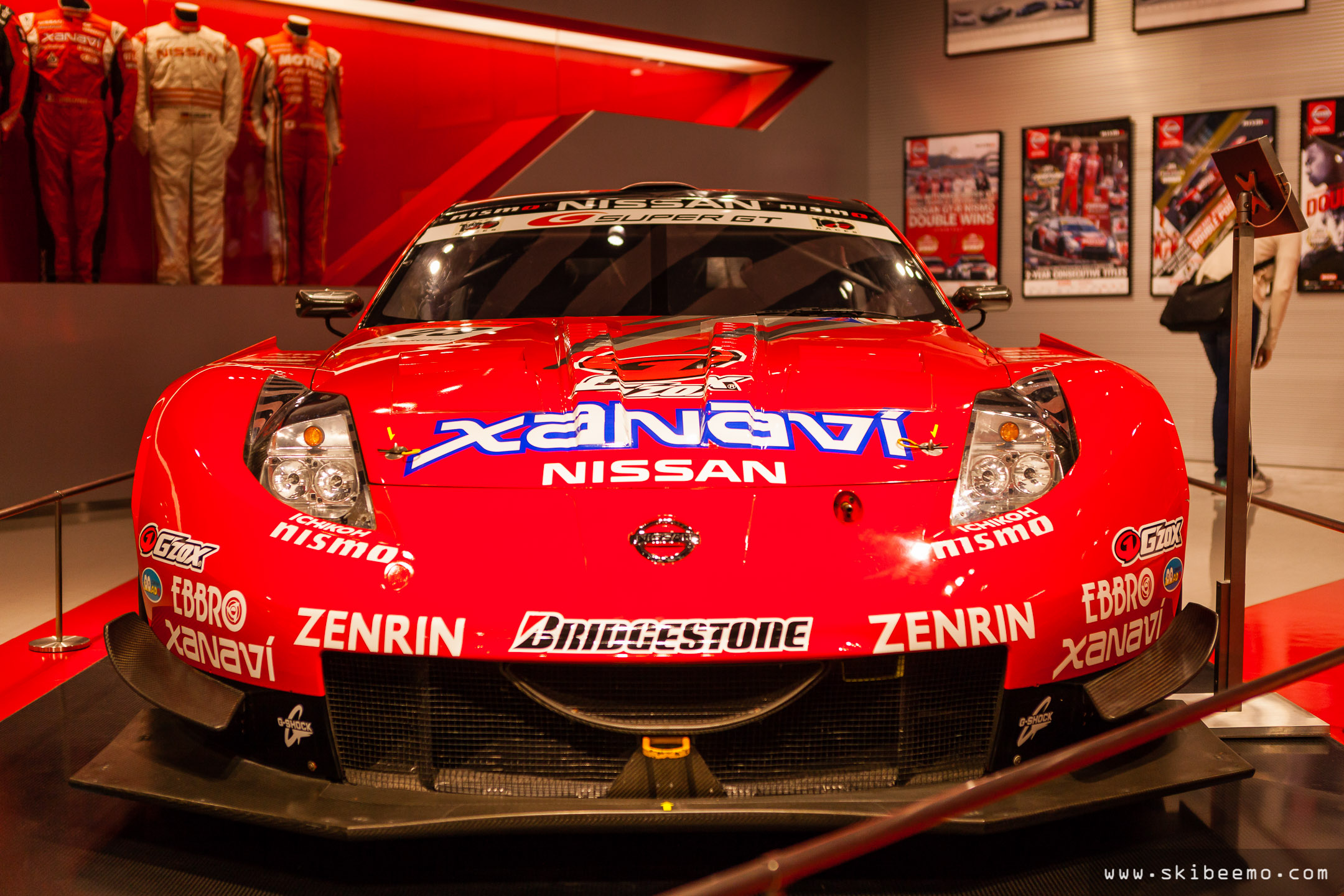
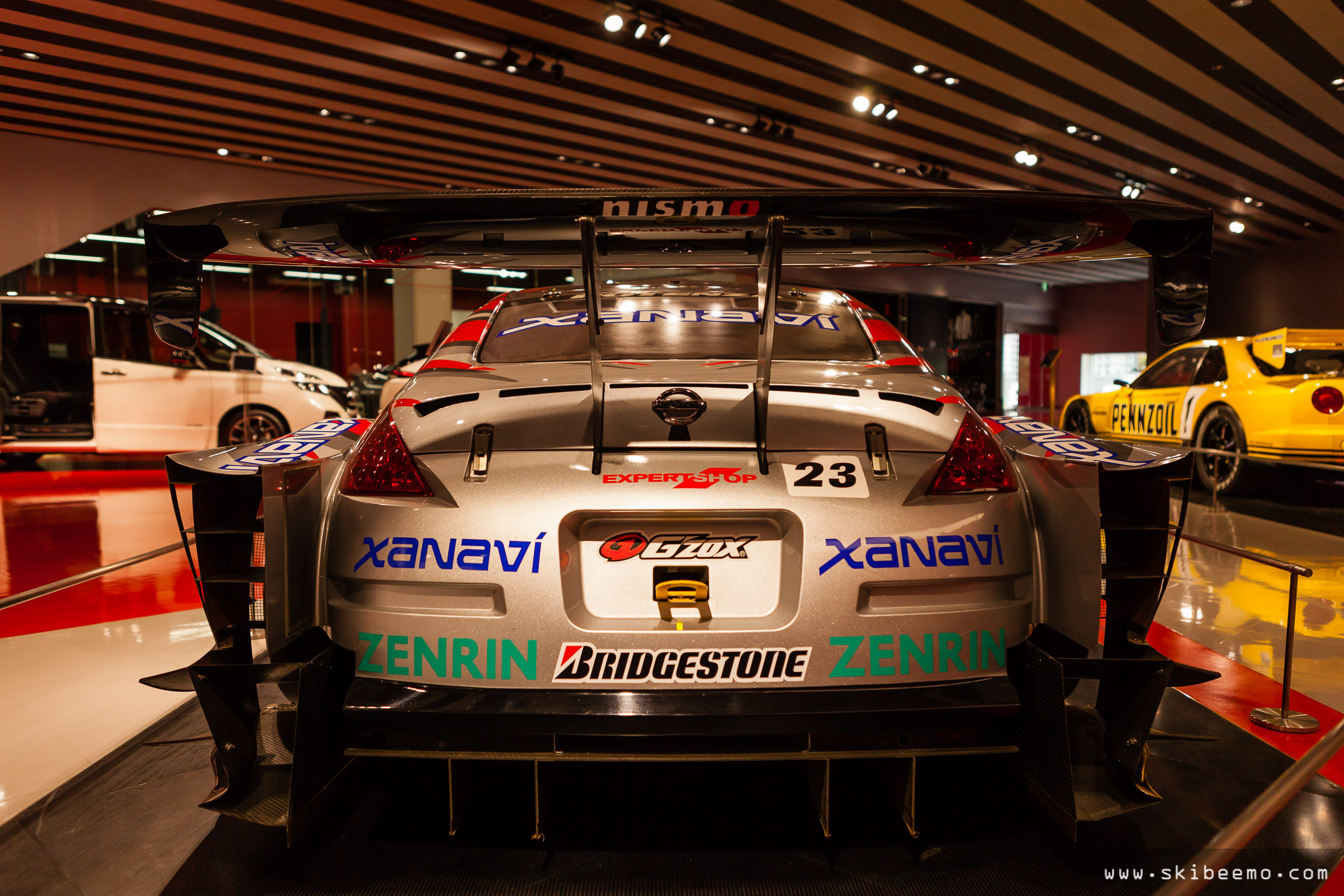
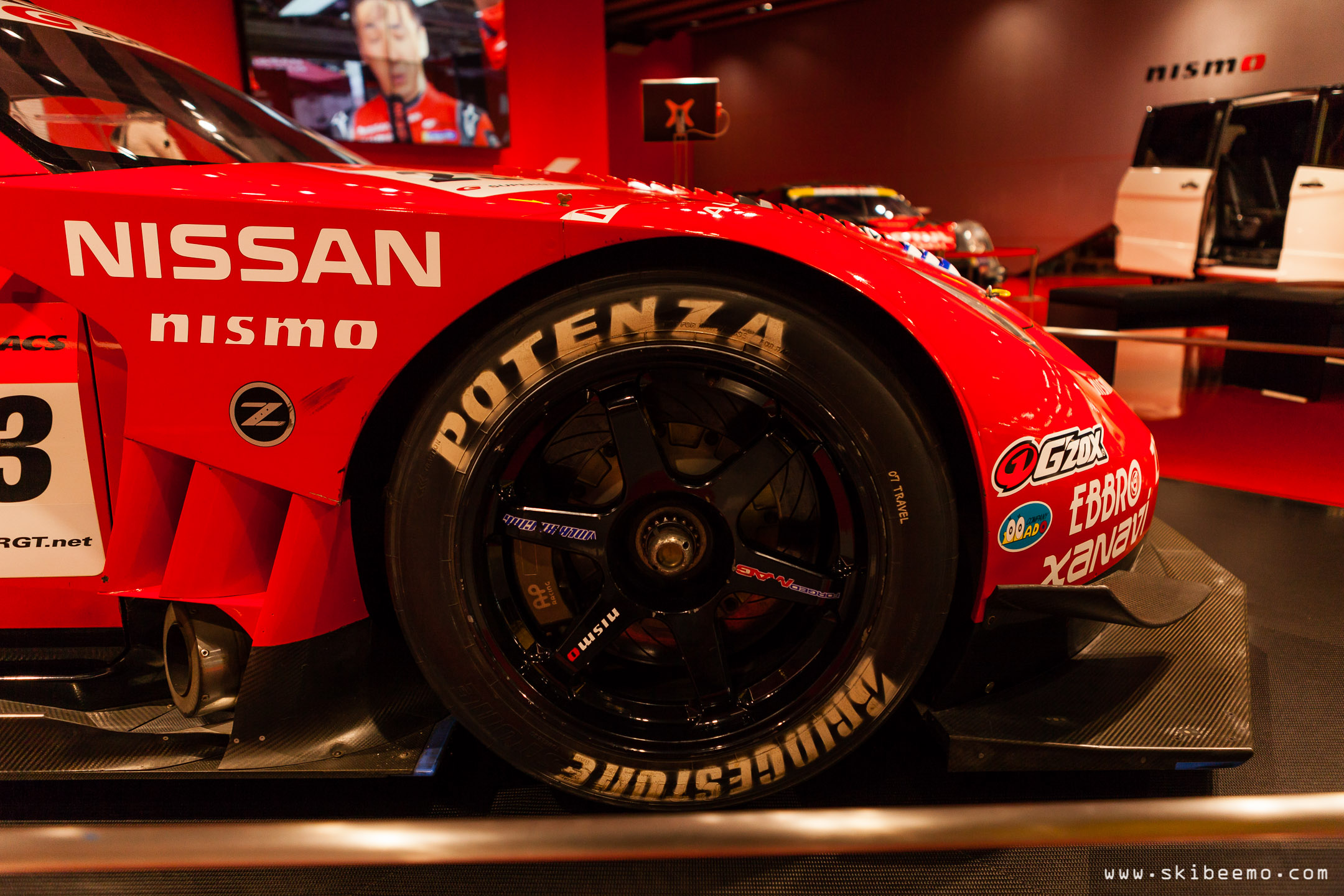
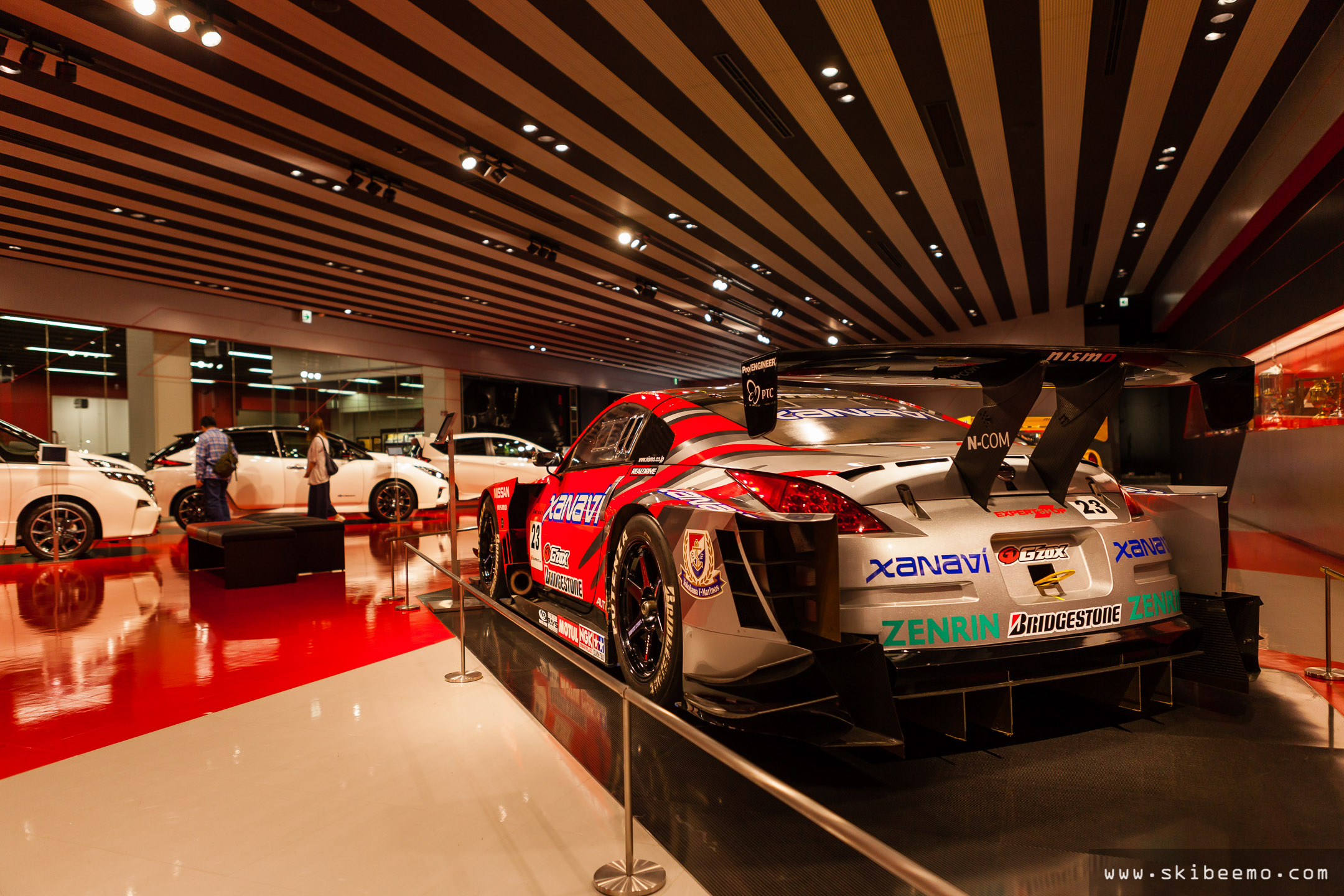
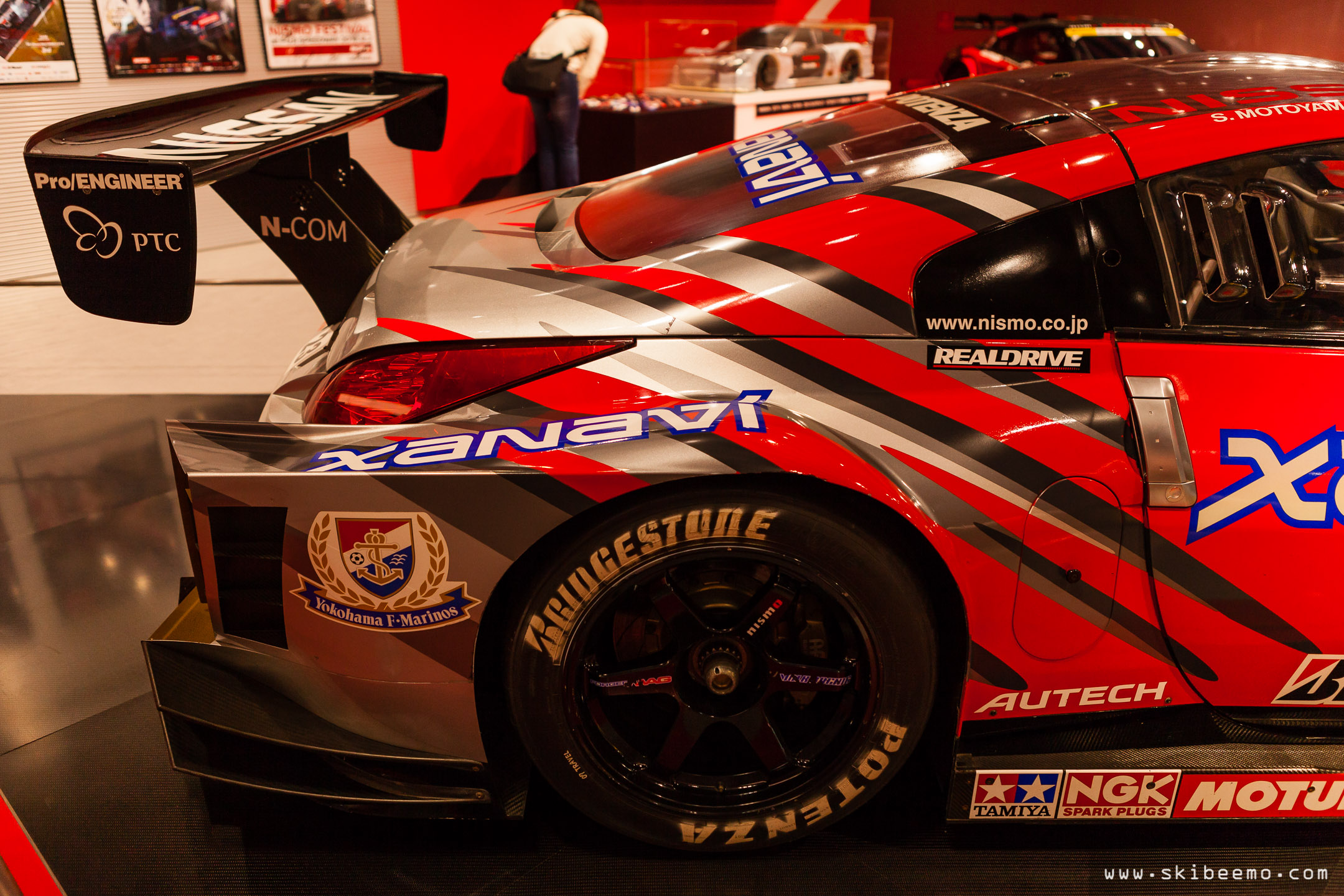
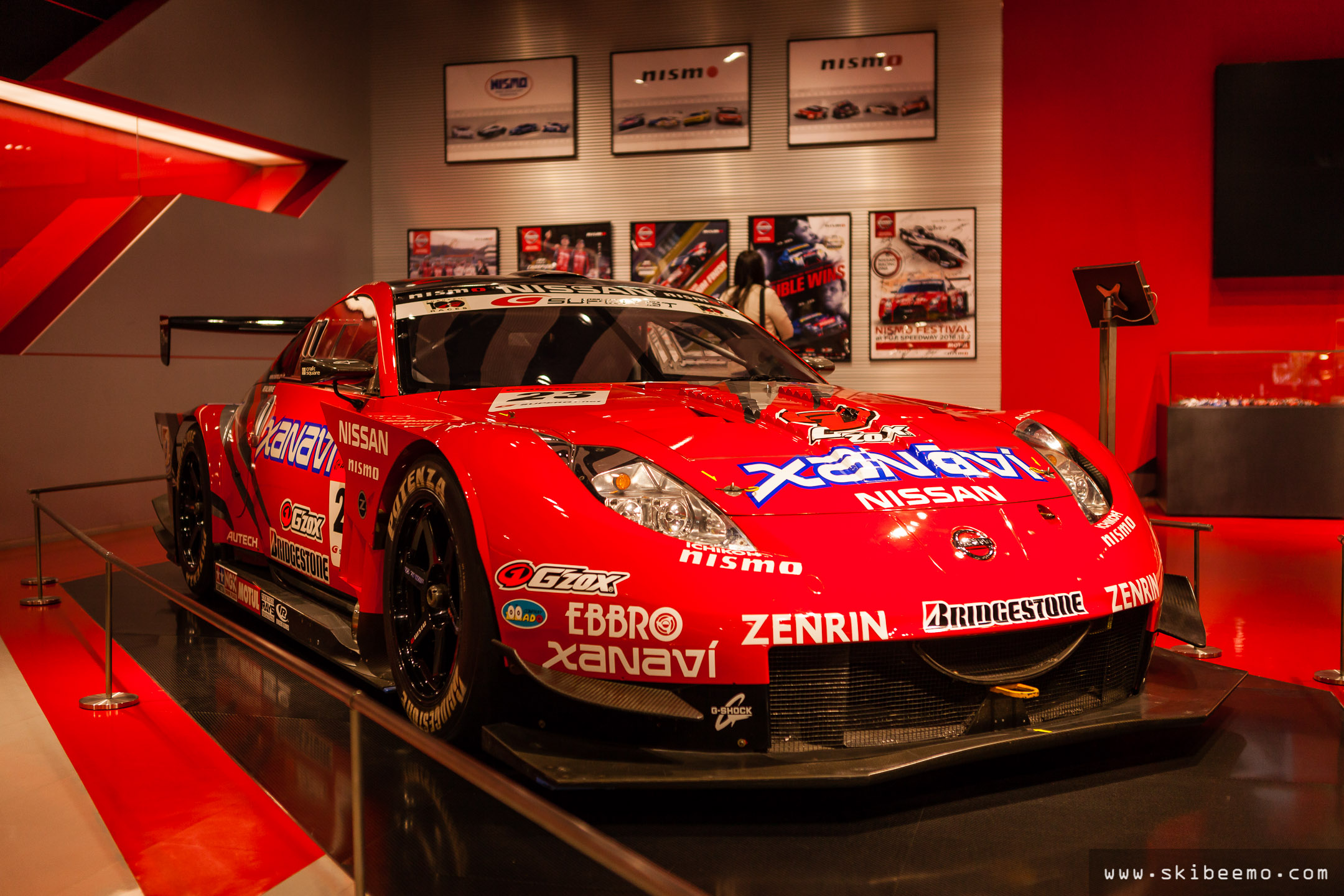
The Penzoil BNR34 Skyline GT-R is one vehicle many fans commemorate for its display of consistency. In 1999, the car only managed one victory in its seven races but persistent podium finishes saw driver Eric Comas and the Penzoil car crowned as overall champions that season. I have fond memories with this yellow car – which is actually pearl yellow in reality – as my then 10-year old self would often race its pixelated portrayal around Trial Mountain in Gran Turismo 2.

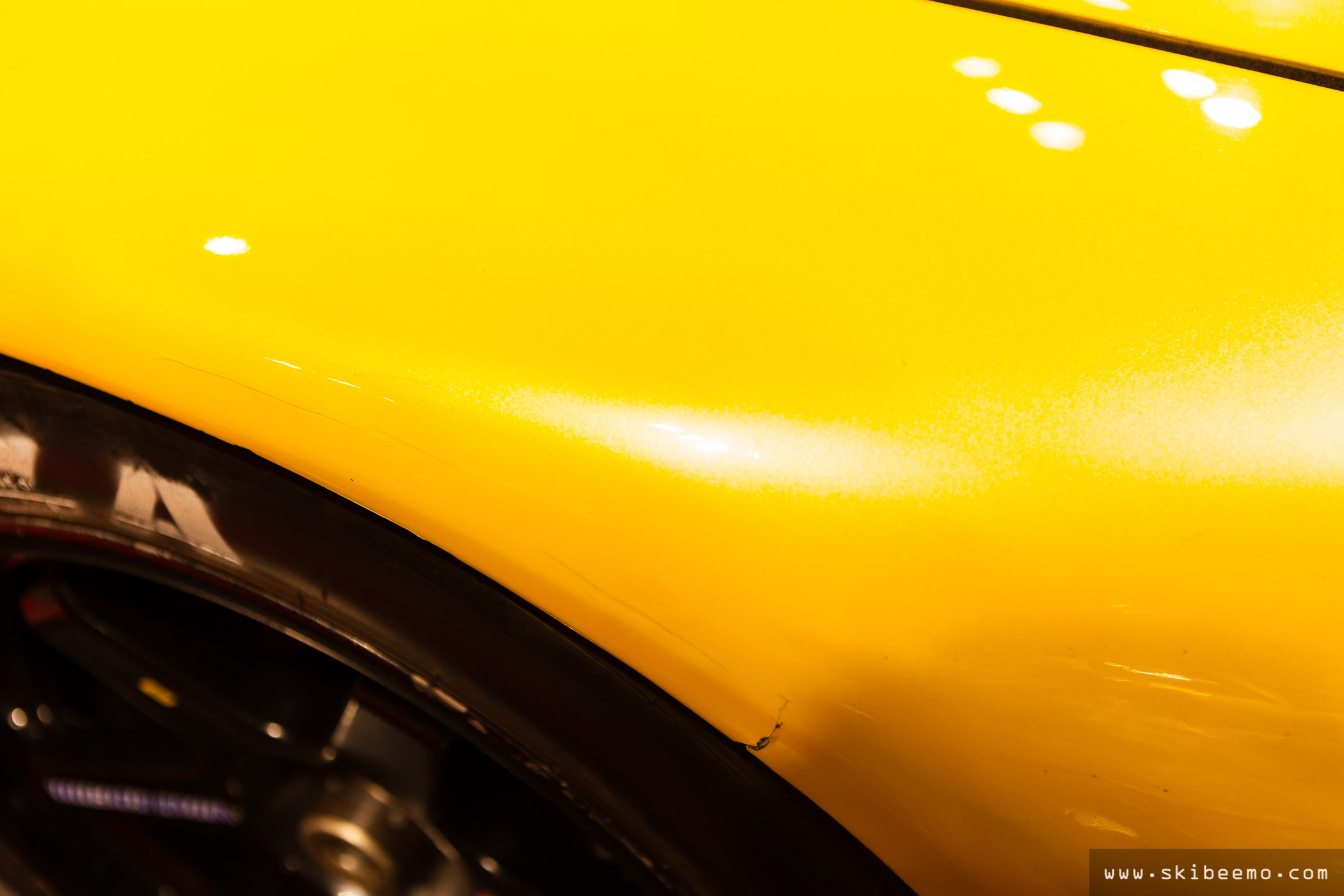
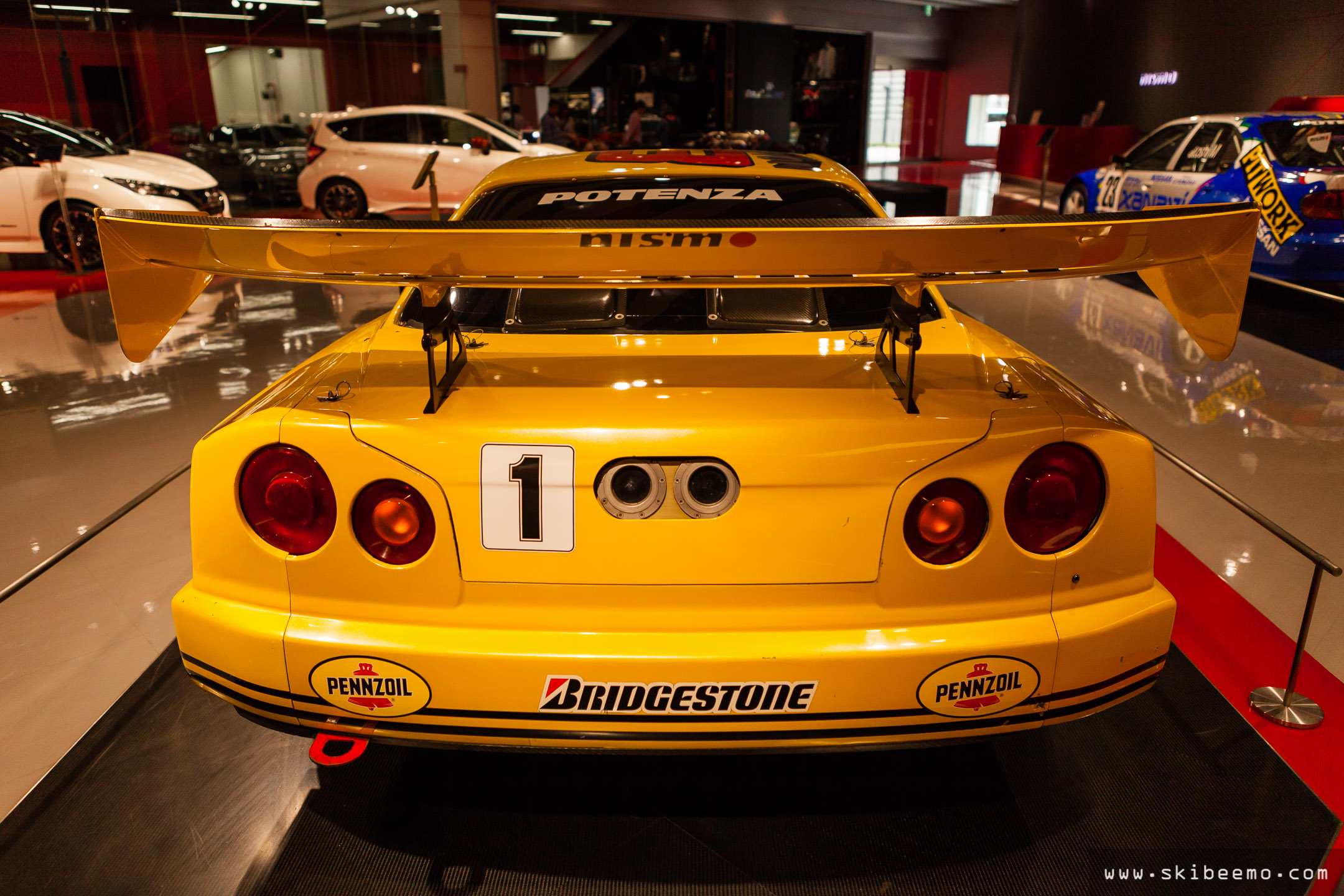

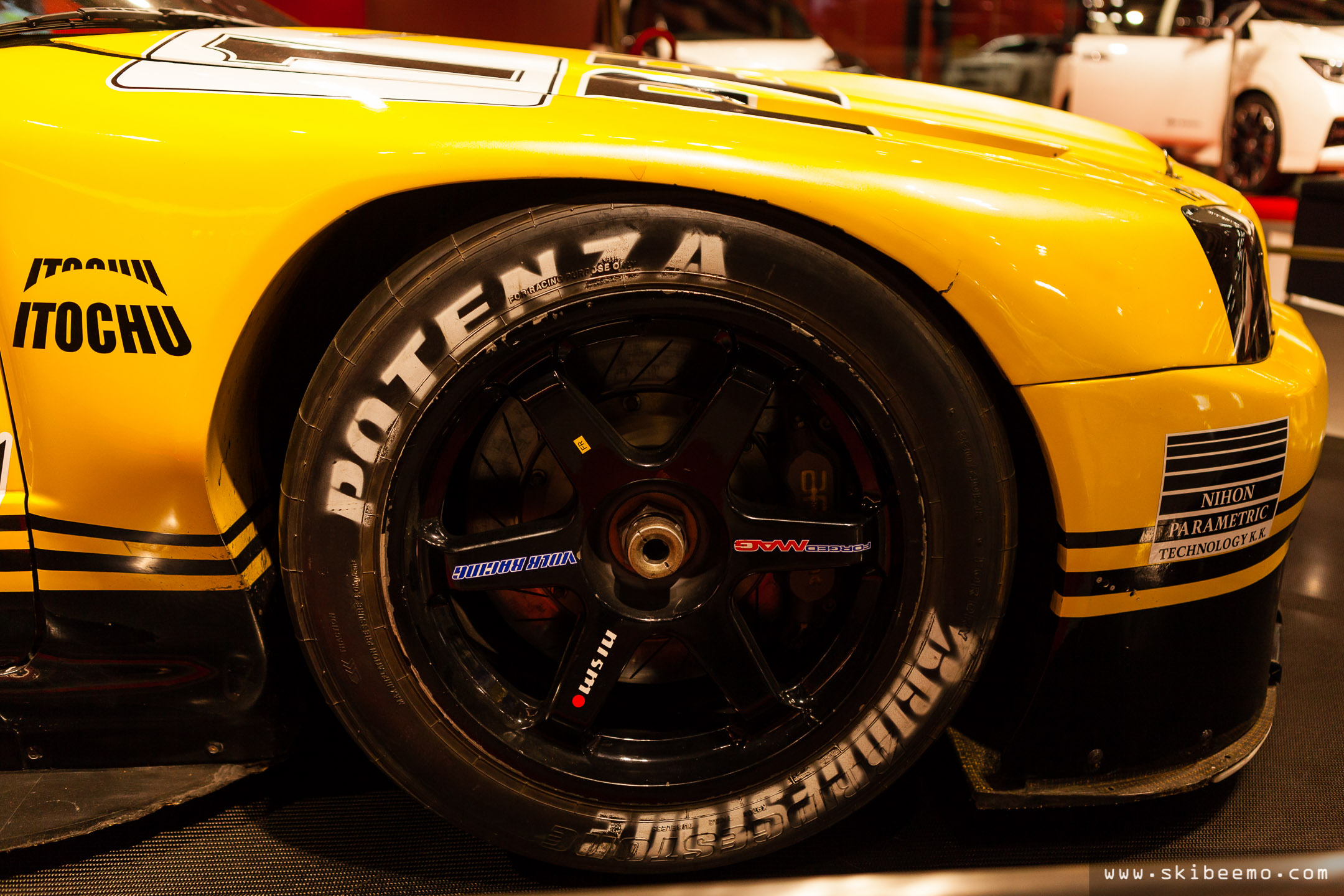
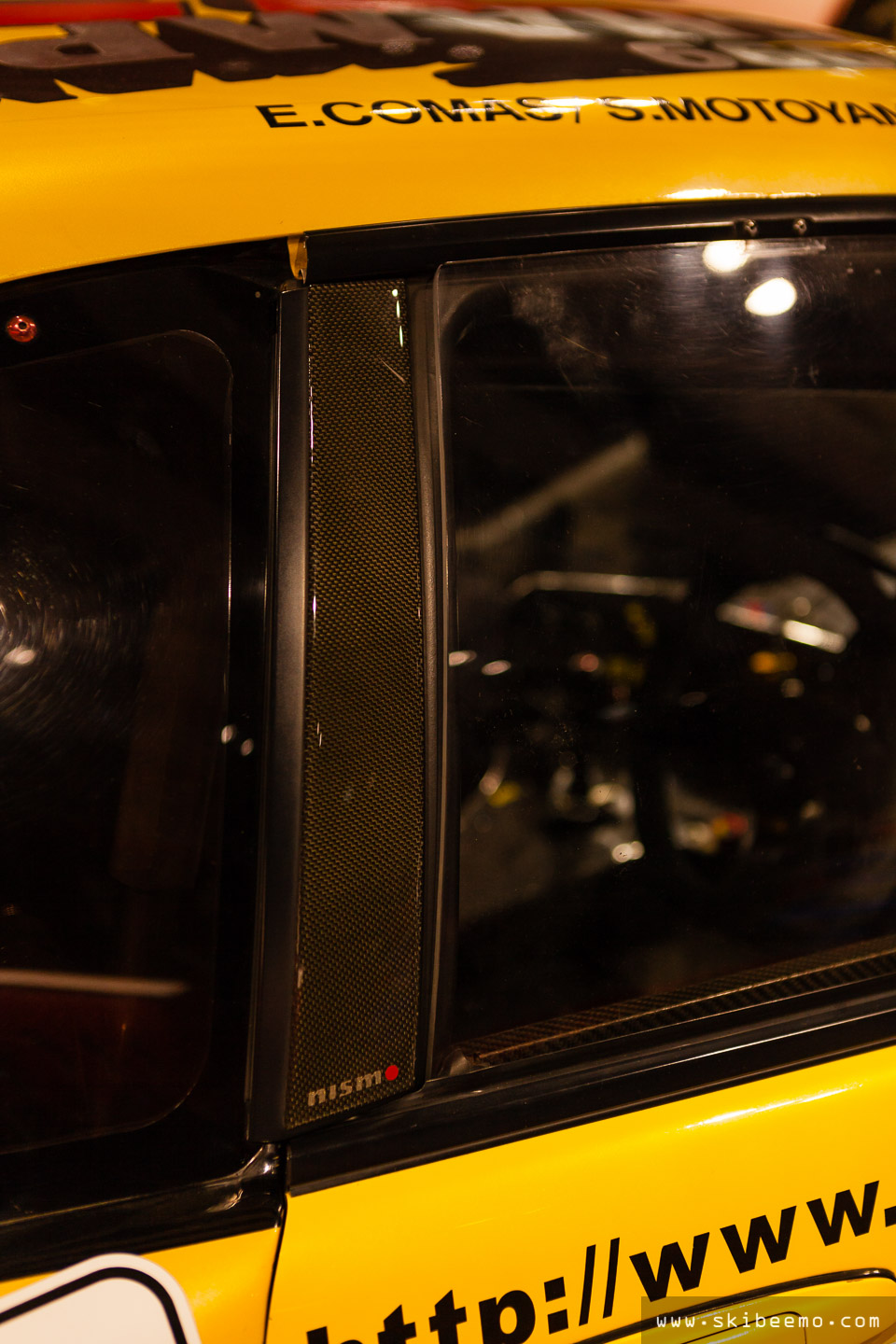
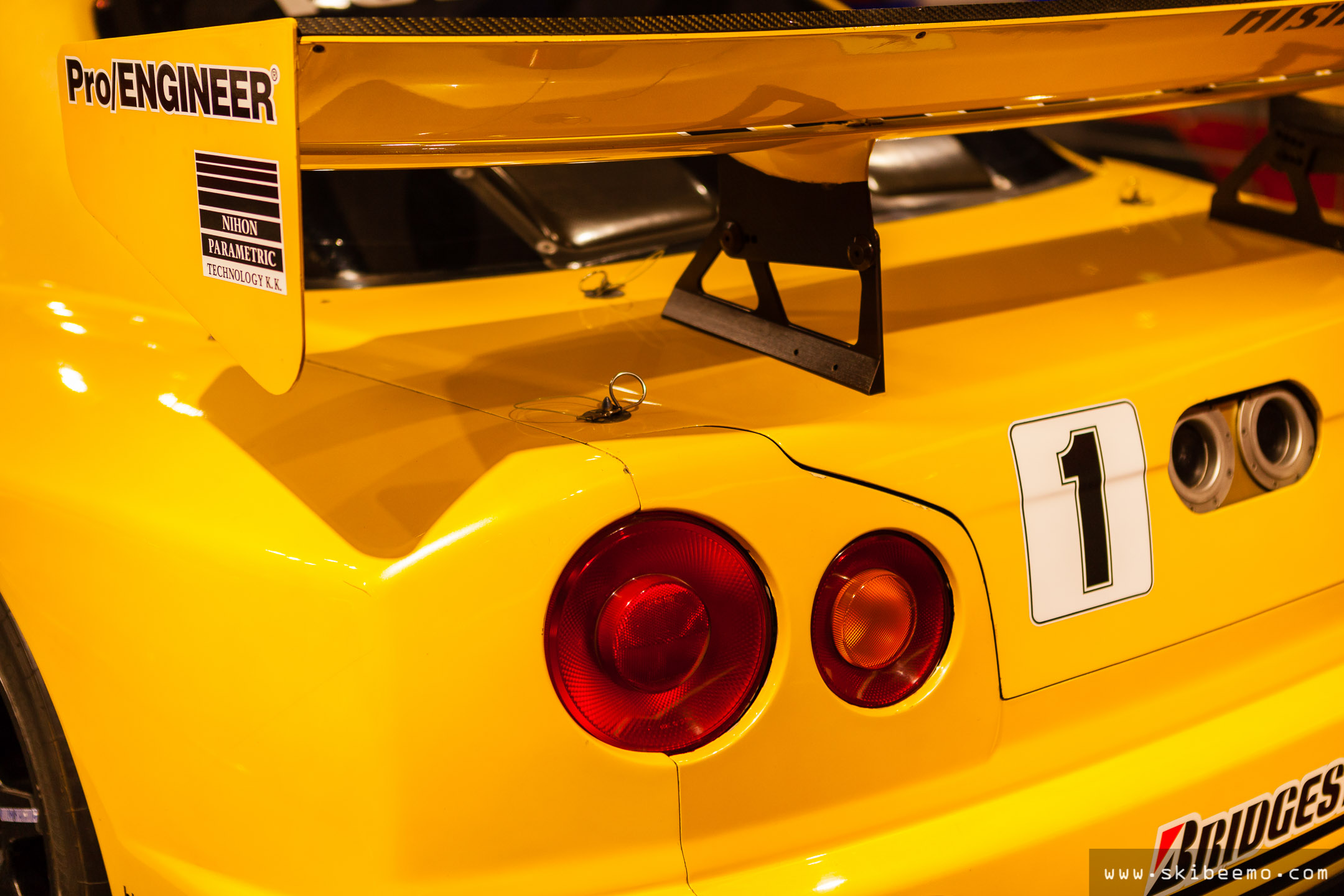
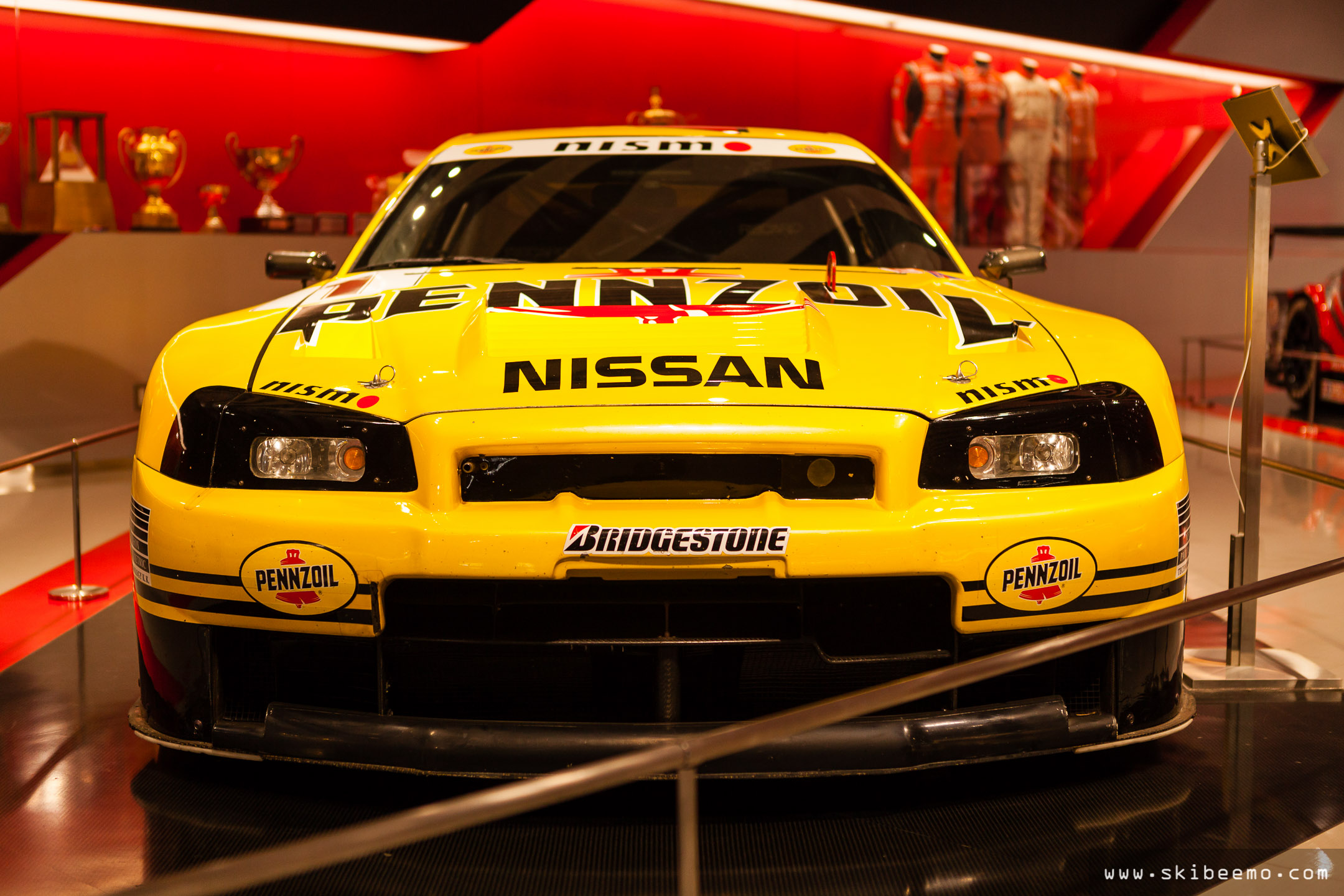
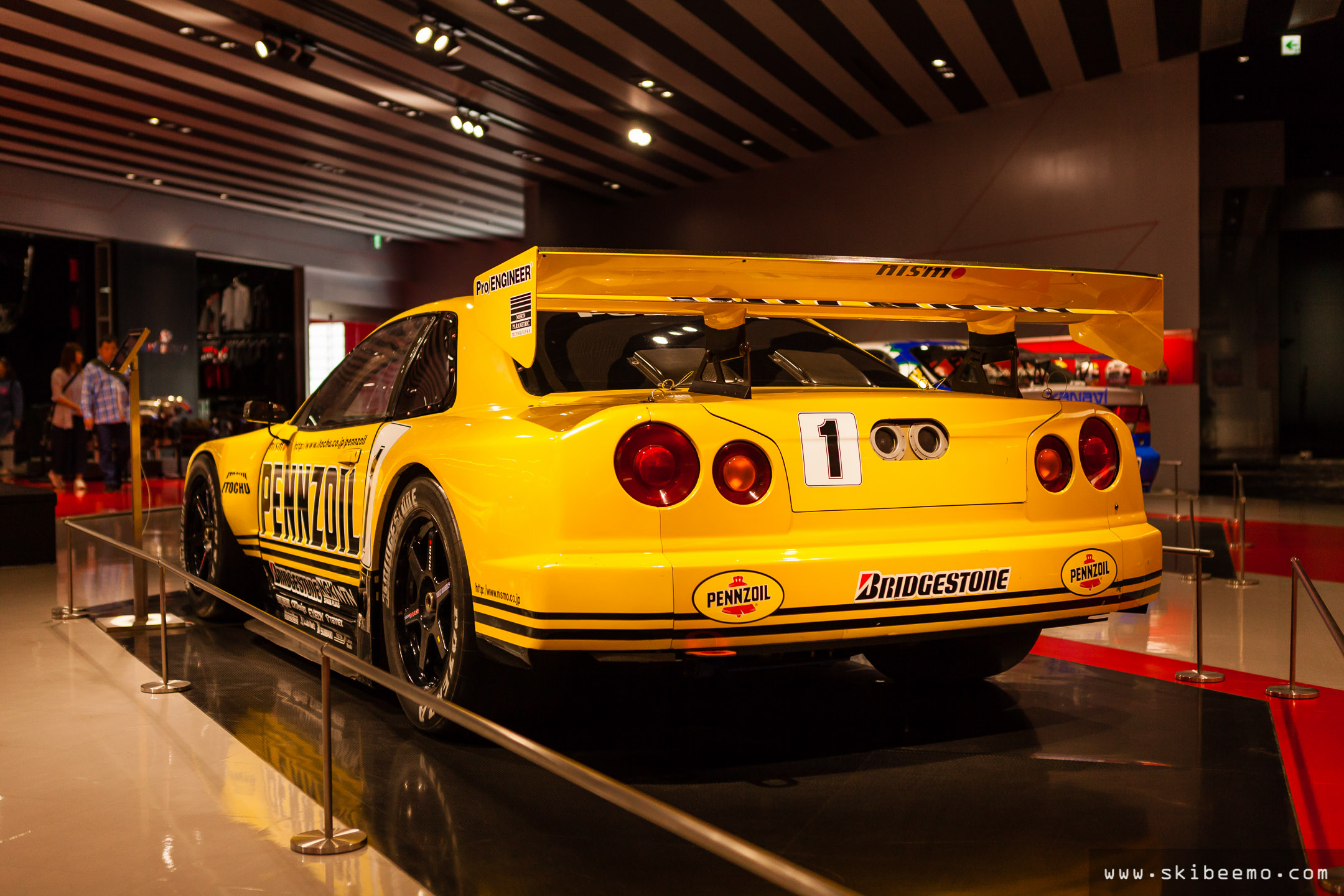
Any team who wins a current Super GT season is presented with the honours of displaying #1 as their car number for the following season. Pictured here is the DTM-influenced 2-litre/4-cylinder turbocharged 650bhp Motul Autech GT-R campaigned by Nismo in 2016 which wore the #1 number thanks to its drivers – Tsugio Matsuda and Ronnie Quintarelli – who took out the 2015 championship.
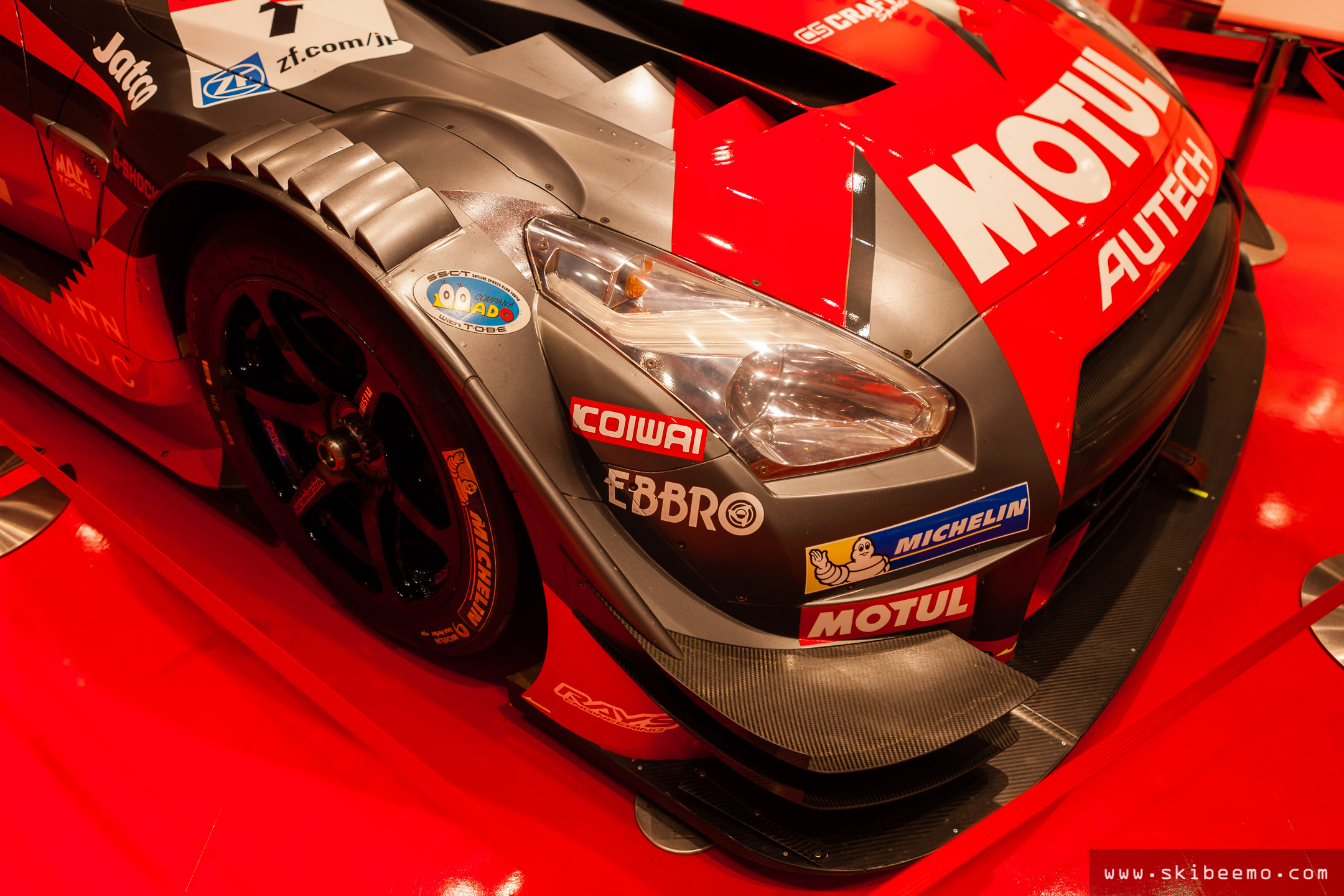
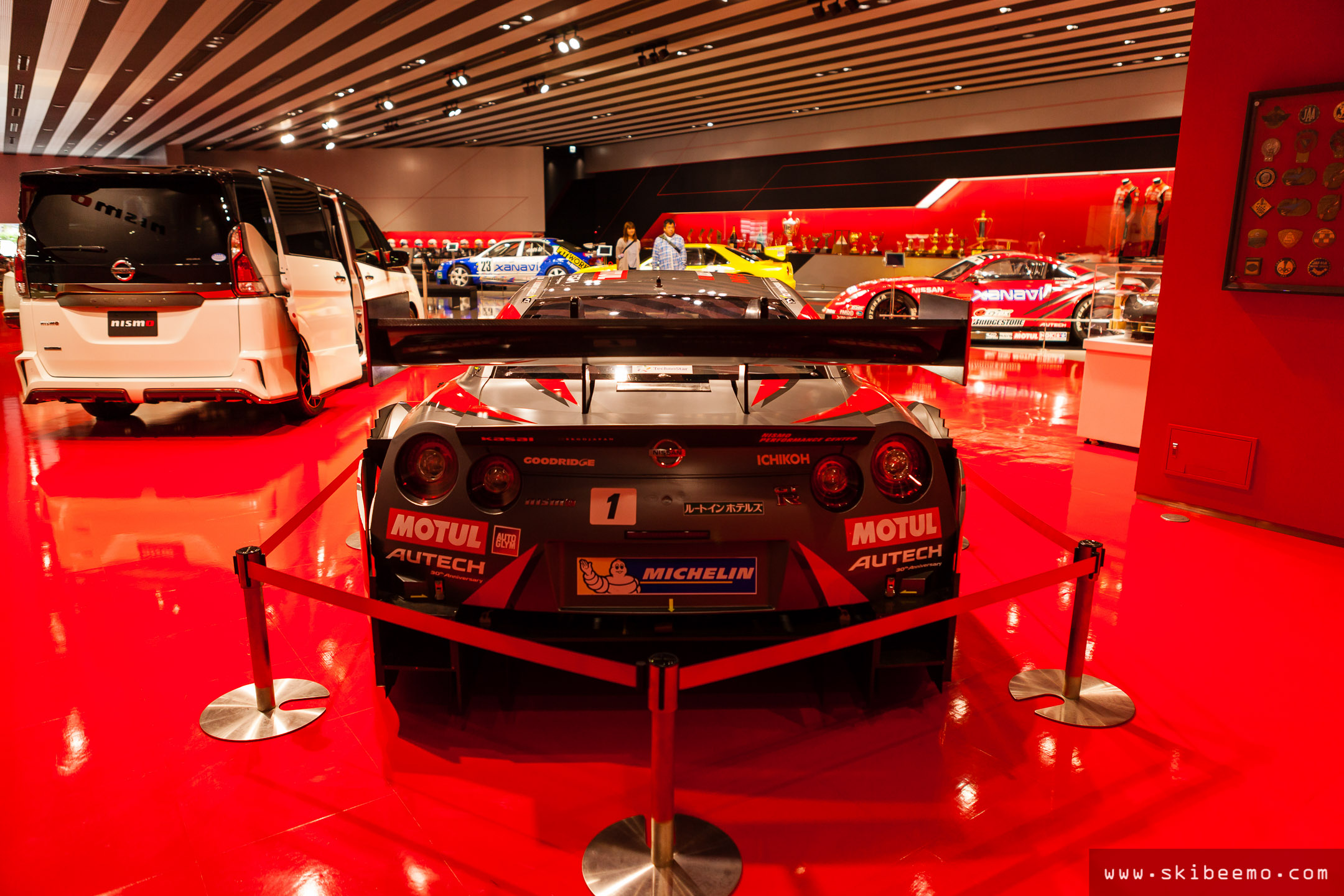
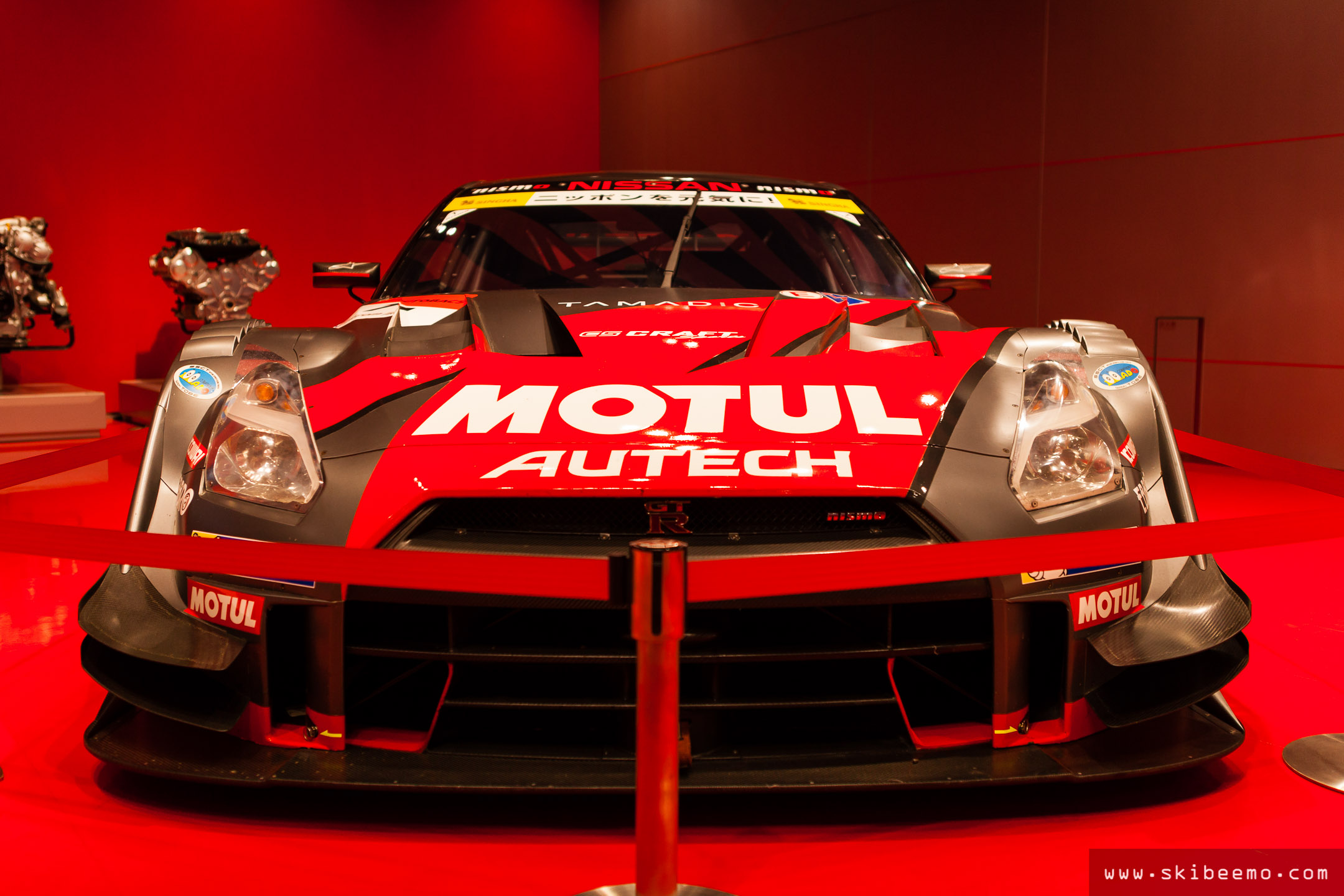
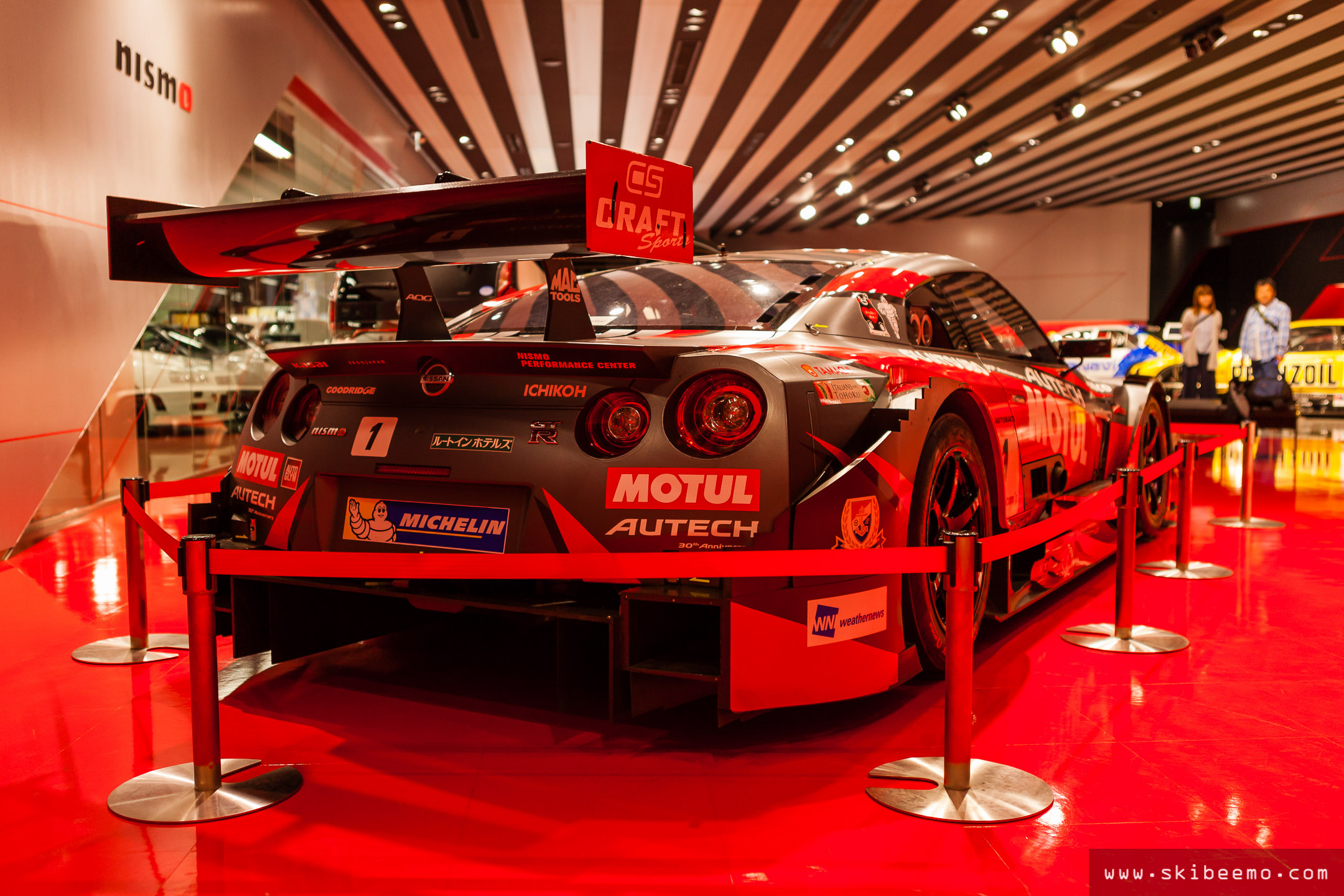
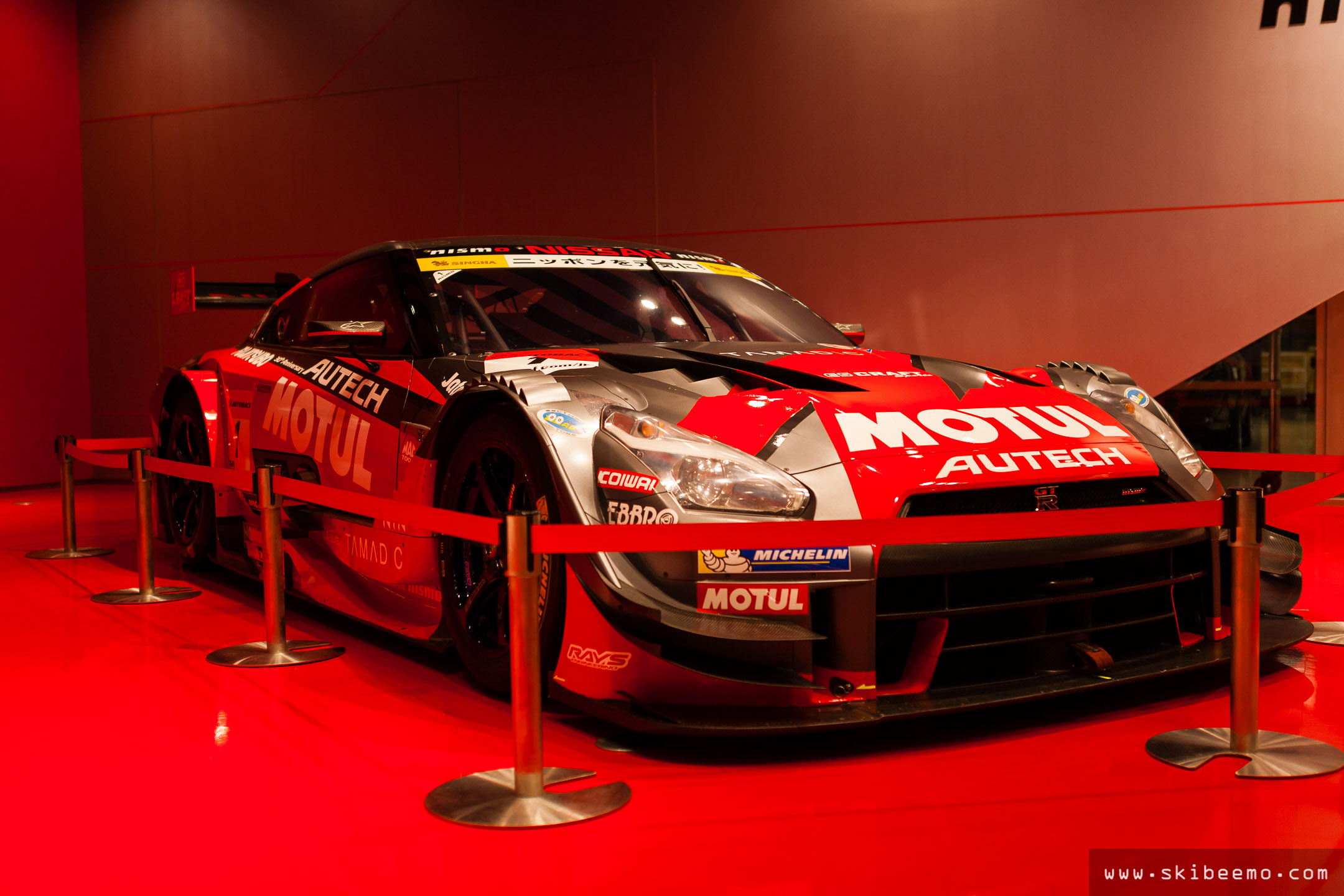
After absorbing Nismo’s rich legacy in motorsport, I shifted my attention to the road-going models and services offered at Omori Factory. One such model I had my fingers-crossed to see was the BNR34 Z-Tune. Luck would not follow my visit as on display were the Serena Nismo, Leaf Nismo and Note Nismo.
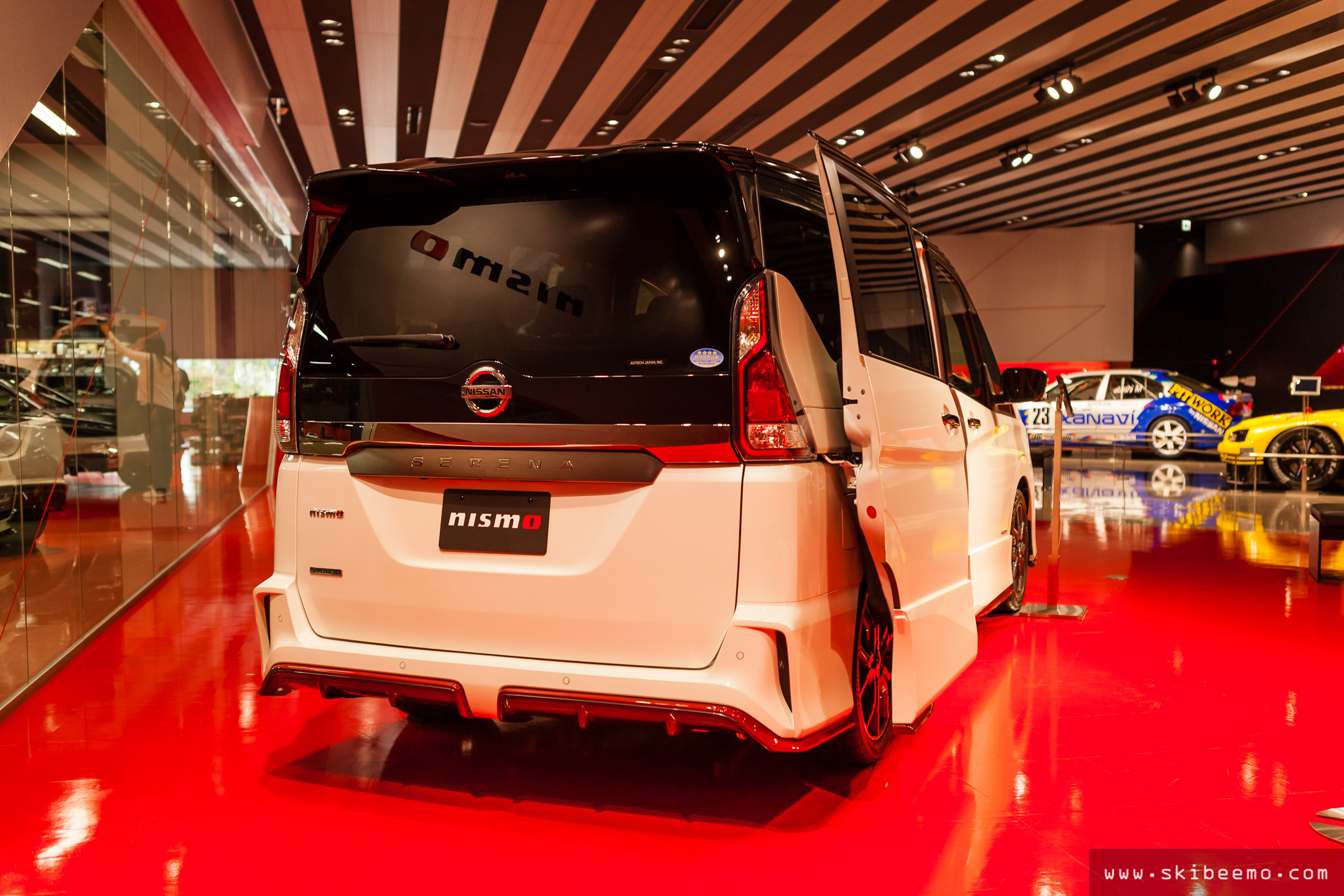
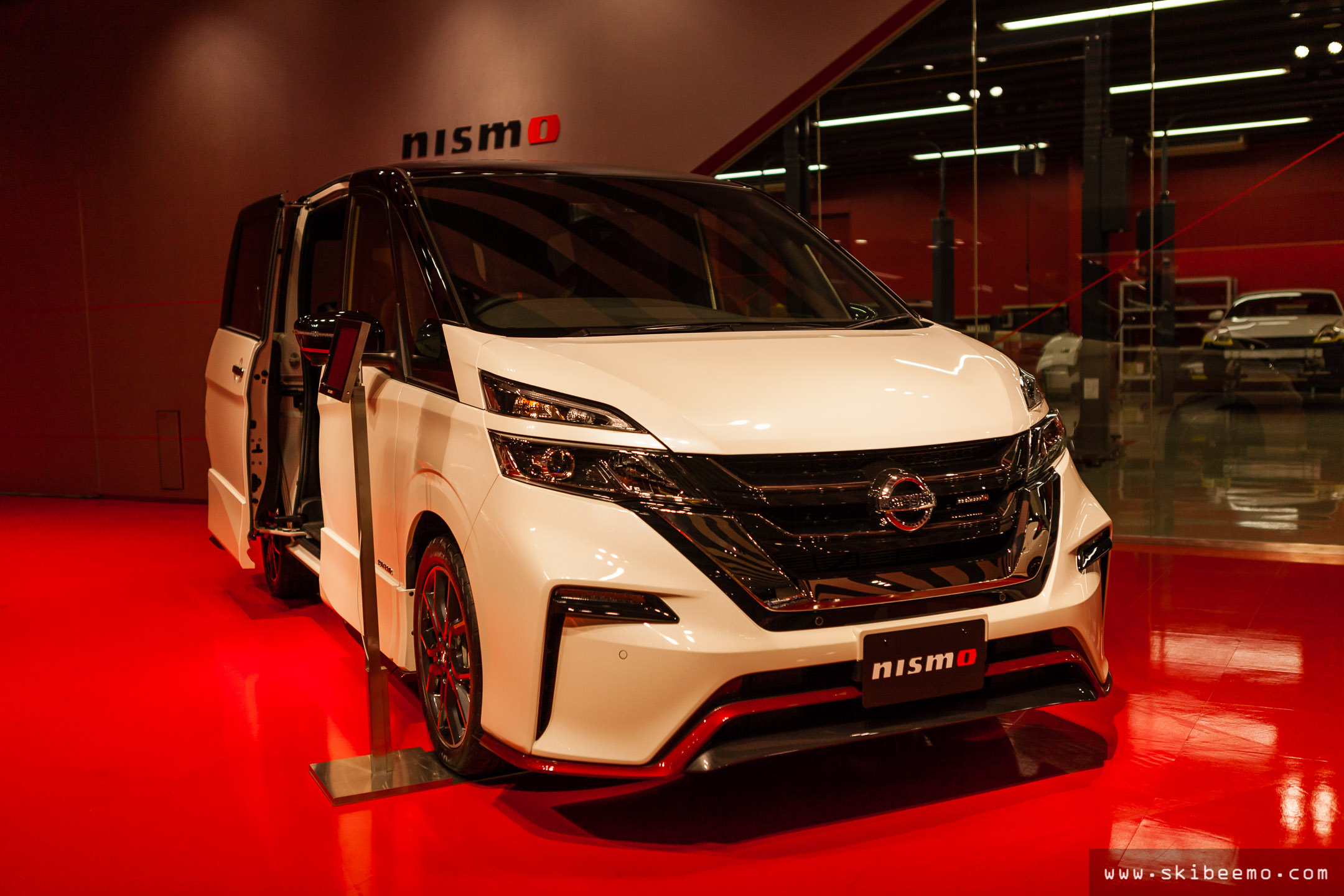
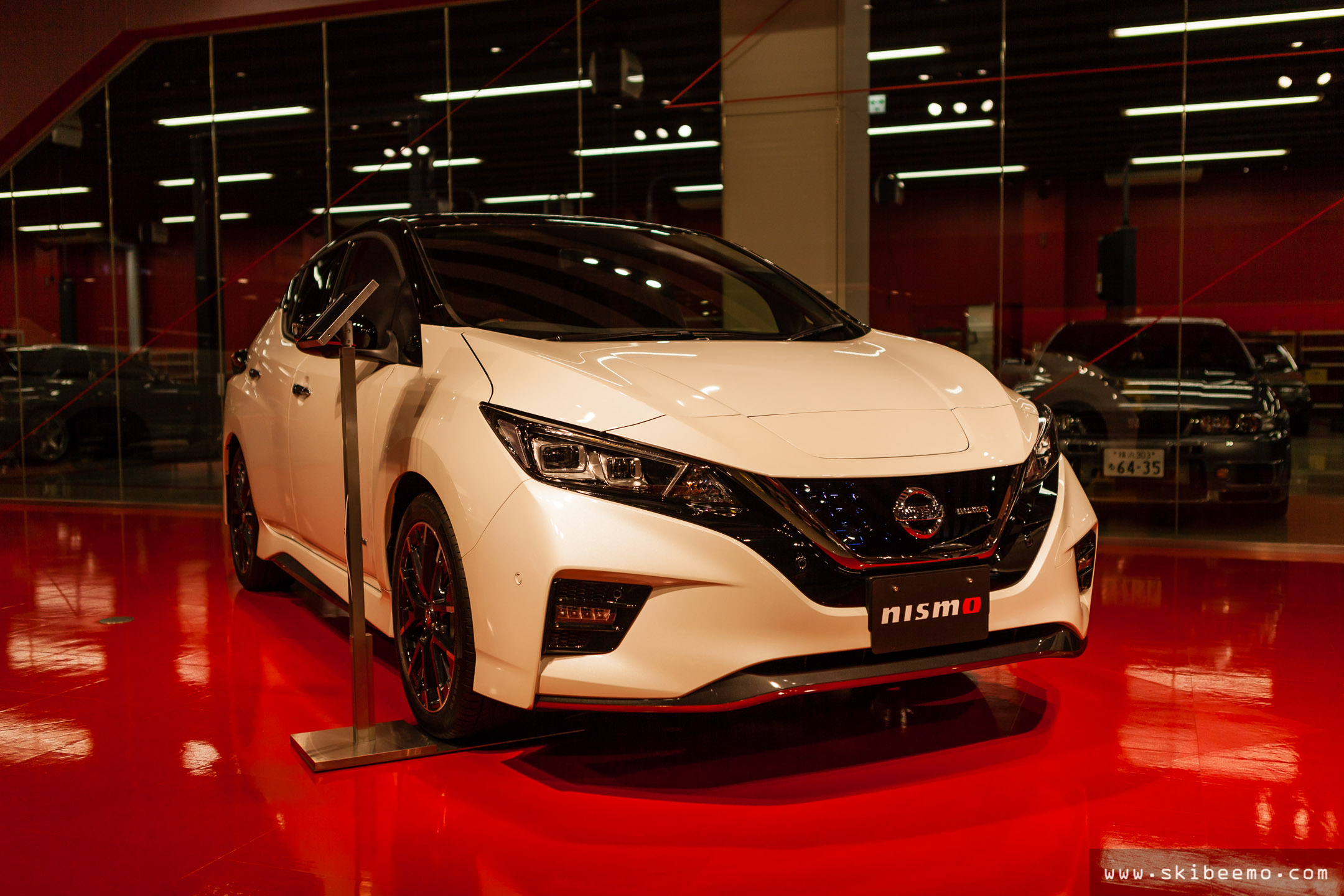
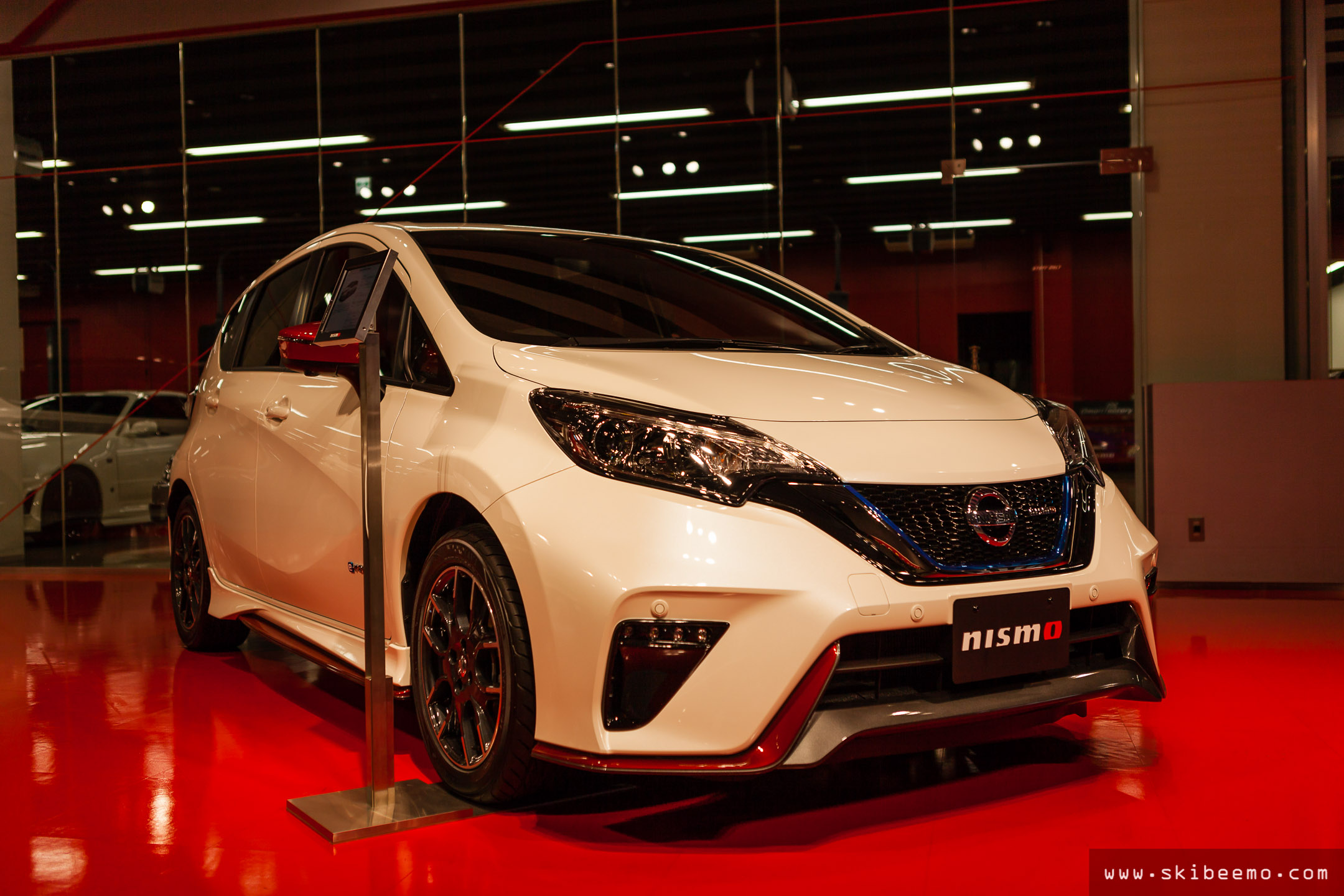
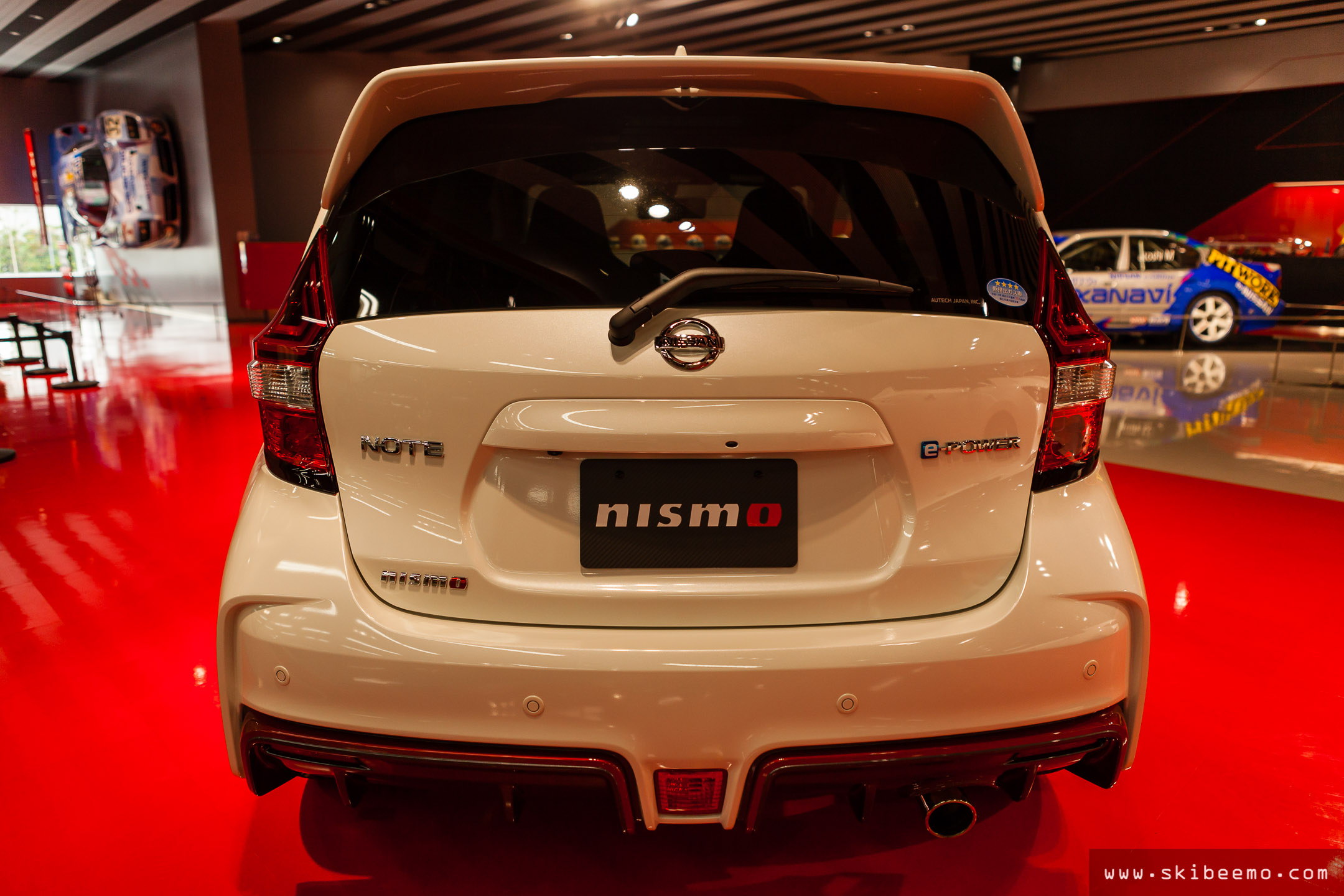
I didn’t let the Z-Tune’s absence keep me disappointed. The Omori Factory is a venue I’ve wanted to visit for years, so just being there and absorbing the kodawari ambience of this venue was humbling. Many people criticise Nismo components for being overpriced and not worth their performance weight, but I don’t completely nod to this rationale. Nismo’s DNA is in motorsport. Most of Omori Factory’s staff and mechanics have devoted their entire working lives to perfecting the craft of building high-performance road and race cars. This is reflected in not only Nismo’s many victories in motorsport around the globe but is also witnessed in their approach to building and tuning road cars, with overall emphasis placed on a total balanced package. Nismo’s RB26-based S2 and R2 engines are an expression of this philosophy, with the latter – which outputs 591 horsepower – having to withstand at least 20 hard laps (at a consistent time of 1 minute 56 seconds) of Fuji Speedway without distress when installed as part of the entire Clubman Race Spec BNR34 package.
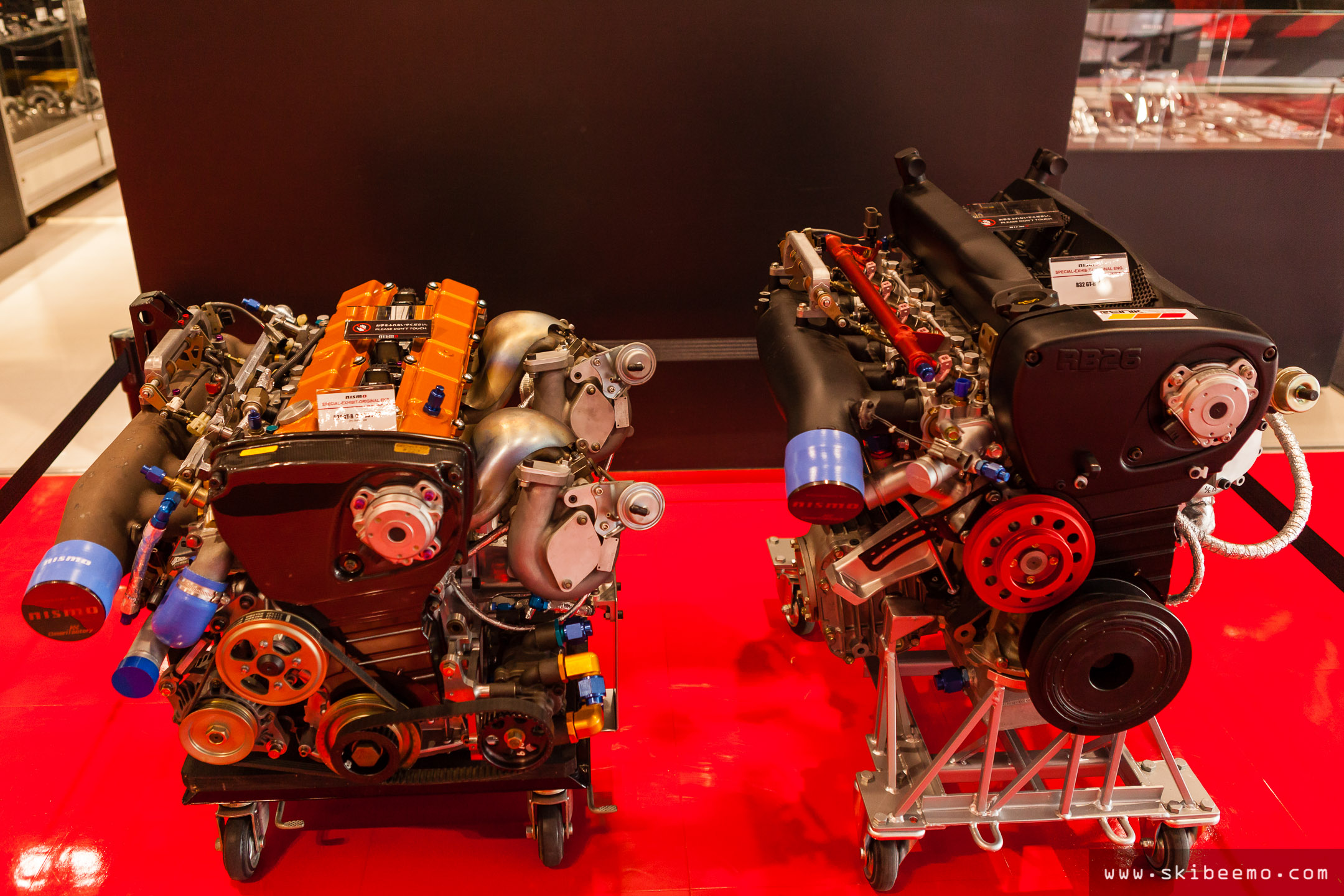
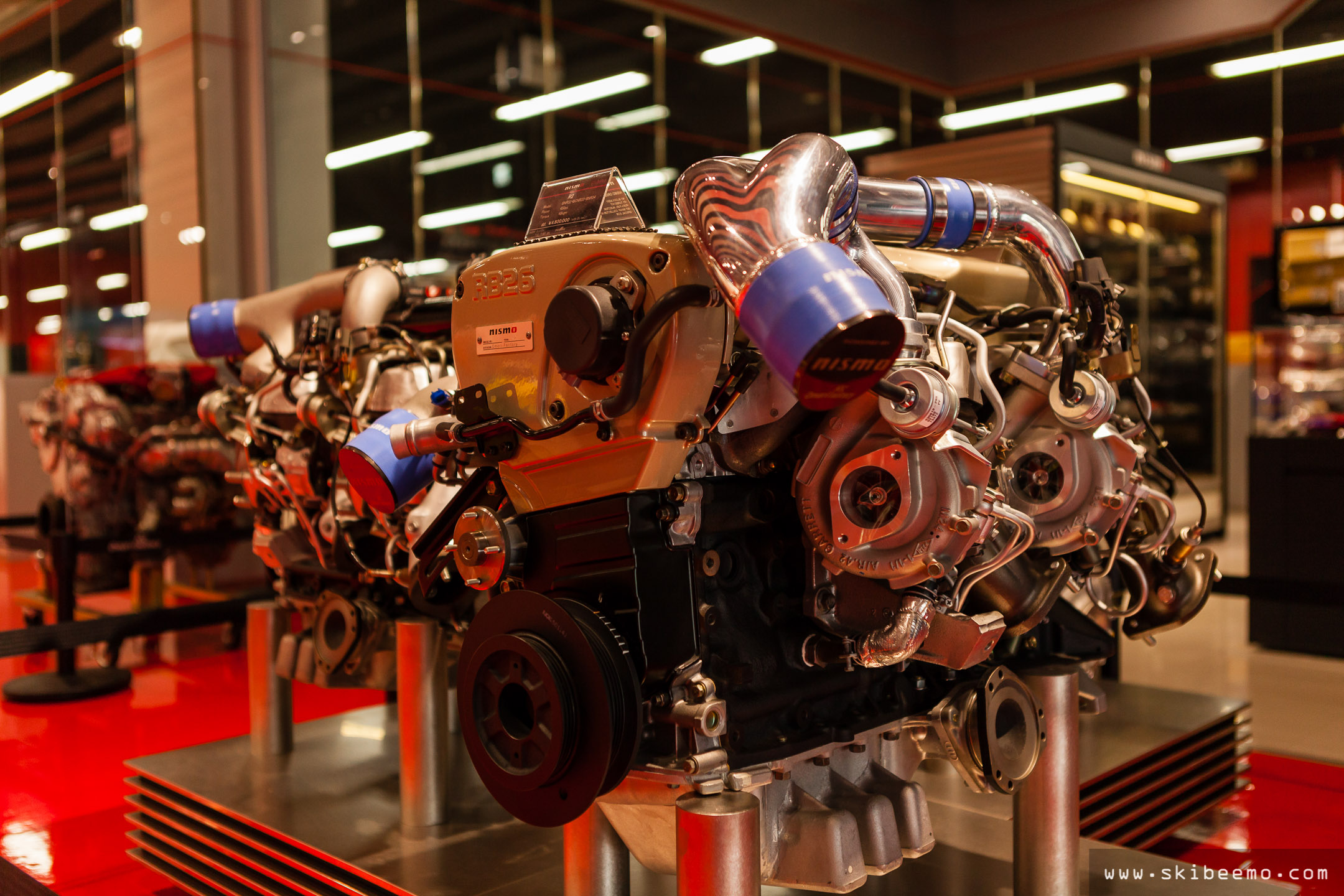
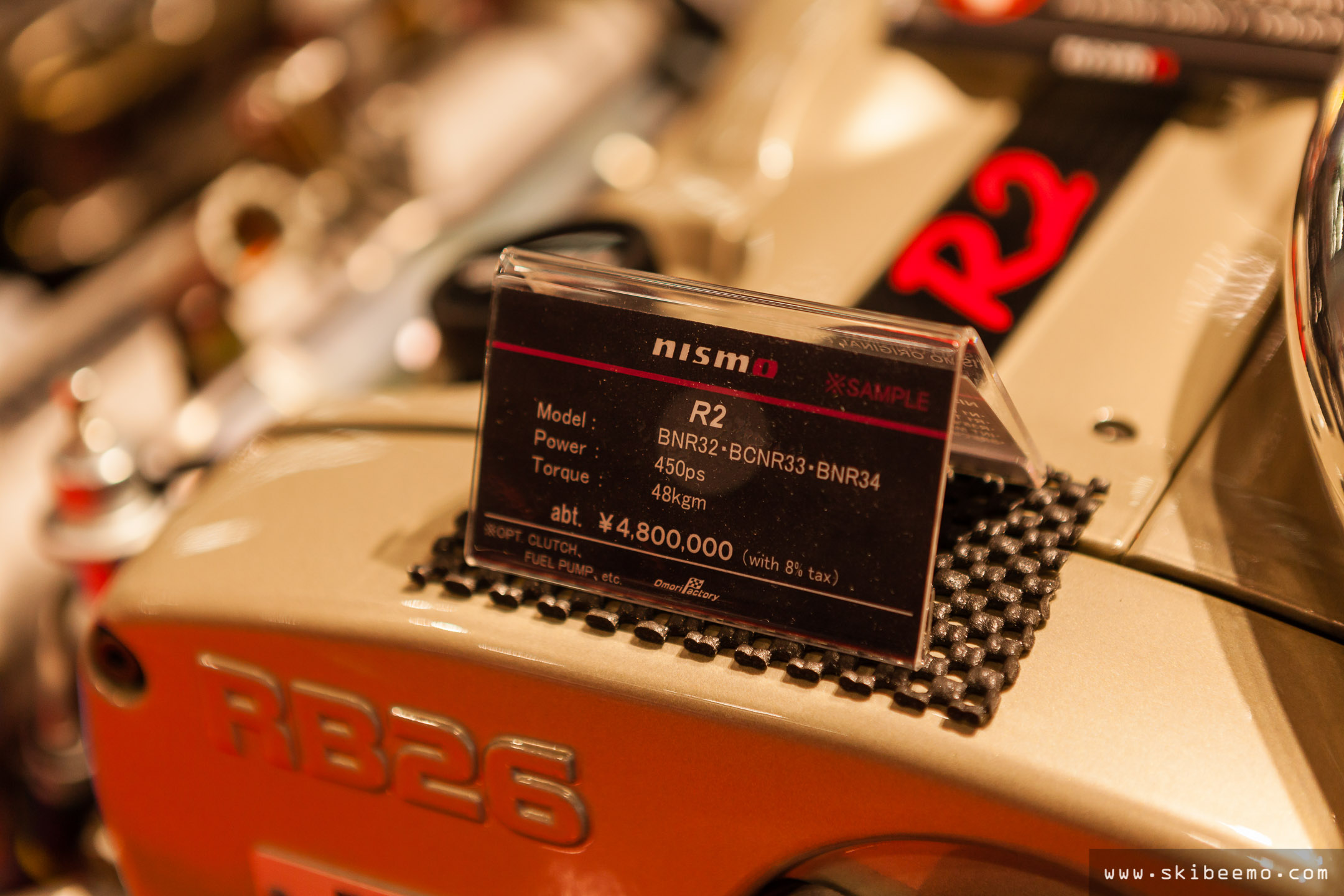
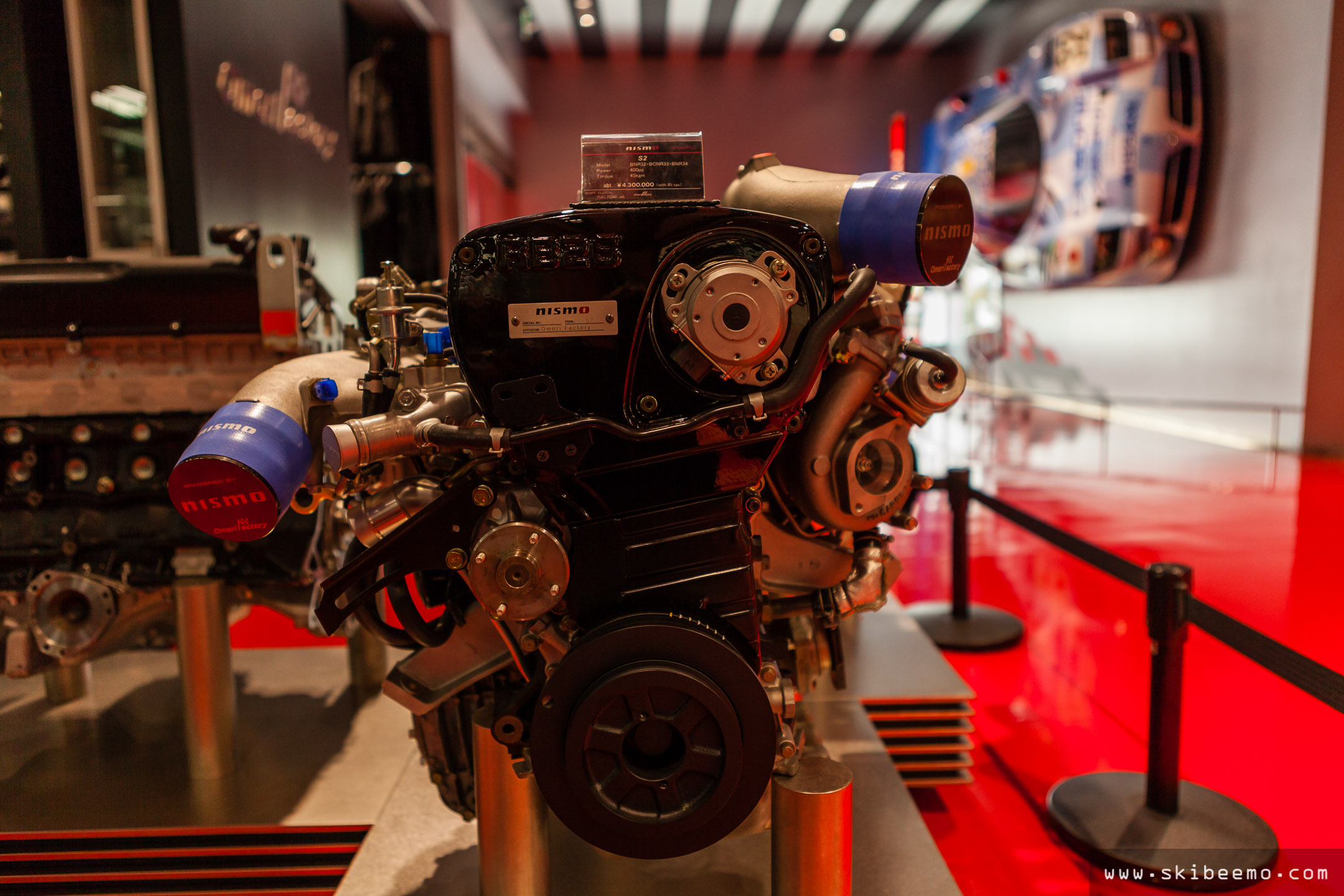
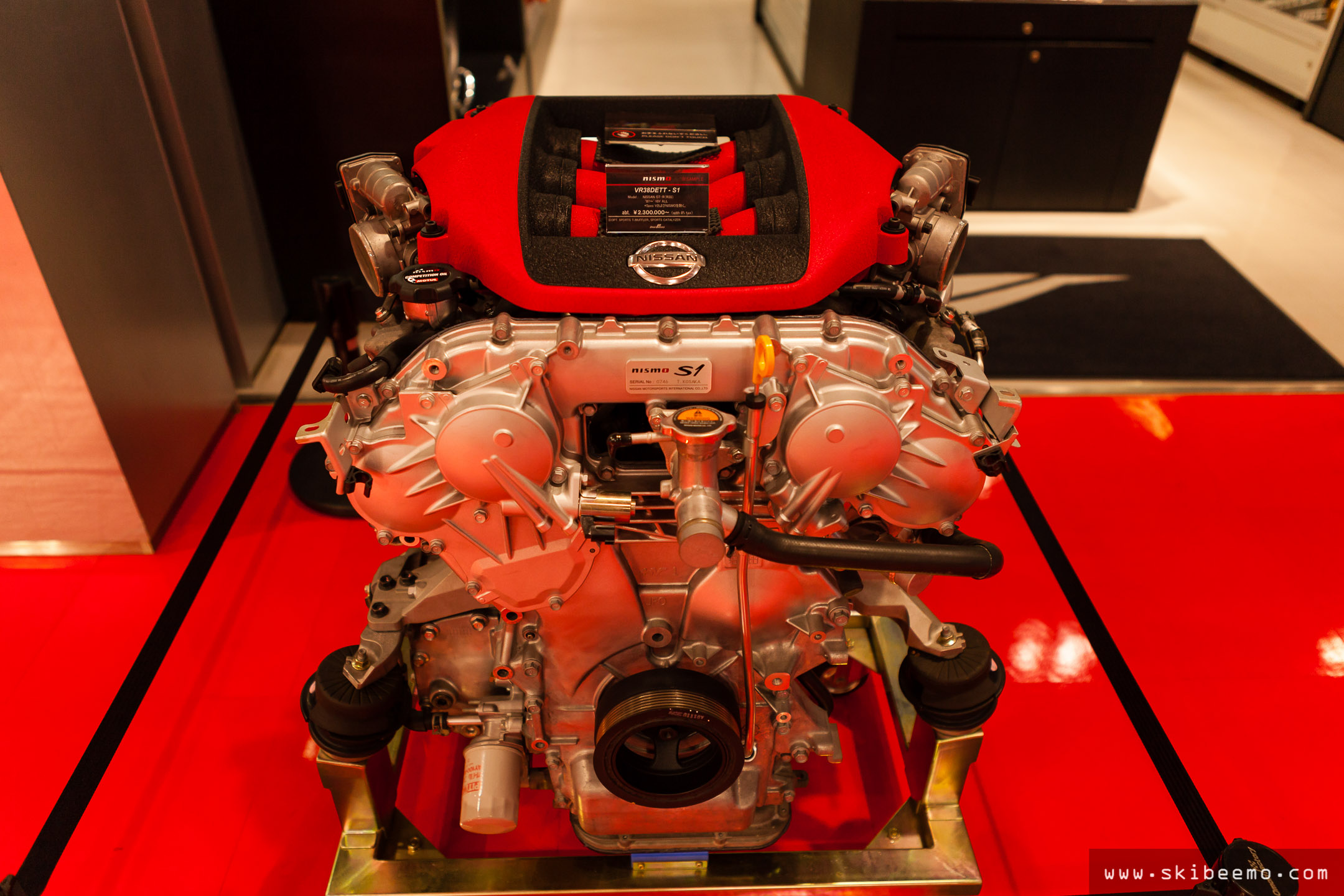
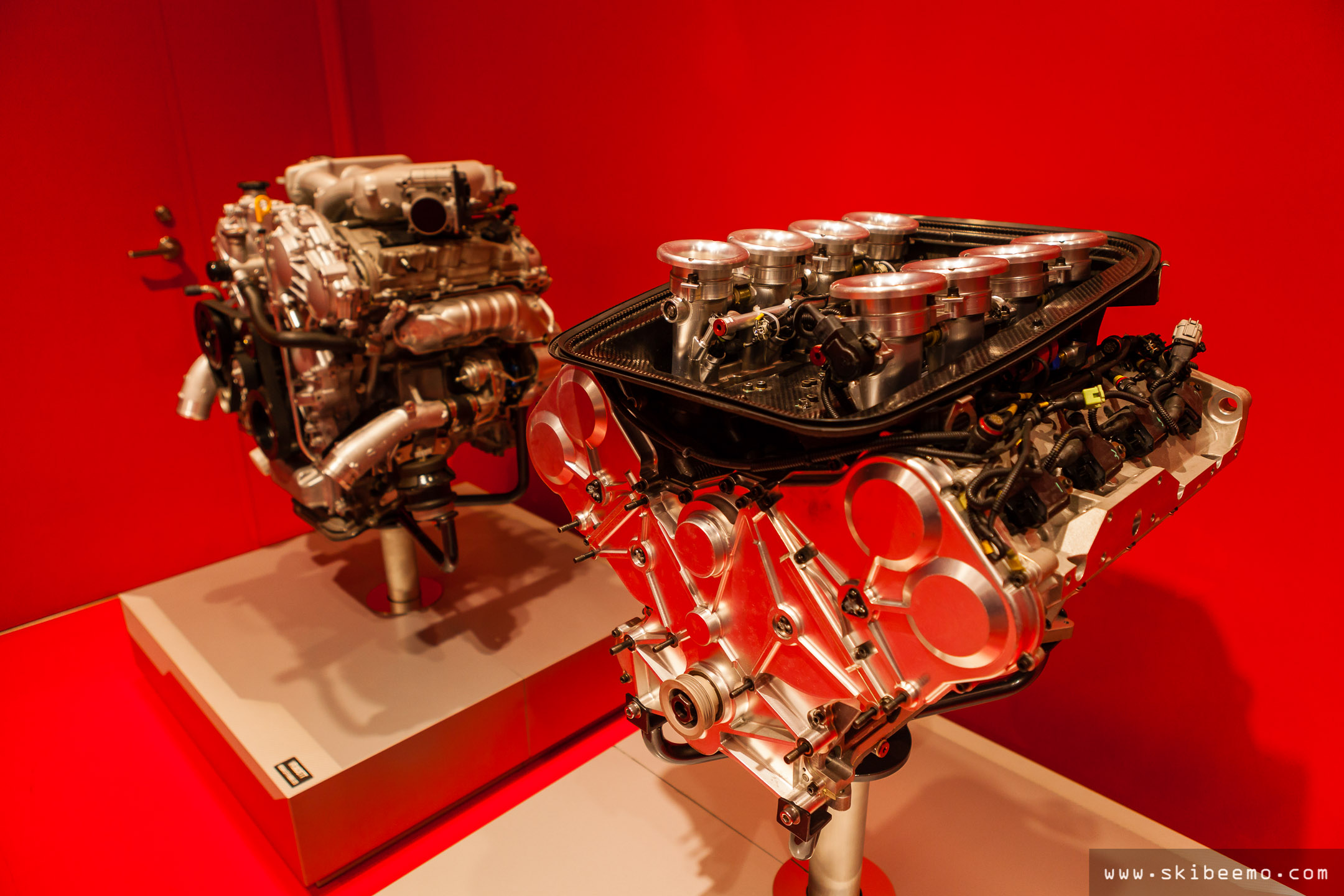
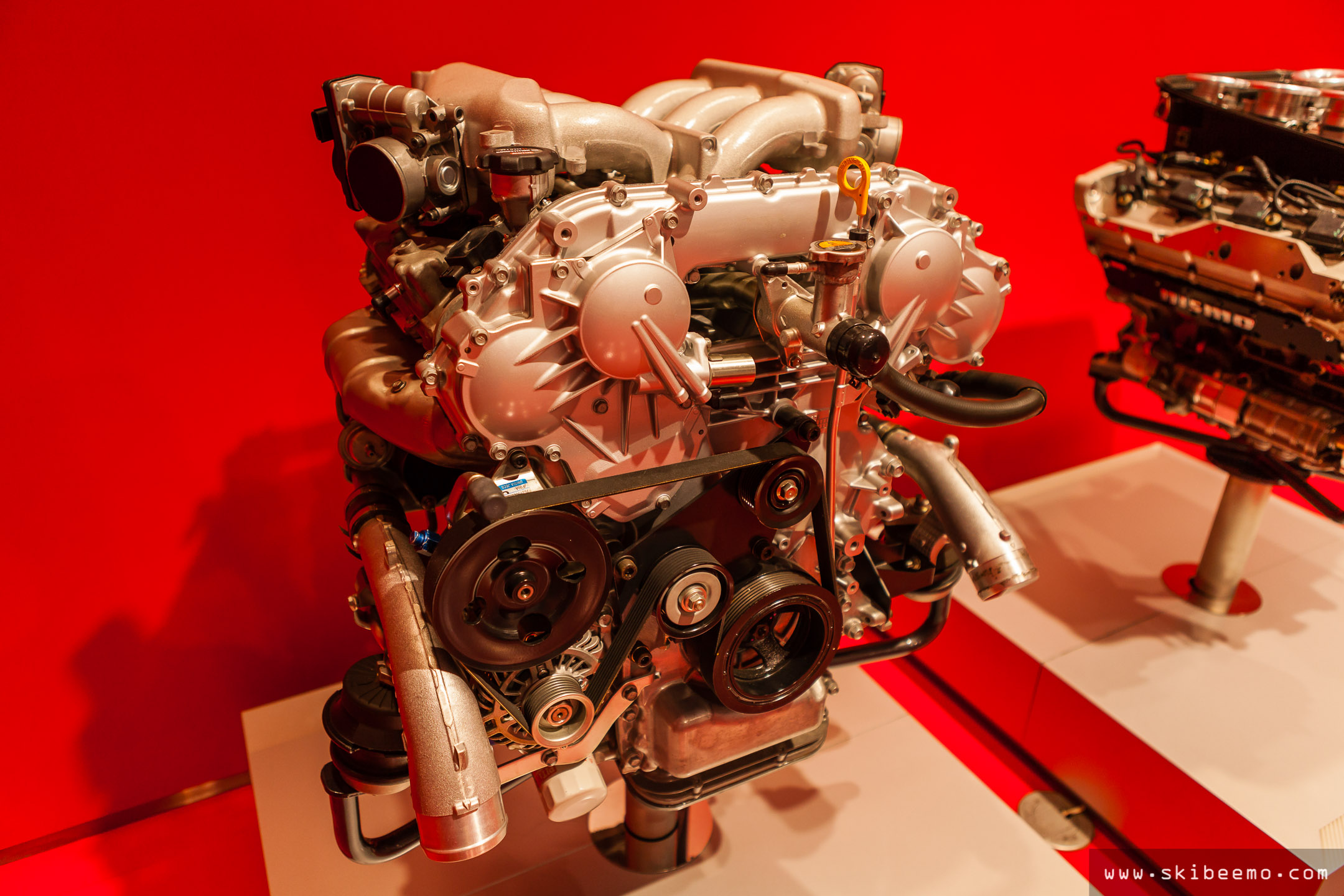
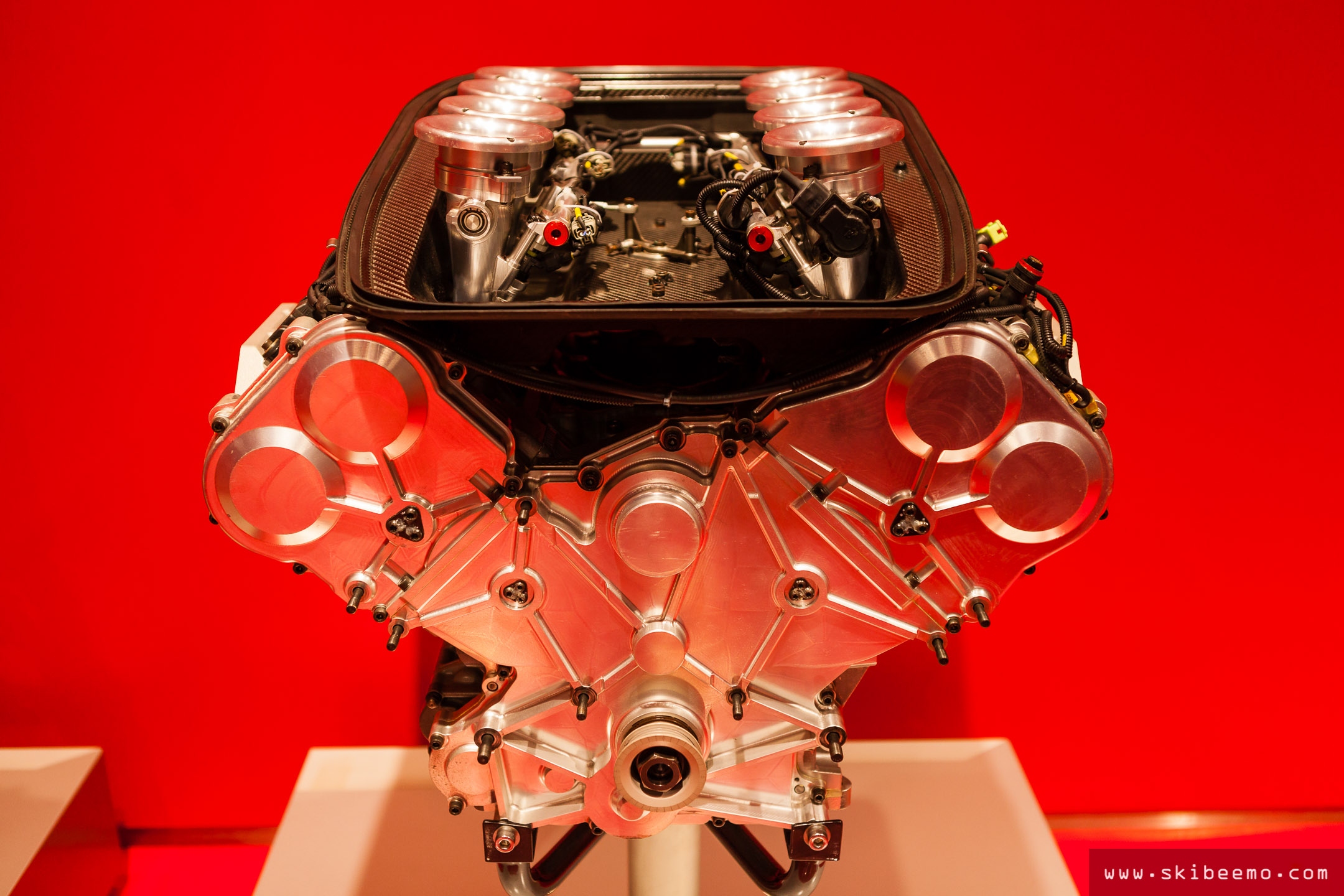
You can’t mention Nismo without talking about the Skyline GT-R. These iconic cars aren’t getting any younger so to preserve them, Nismo offer customers a restoration service to transform their BNR32, BCNR33 or BNR34 into a capable modern-day example without detracting too much from the vehicle’s original DNA. Two examples of such vehicles – the Grand Touring Car BCNR33 and Clubman Race Spec BNR34 – were lurking behind a glass partition that separated the showroom from the maintenance bay (which was immaculate in itself and something very reminiscent of Pagani and McLaren’s production floor with its coinciding glossy epoxy floors, minimalist tool stands and bright white lighting).
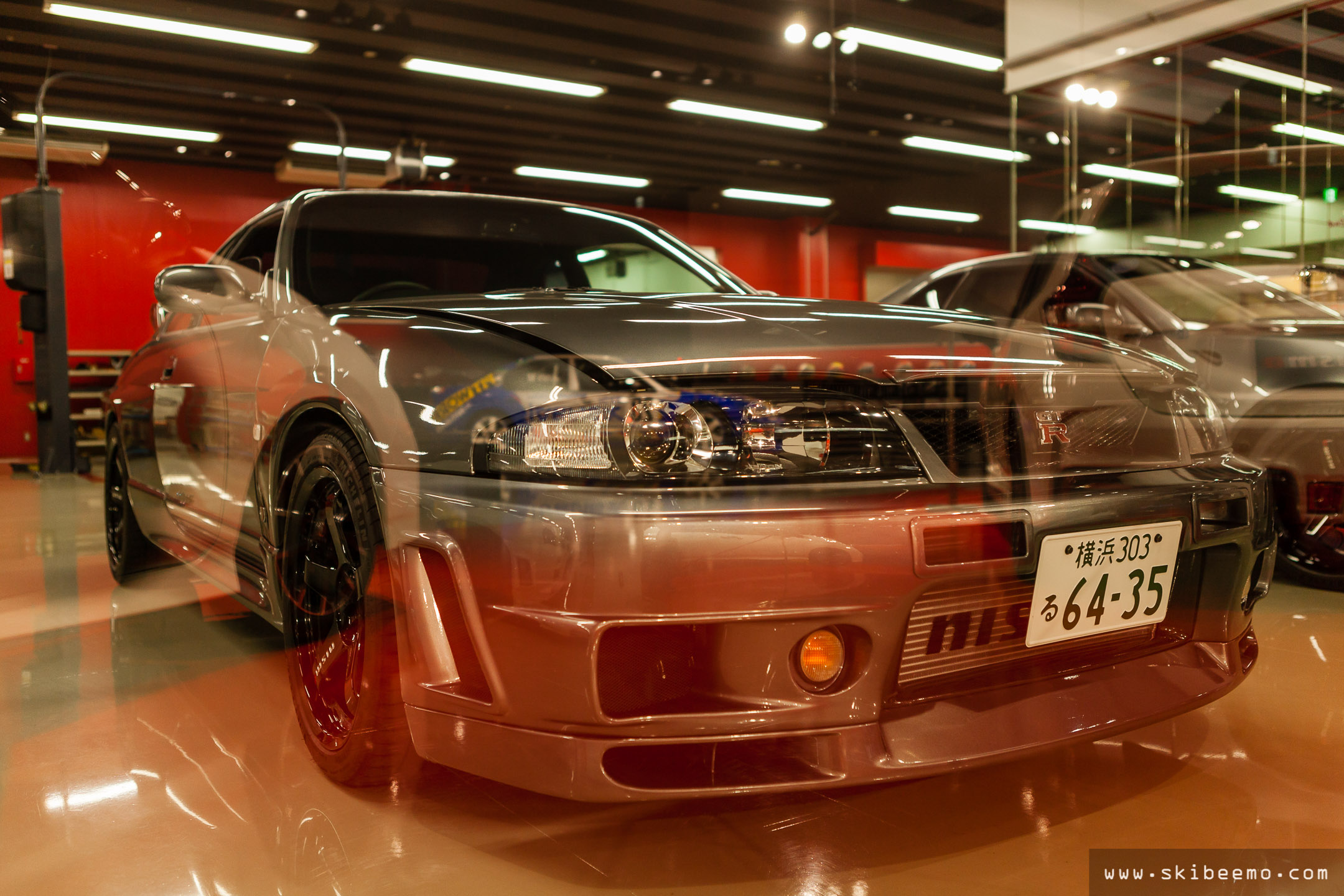
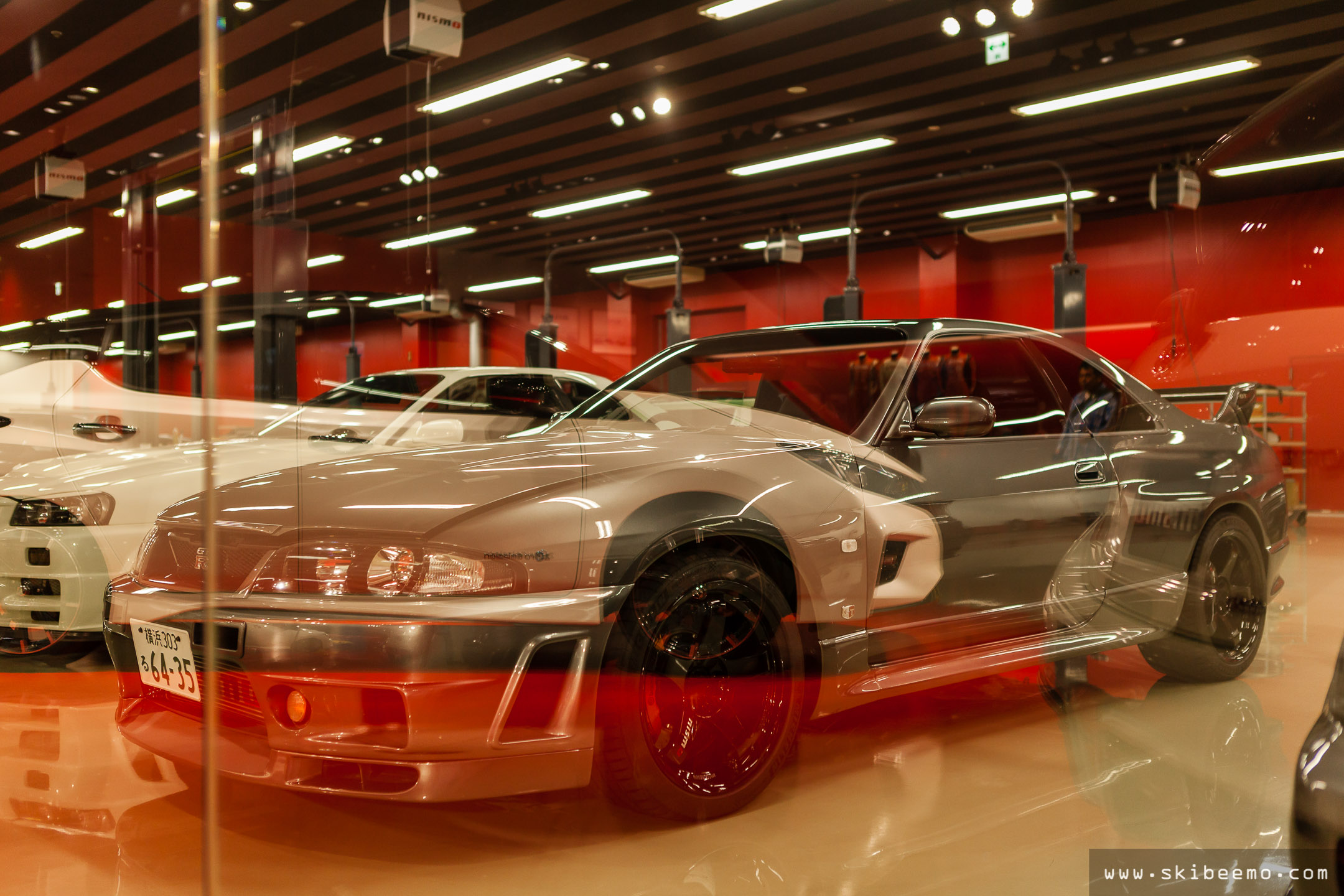
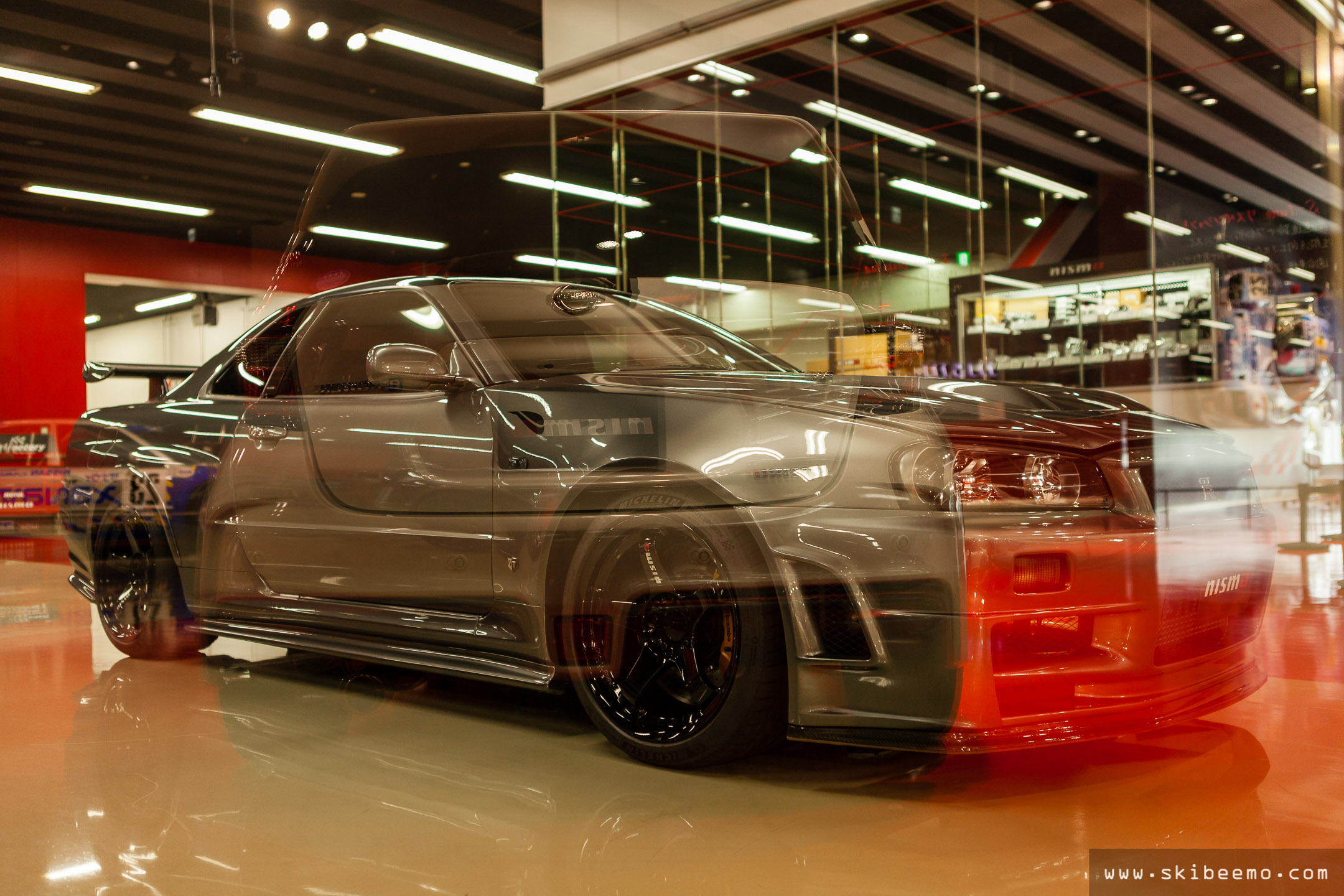
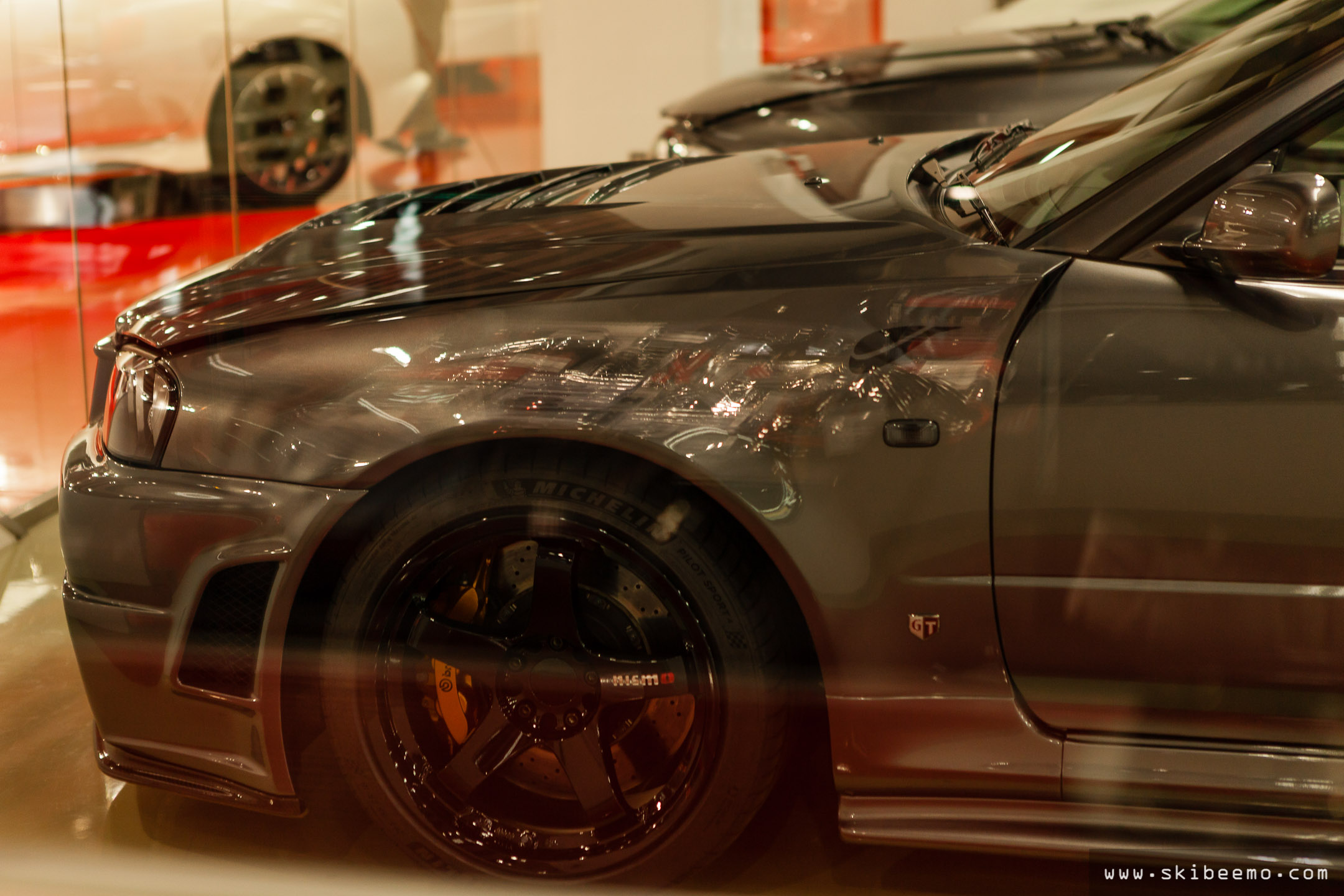
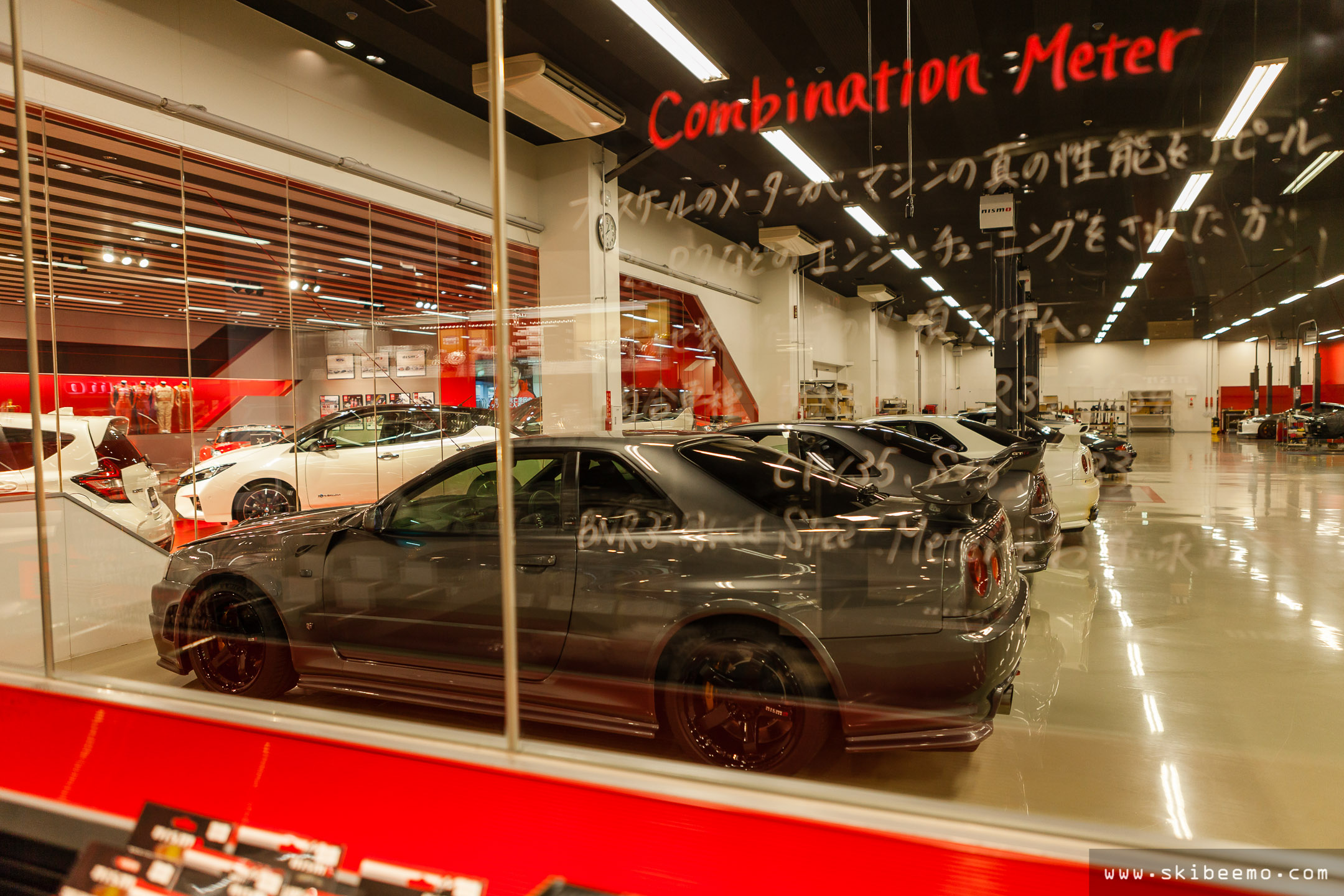
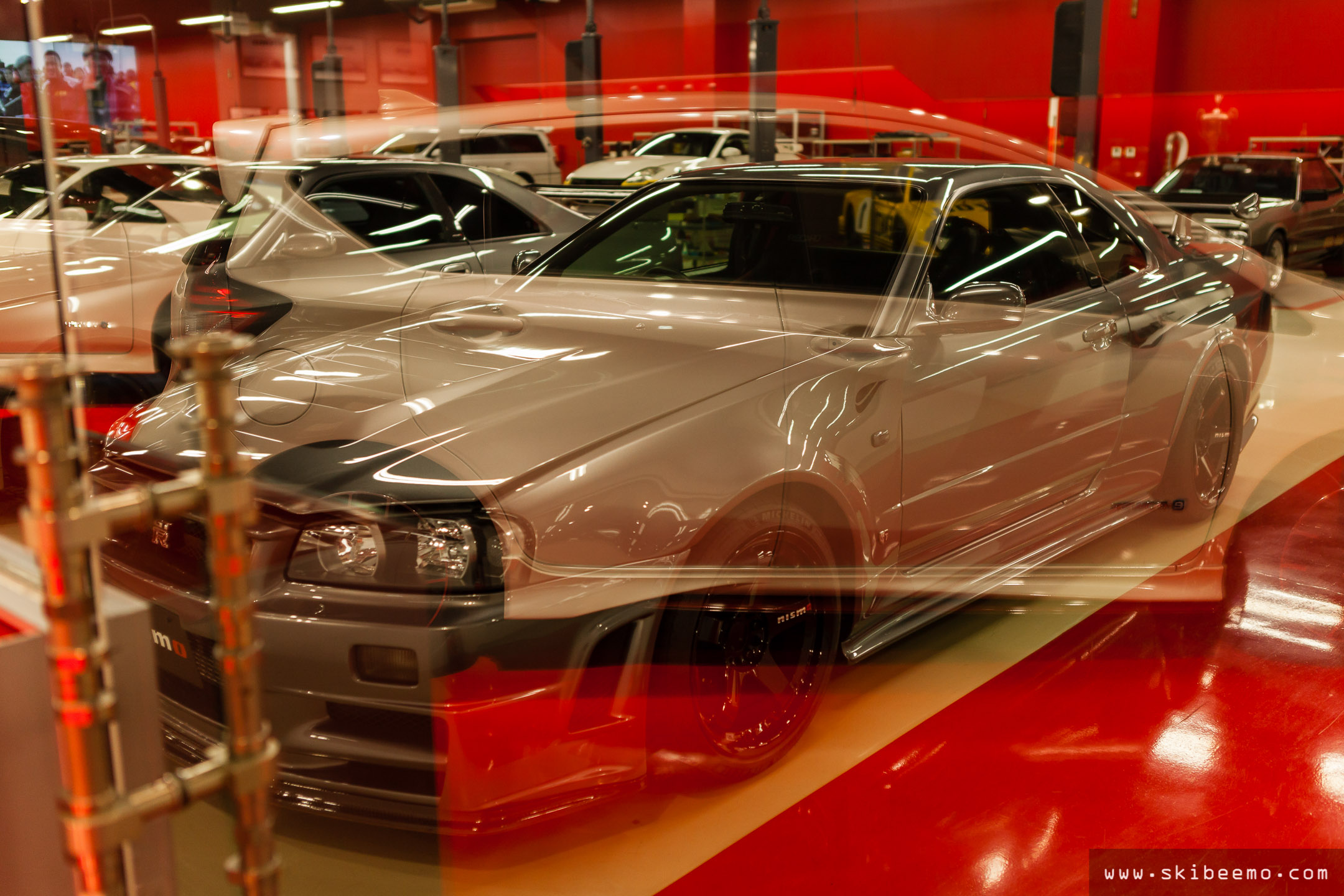
Omori Factory is the Skyline GT-R’s spiritual home and it was great to see some examples (along with other models) presented on the day, even if I had to view them behind glass walls.
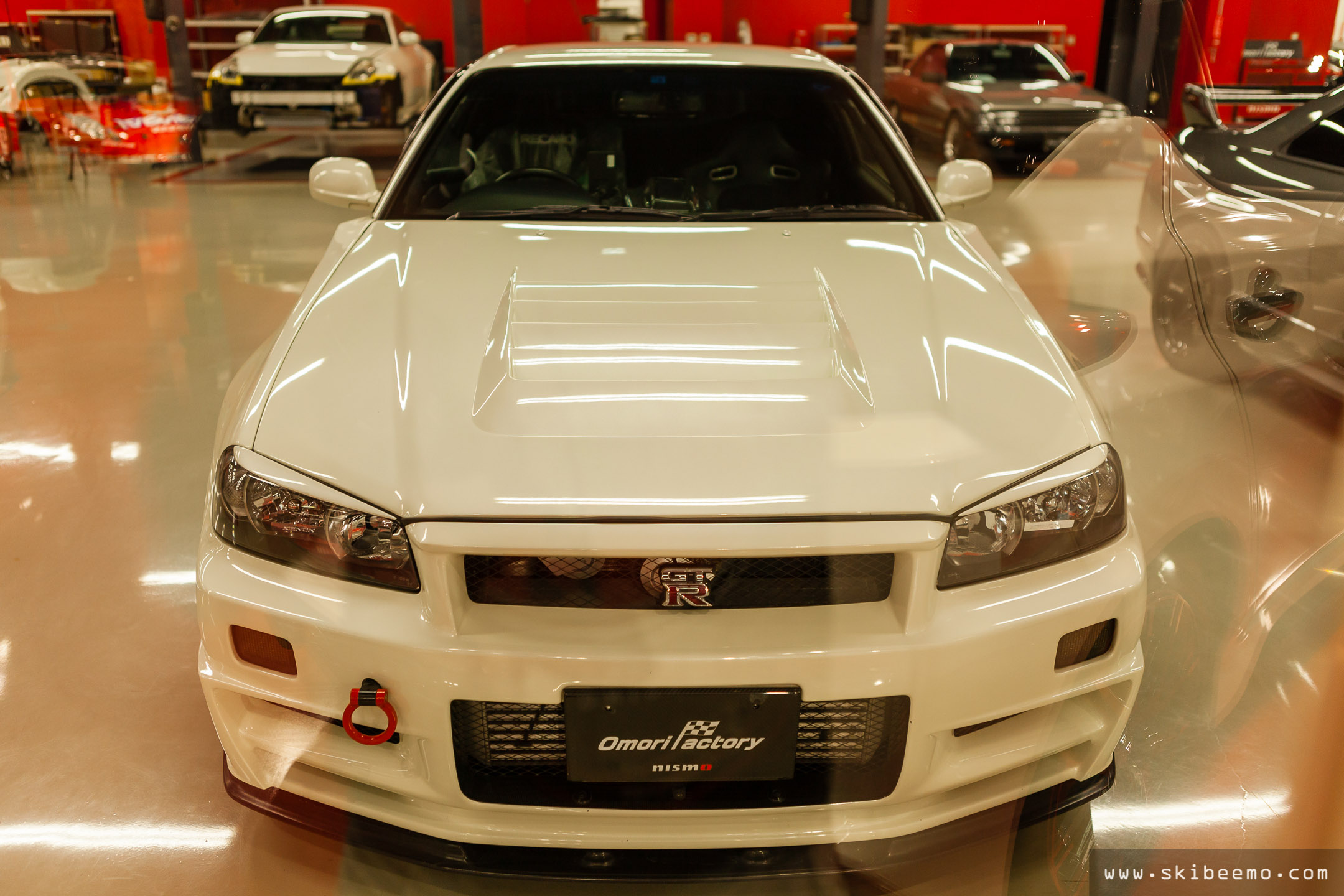
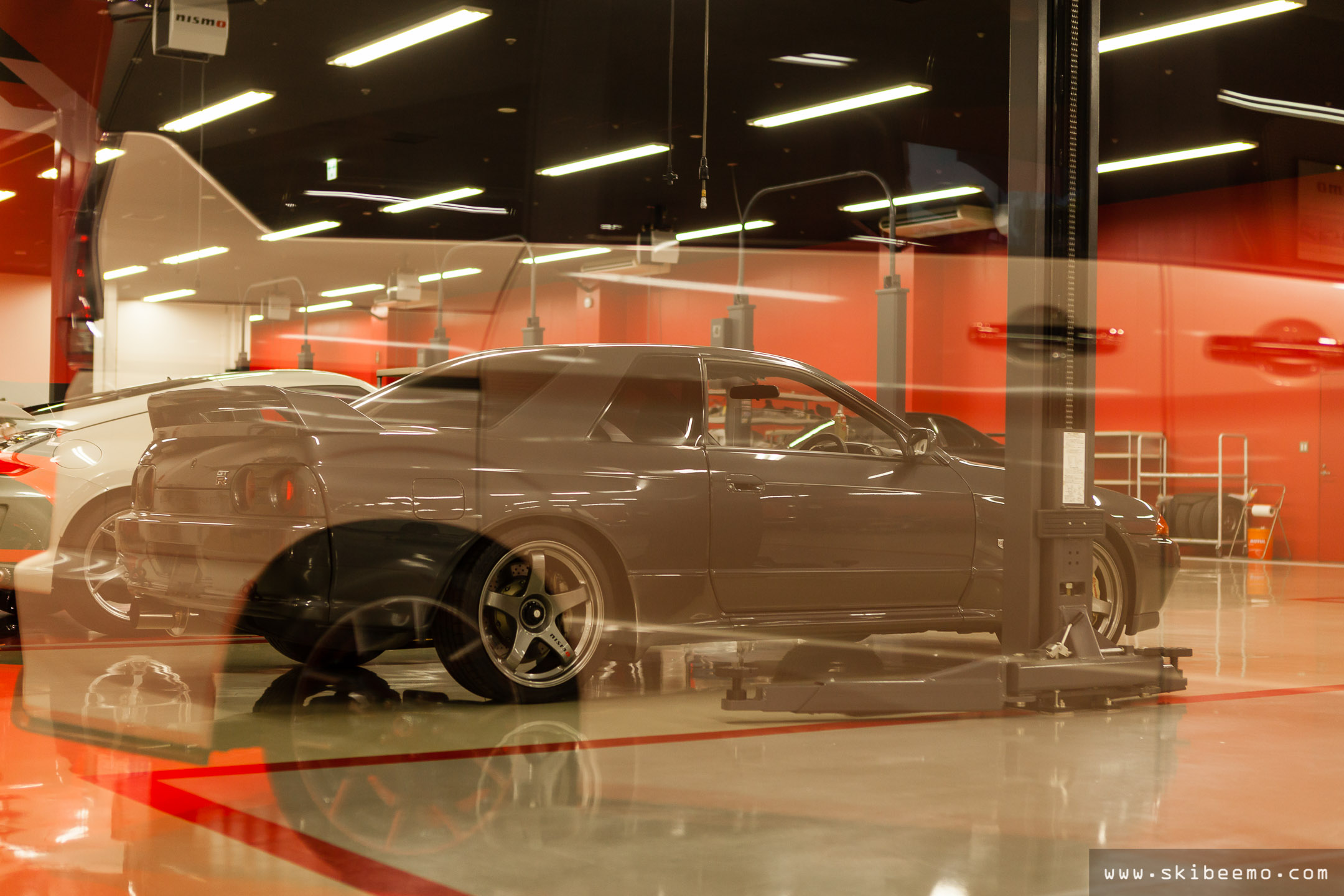
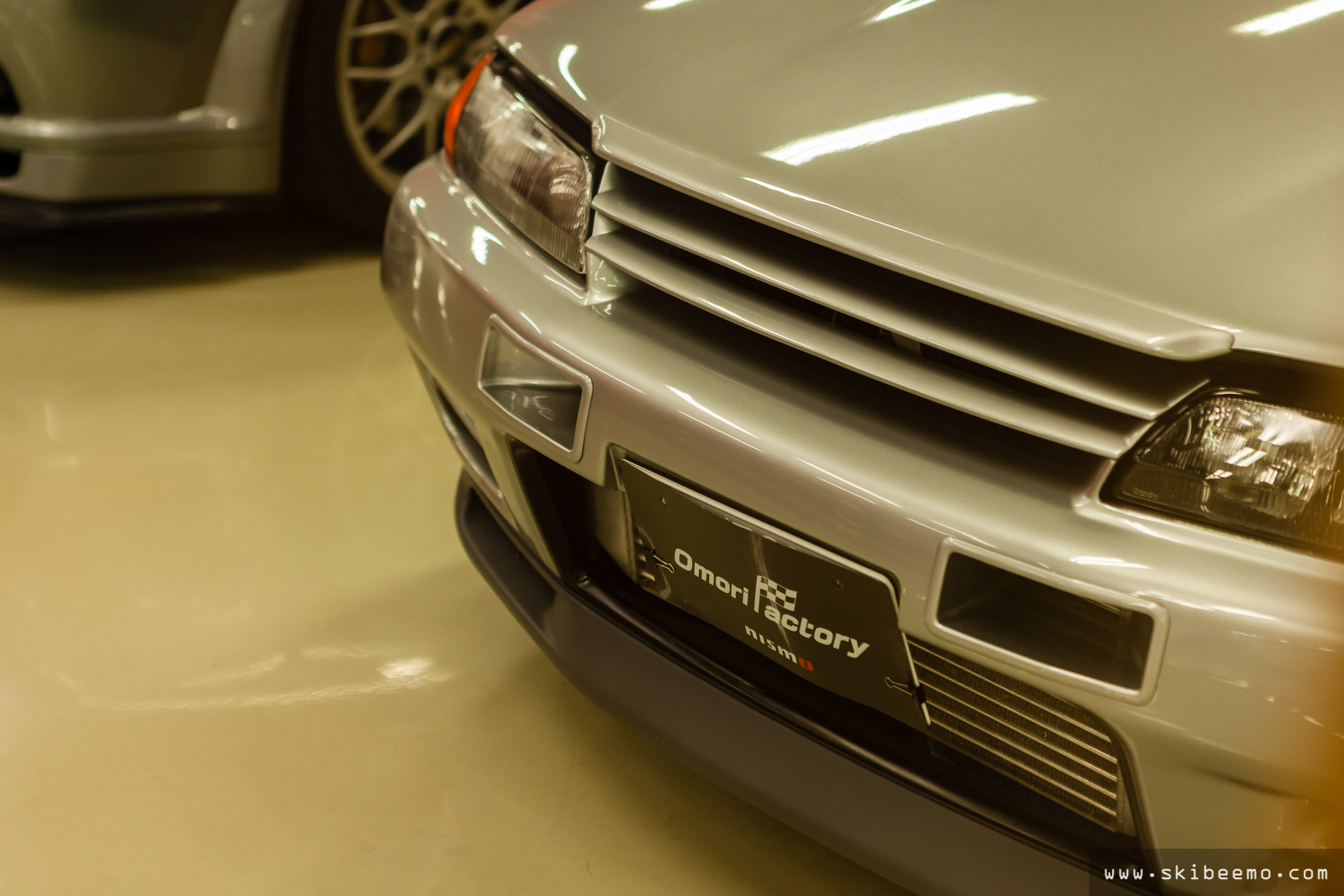
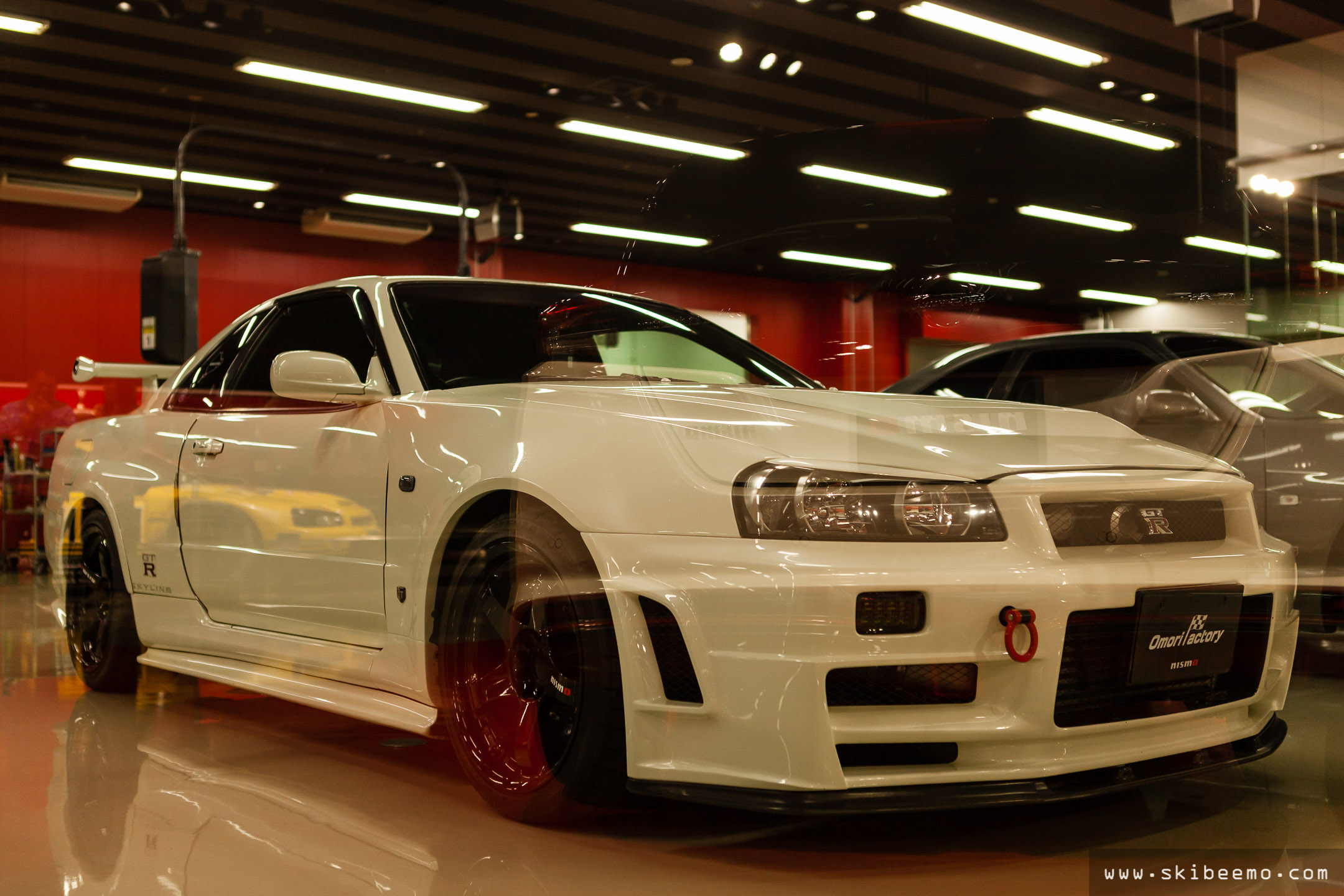
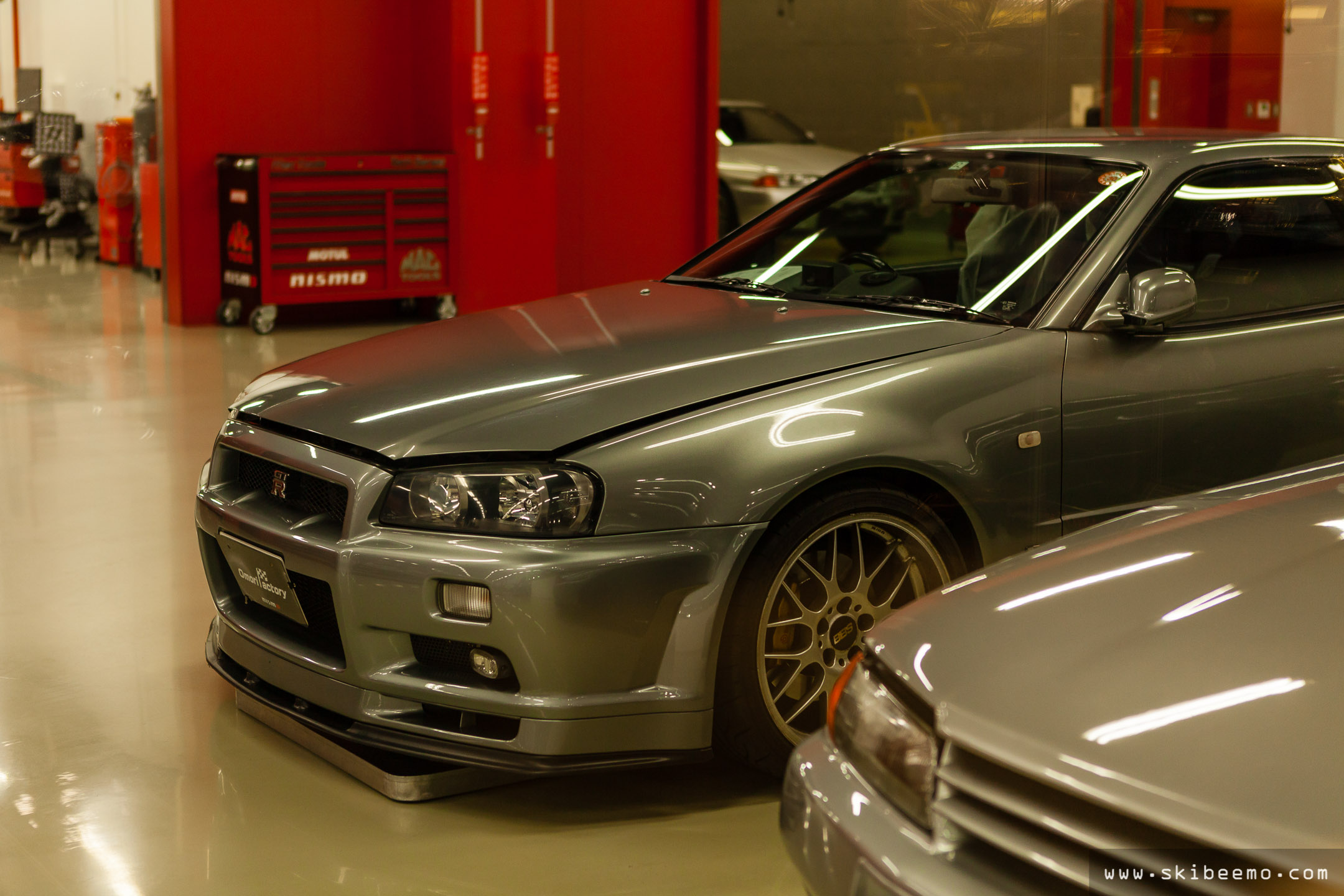
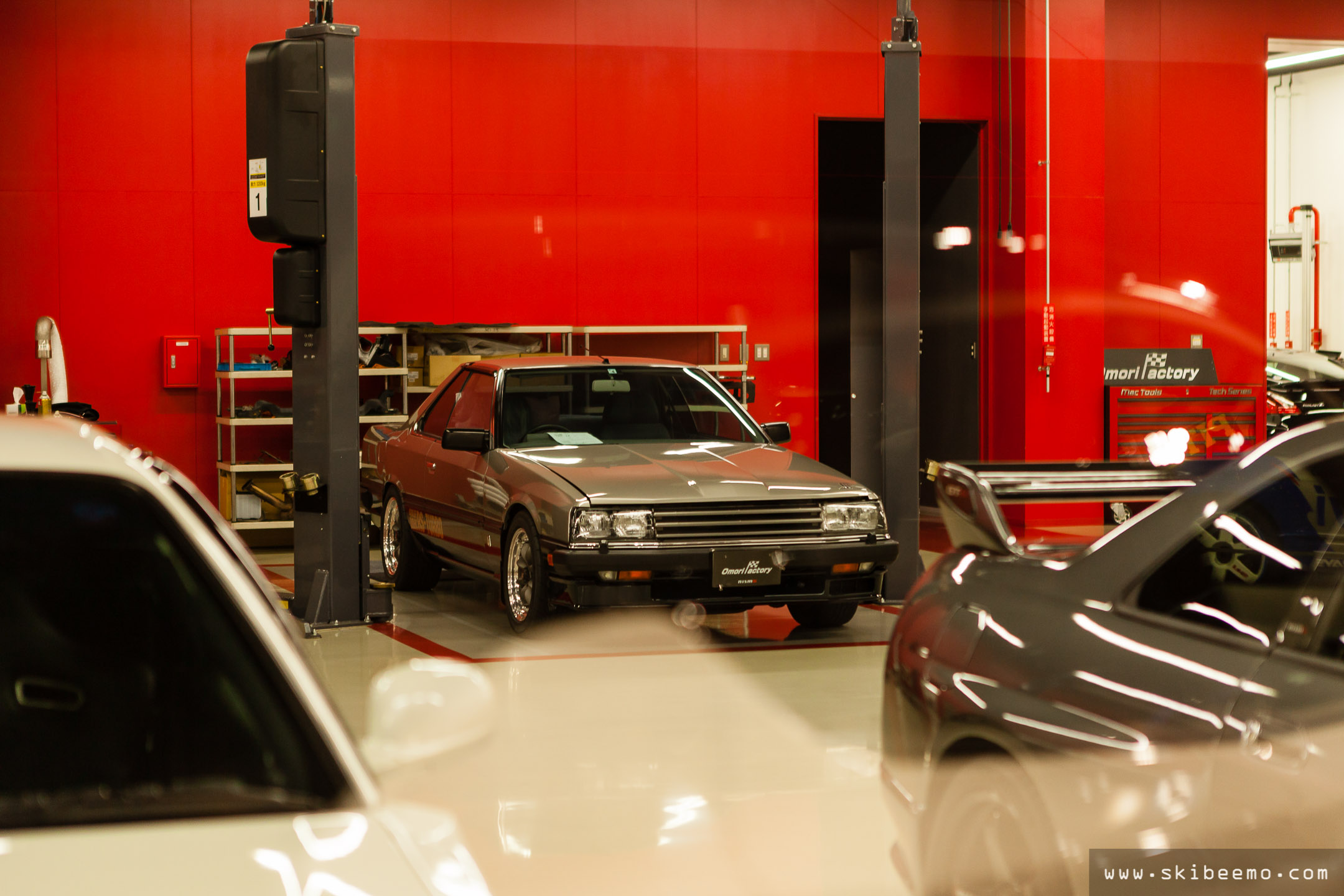
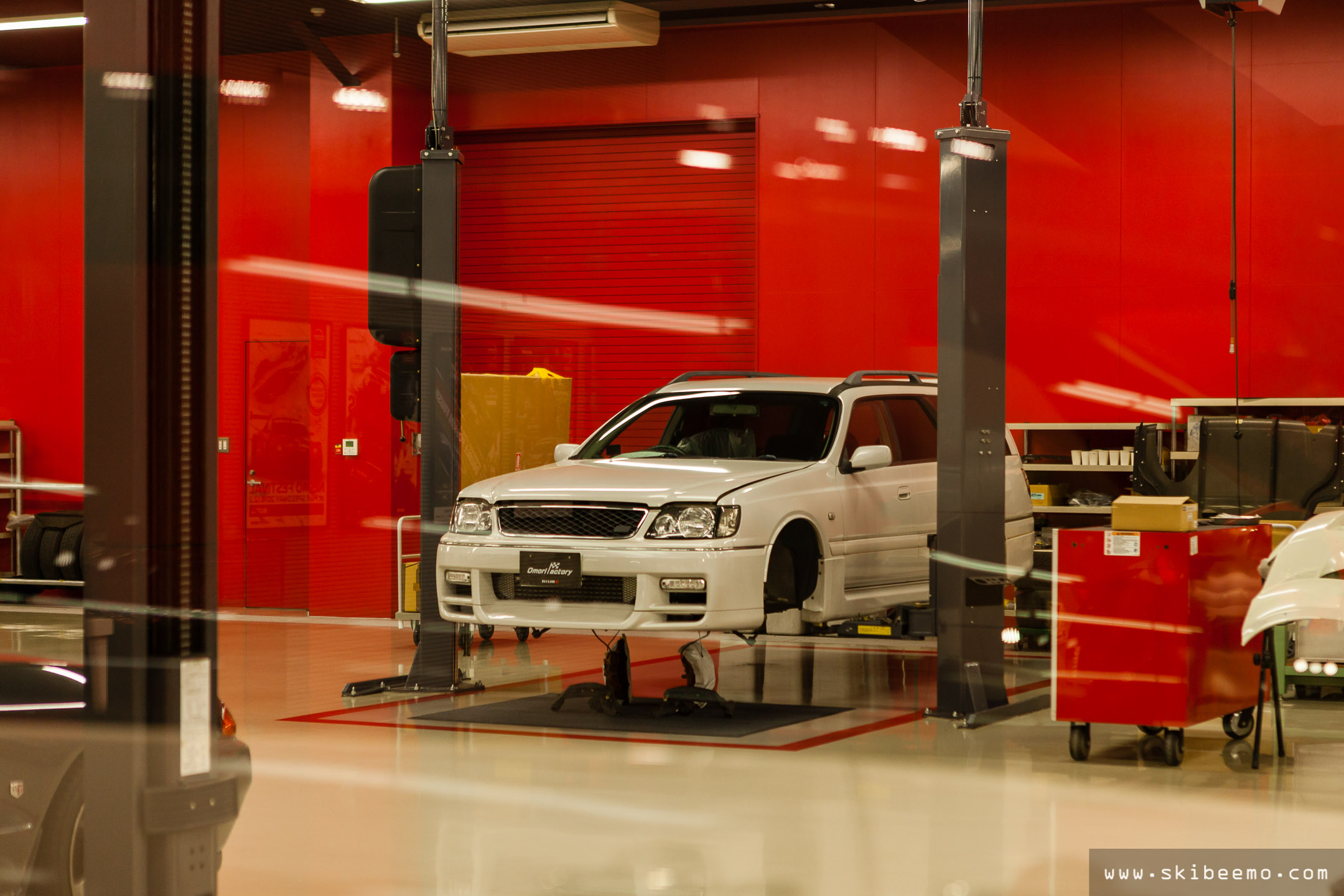
If I owned a Skyline GT-R, my wallet would’ve been in a very dangerous situation. Most of Nismo’s catalogue items were in stock and displayed in plain sight. These very items are dream ingredients for many Nismo aficionados, and typically viewed by most as pixels behind a bright LCD screen.
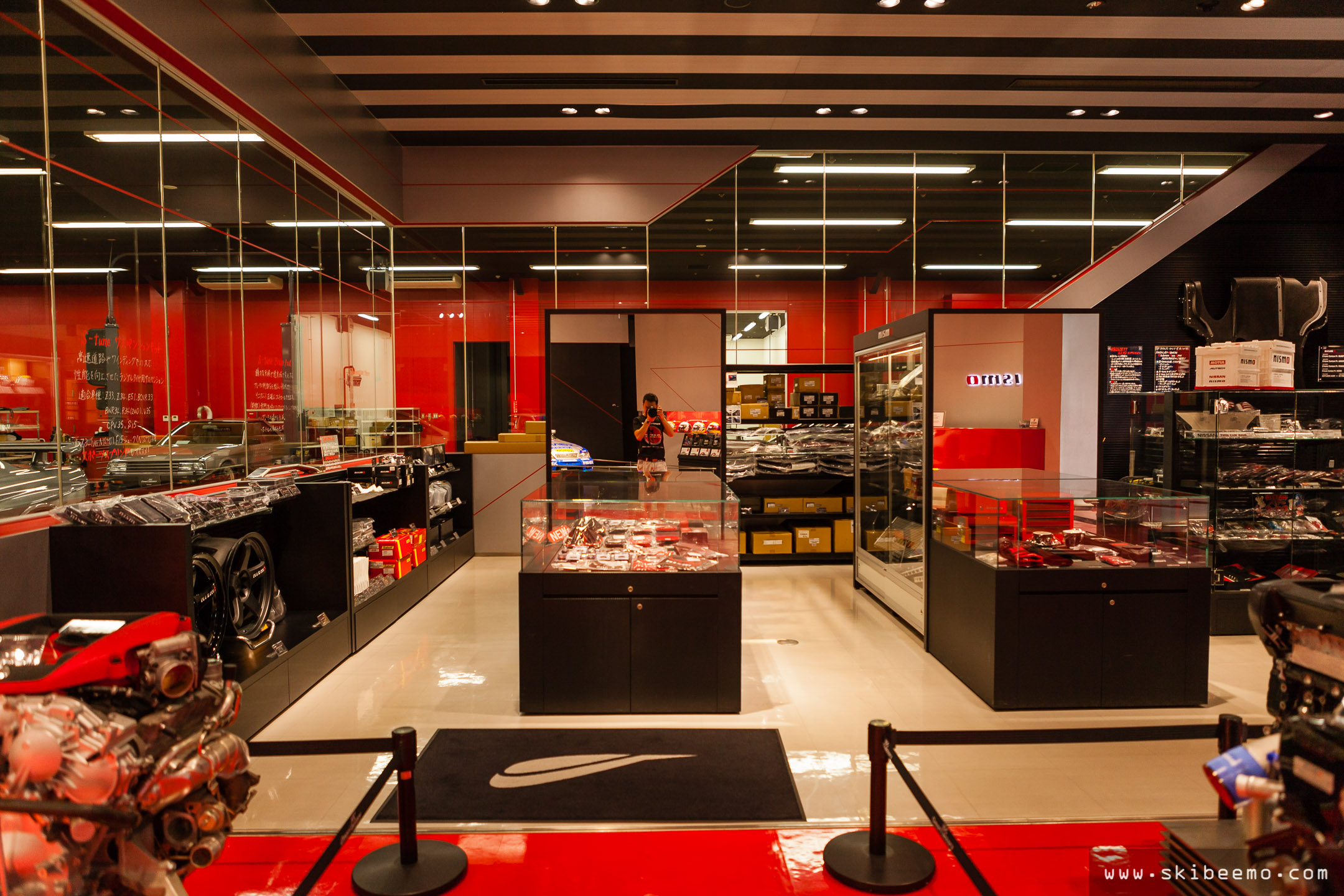

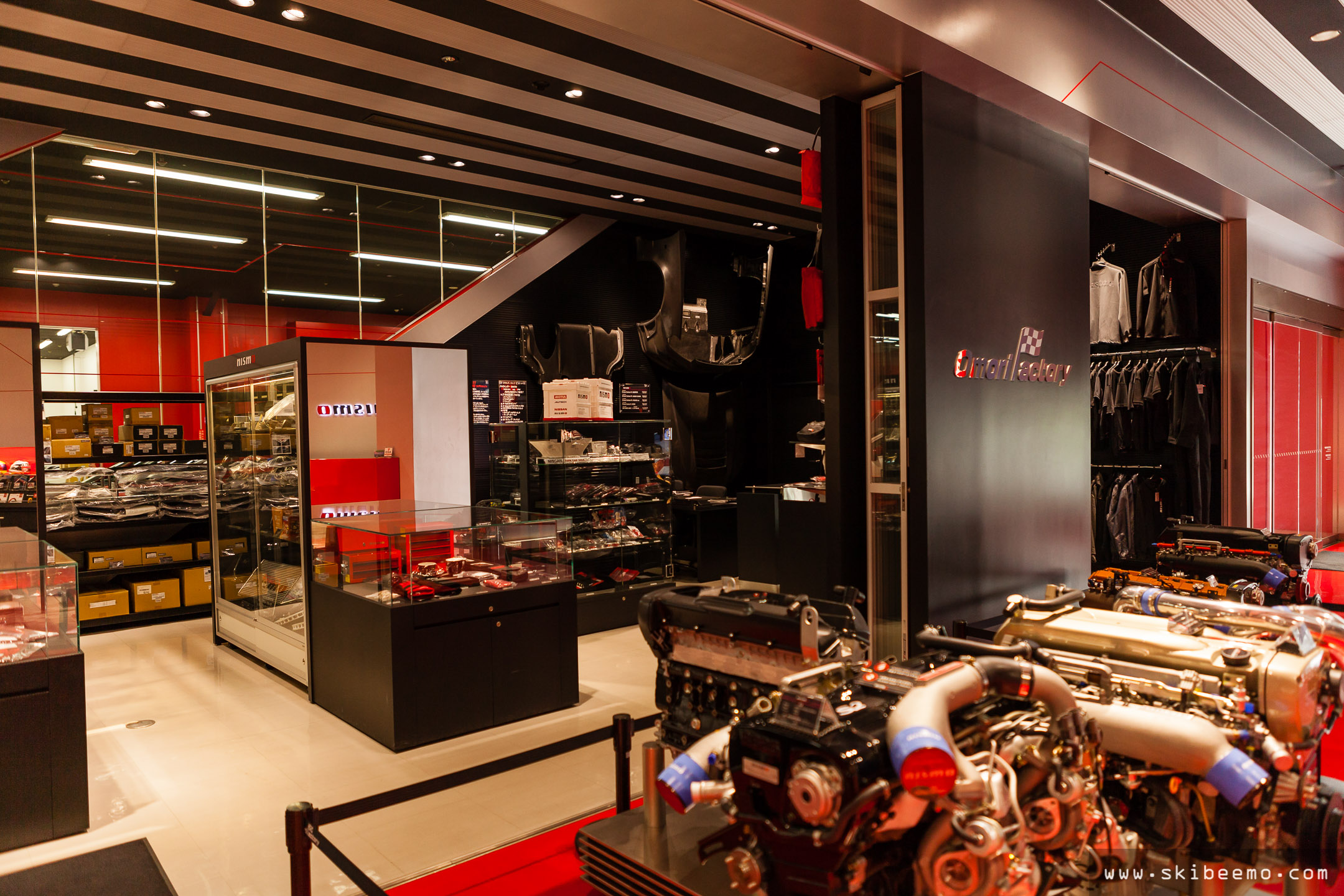
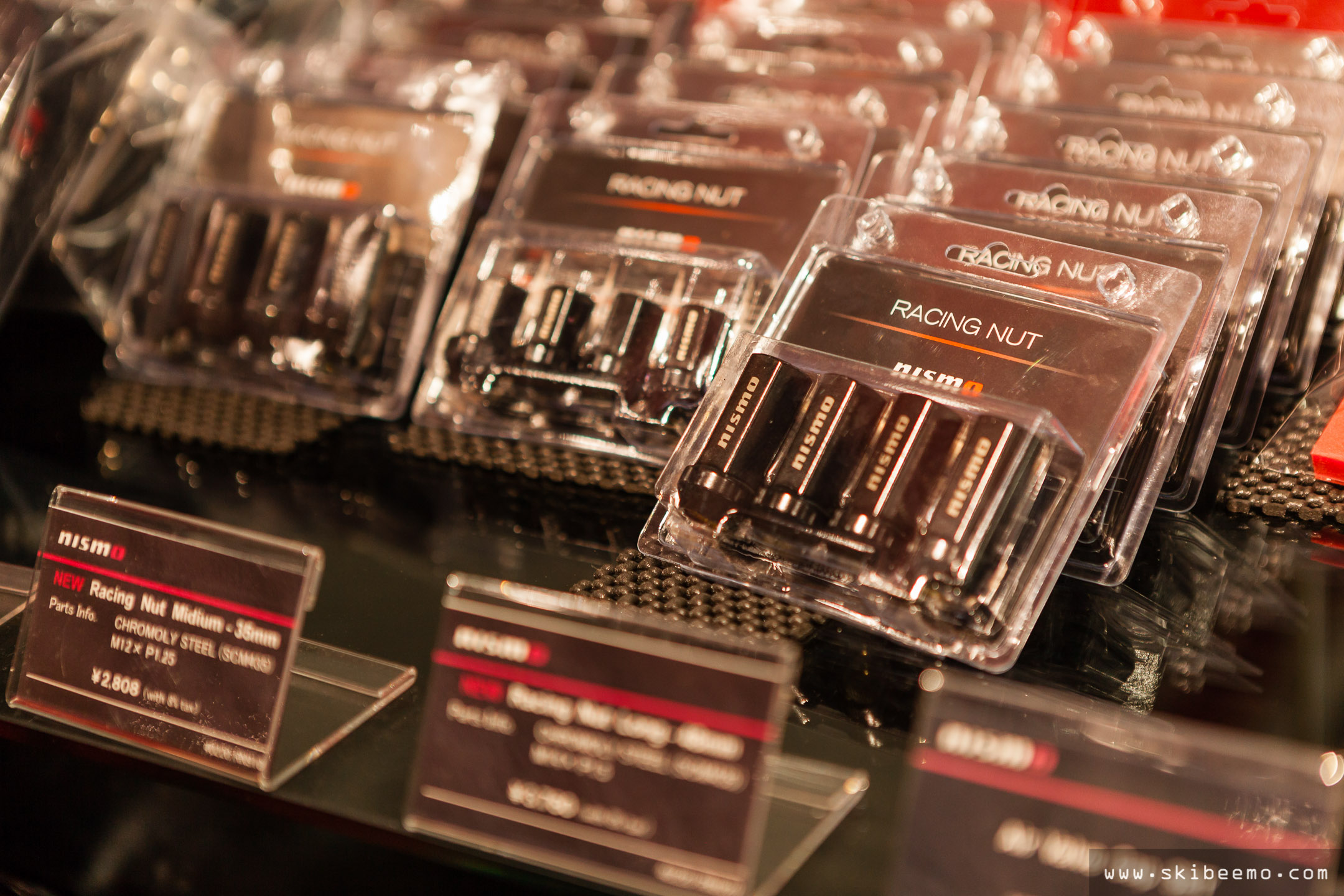
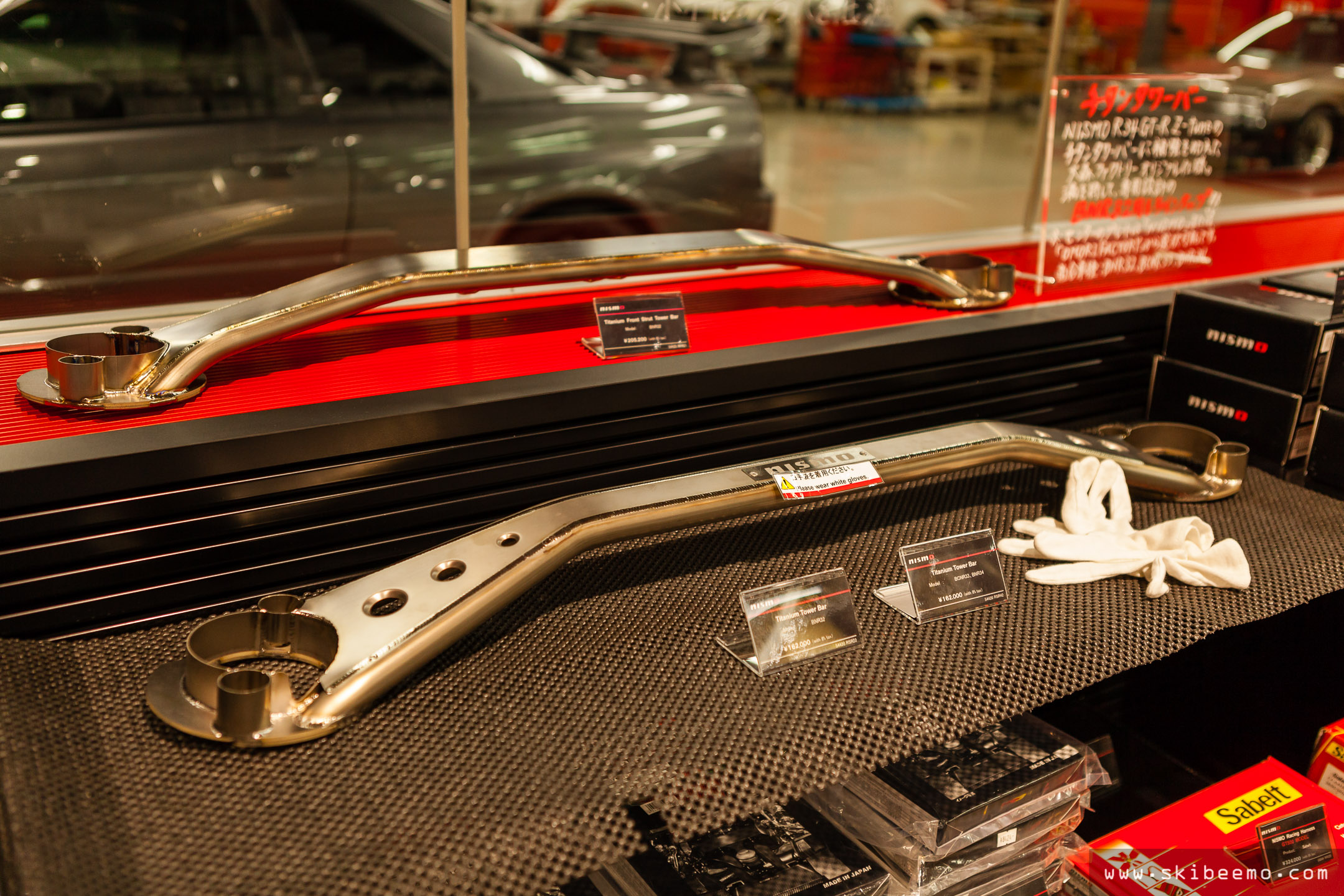
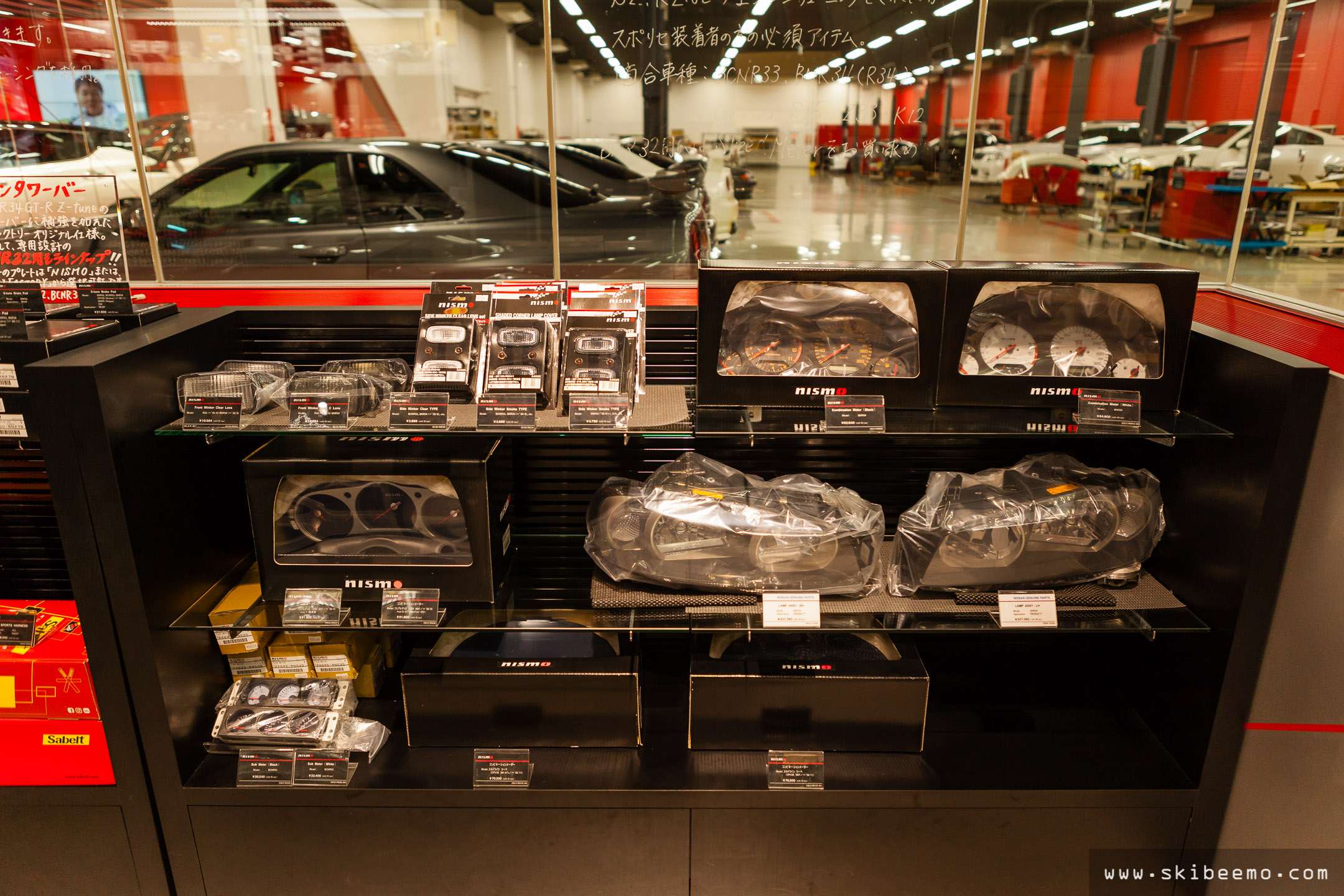
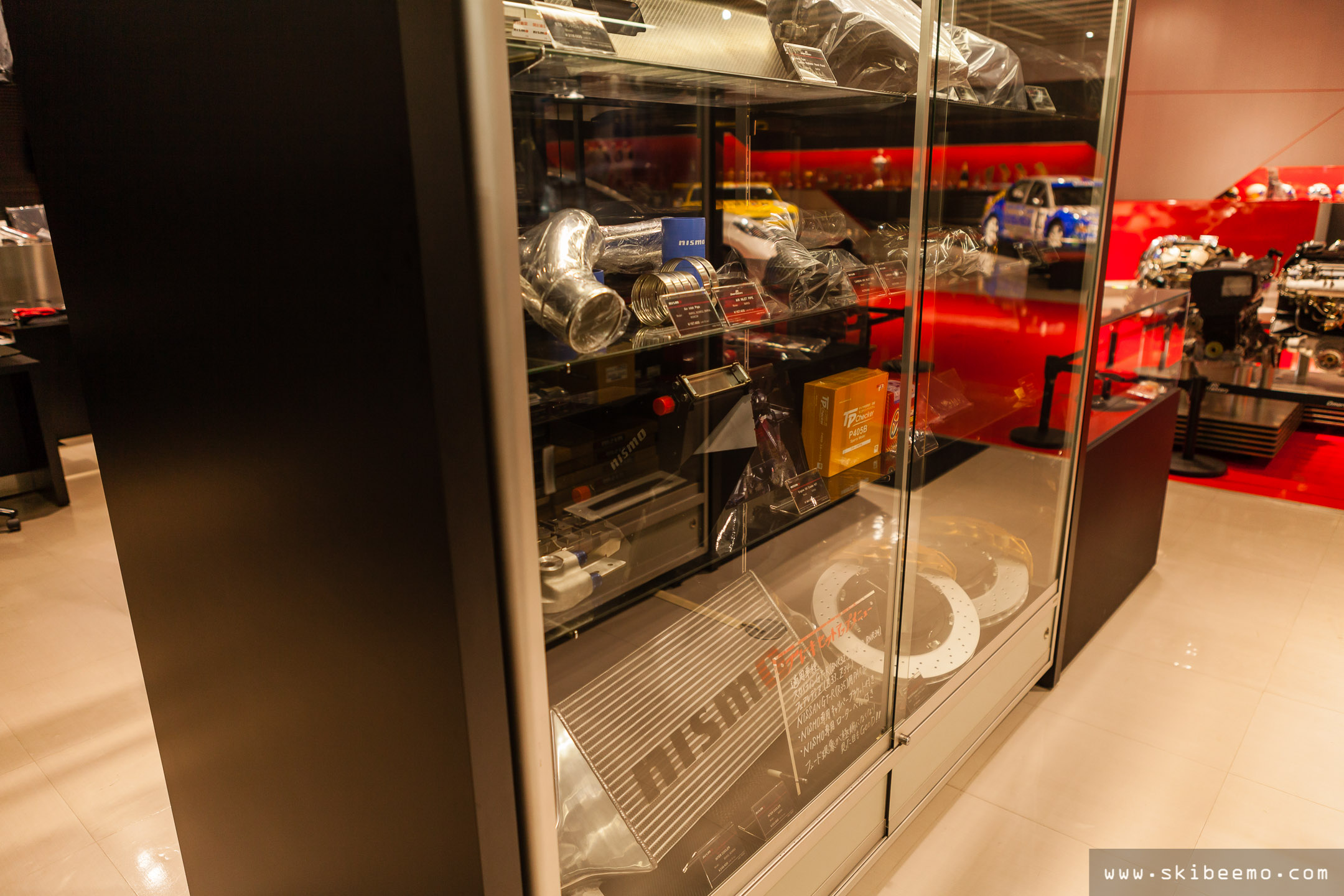
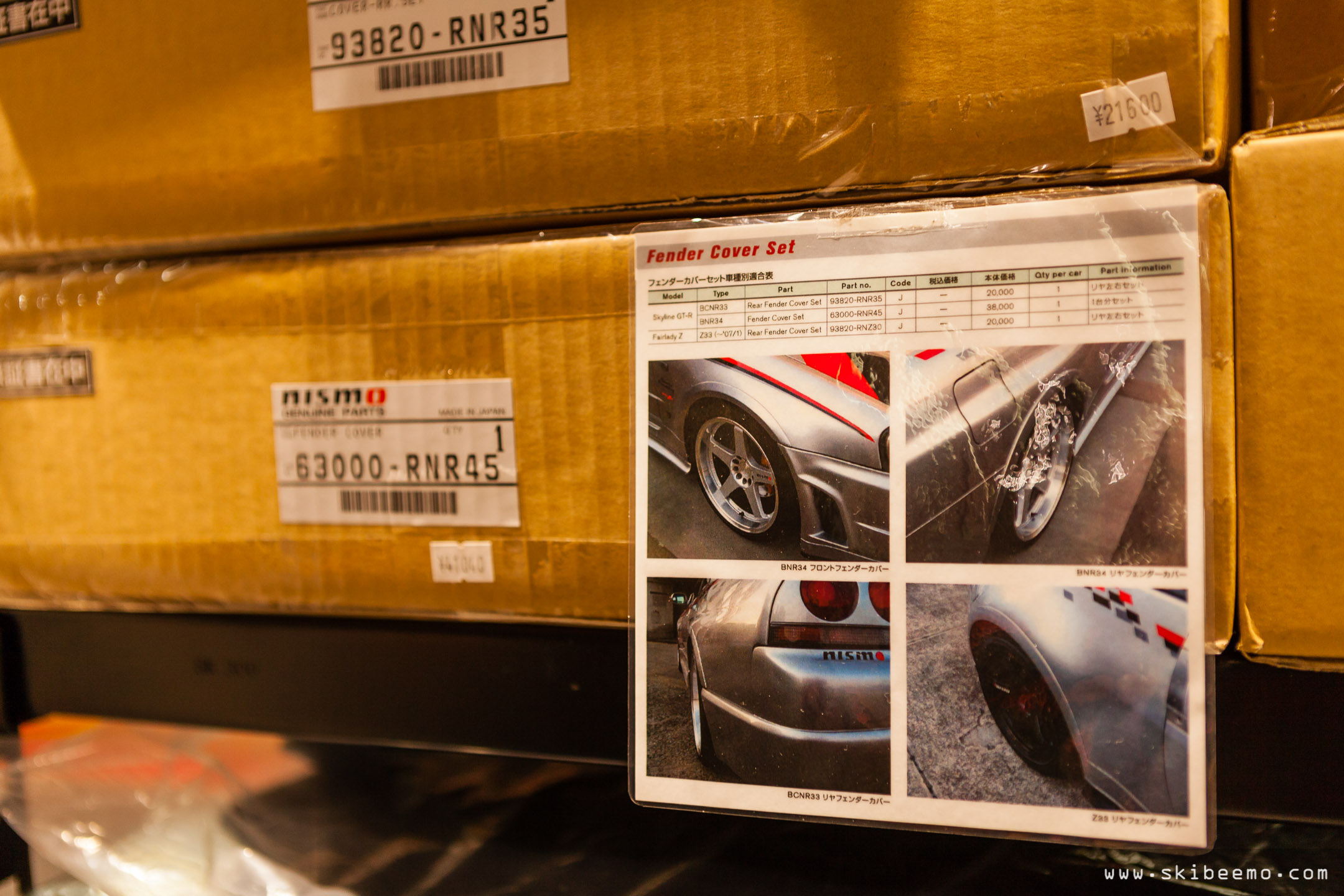

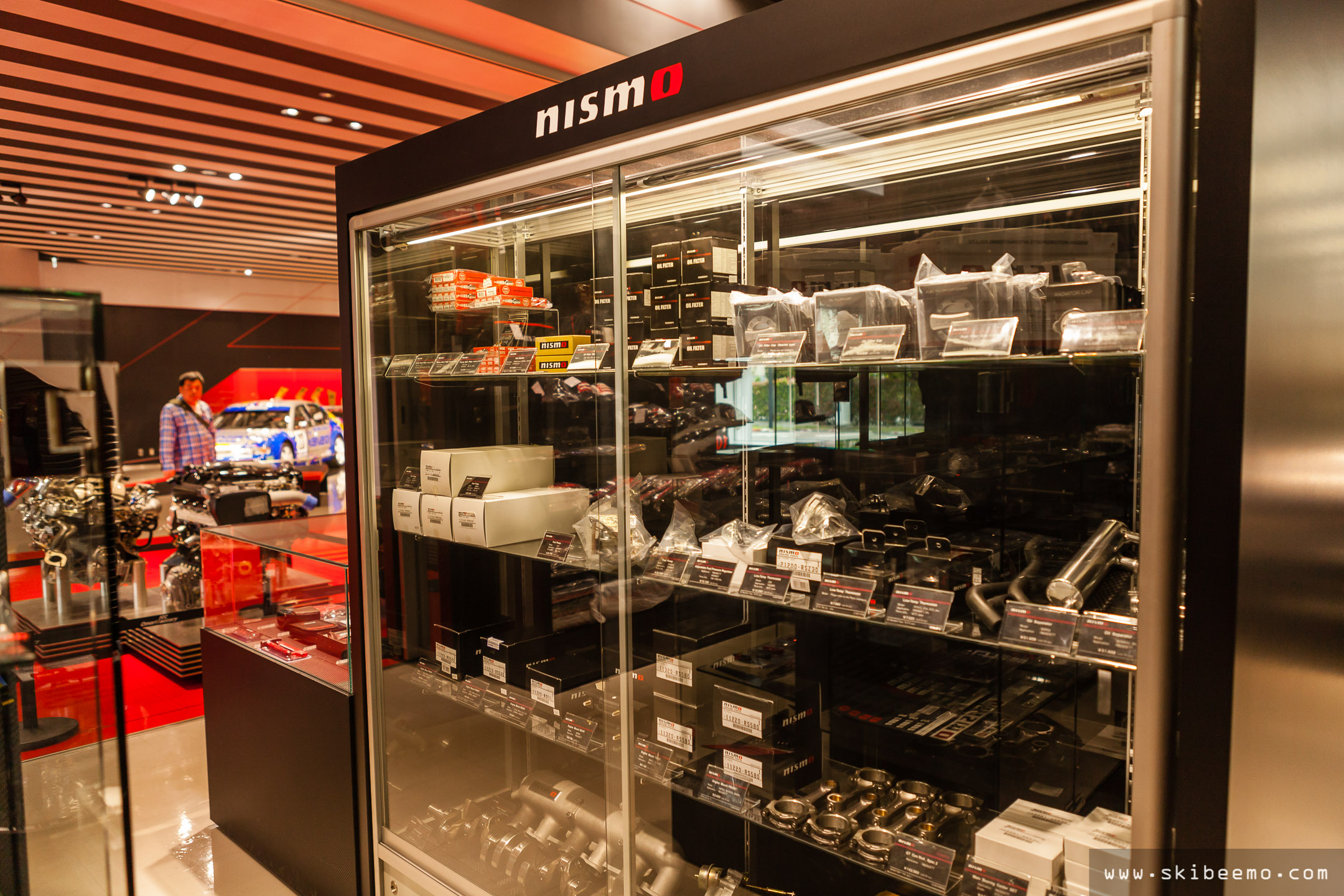

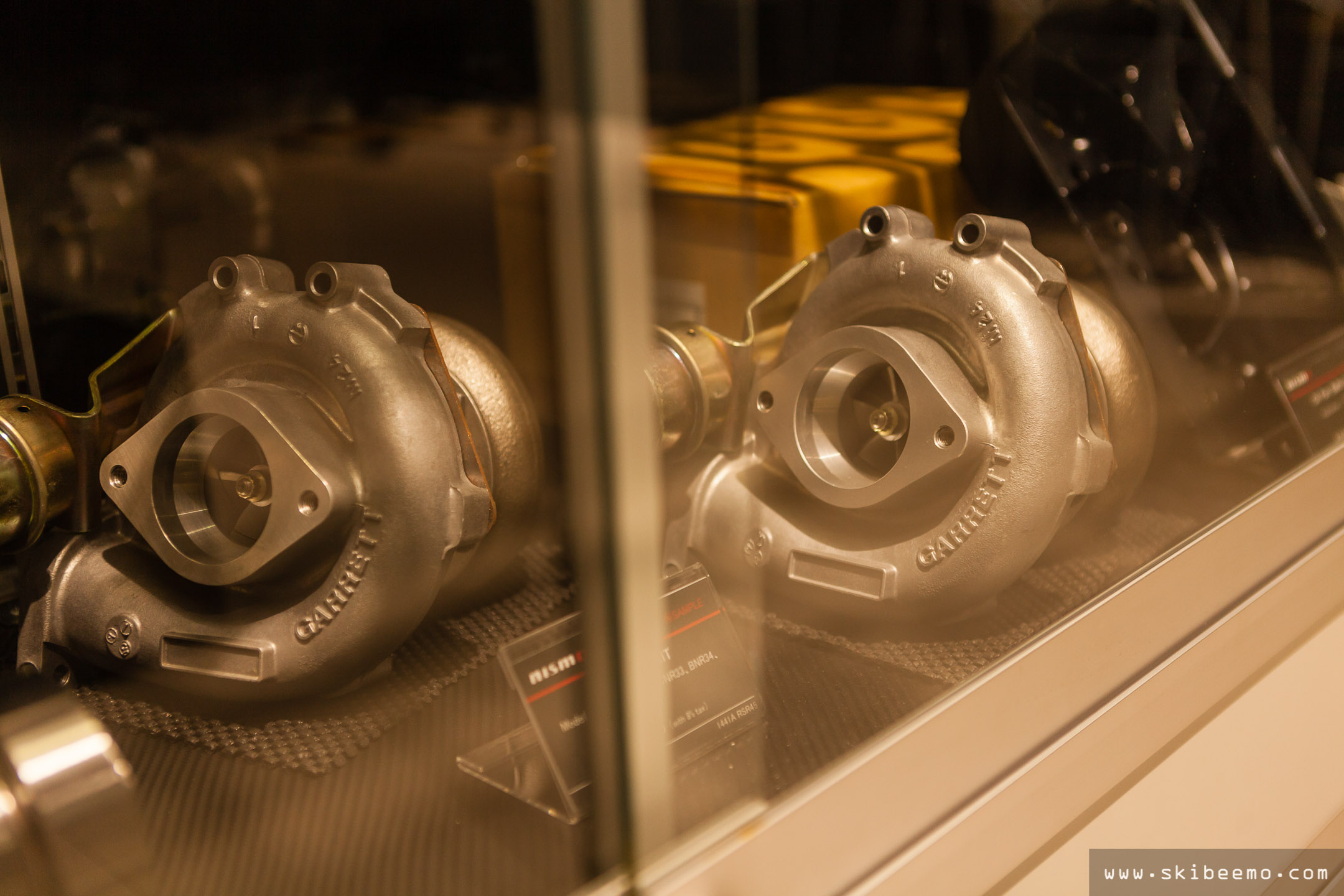
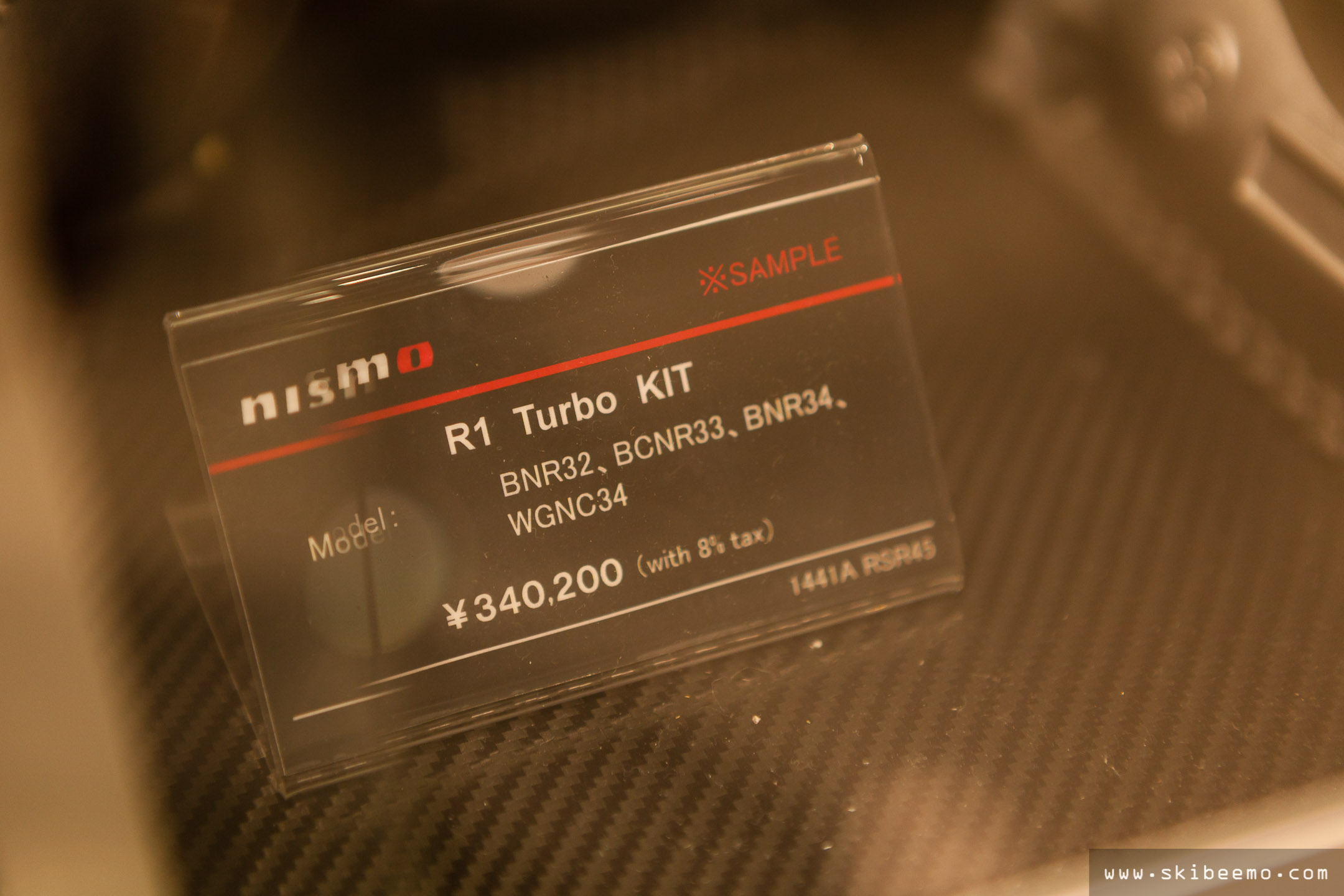
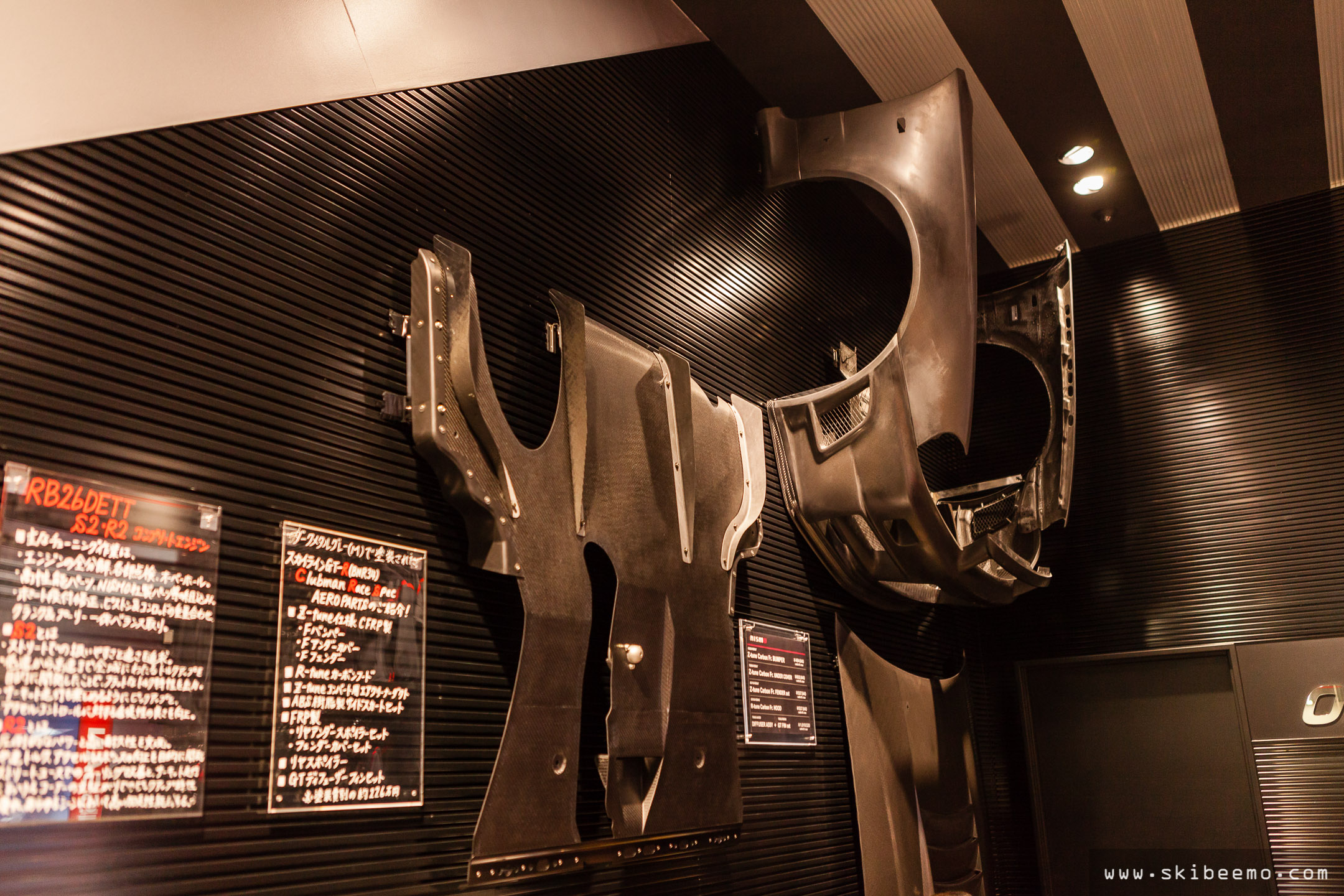
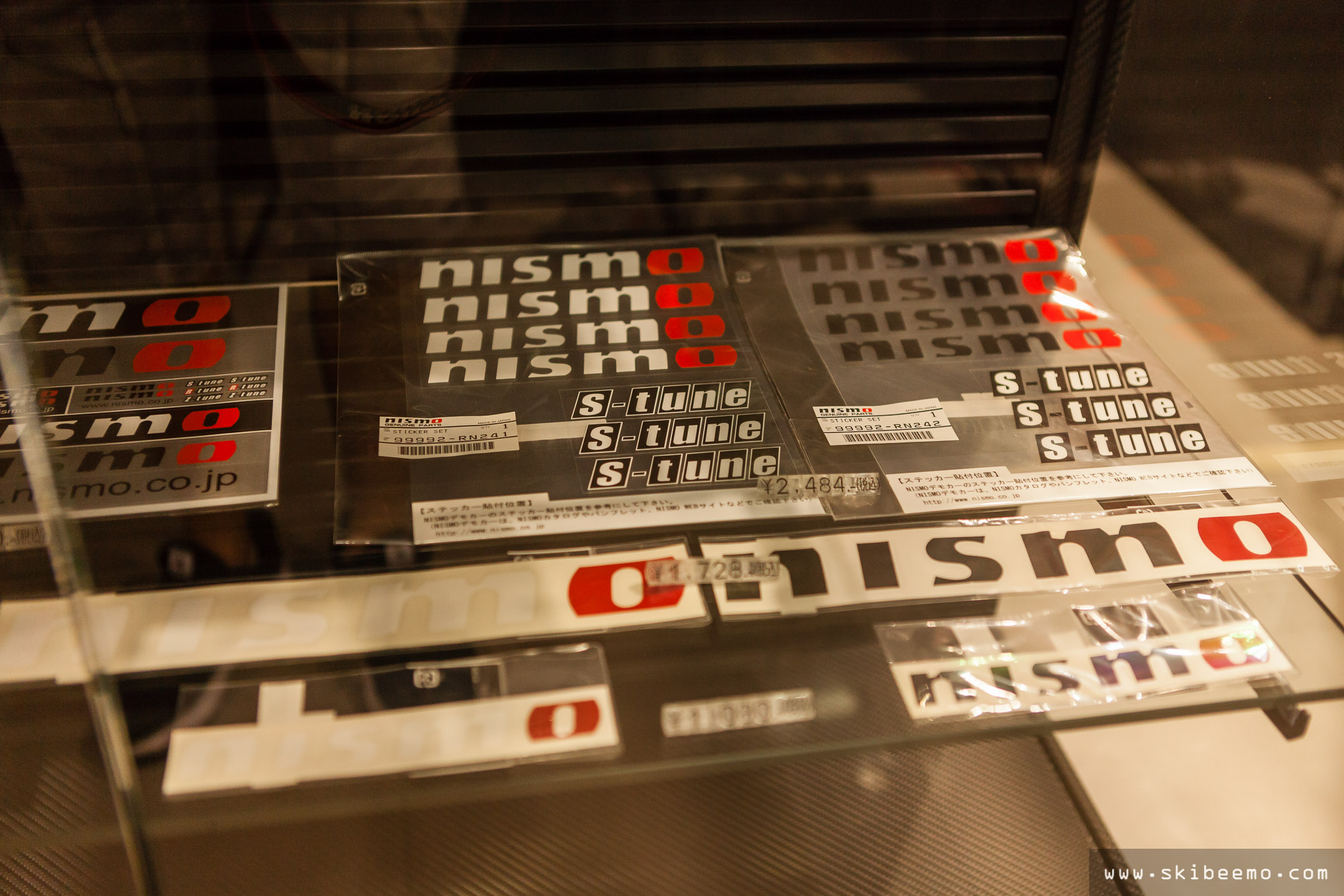
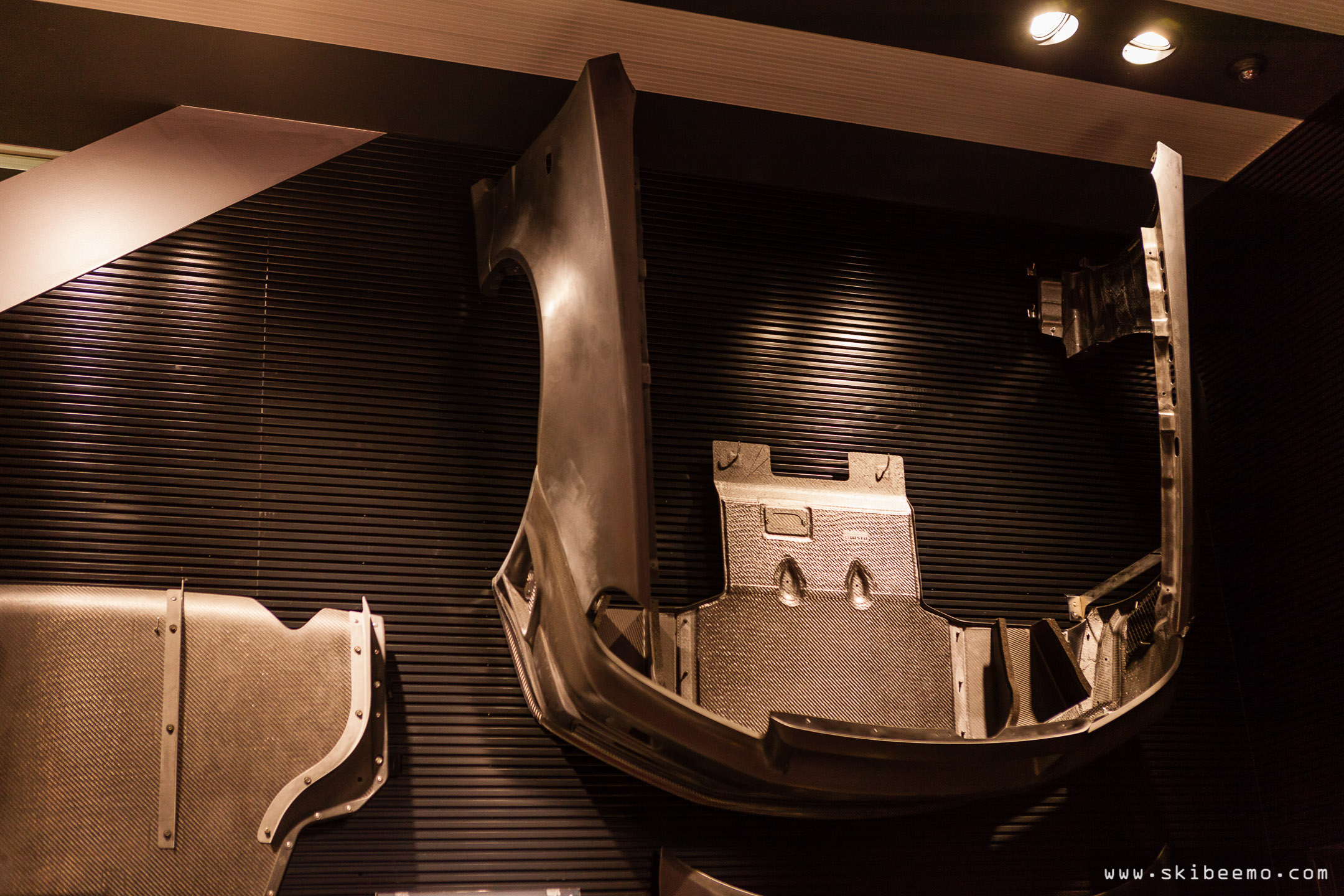
GT-R Magazine is a long running Japanese publication focused solely on the GT-R. Every edition was present at Omori Factory and sat alongside a cheeky Nismo-badged television.
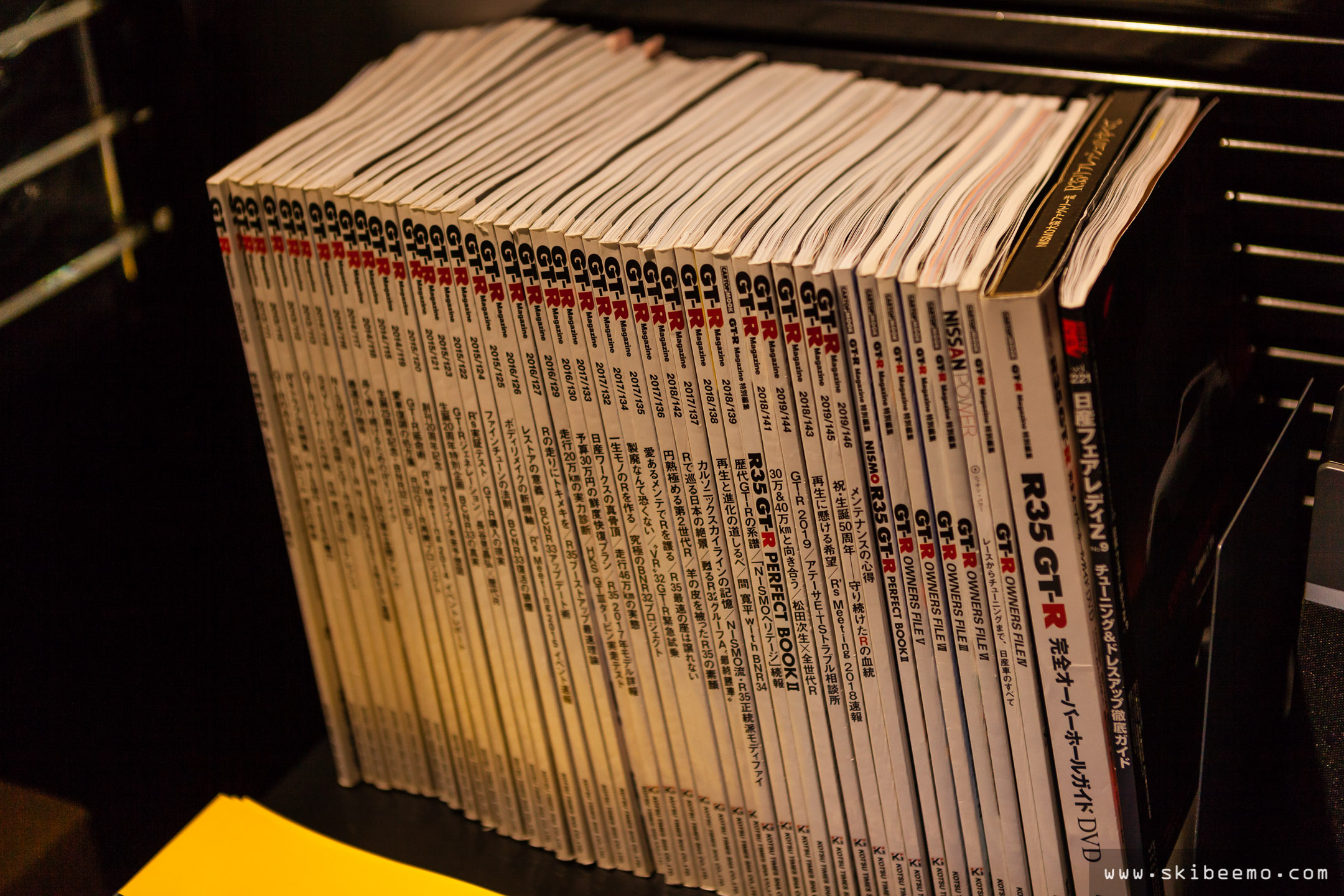
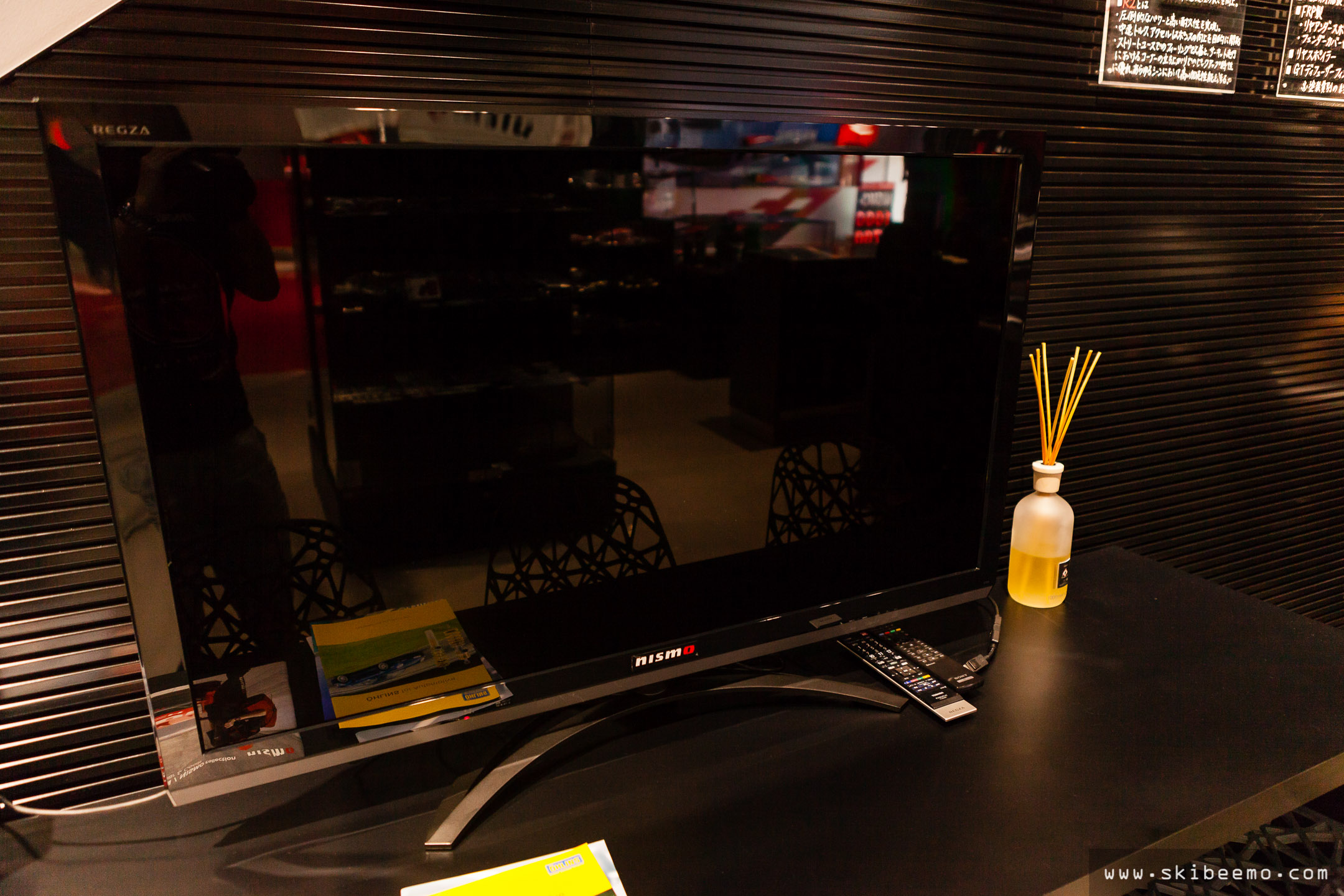
It was a pleasure to finally visit the legendary Omori Factory. Despite the facility now being located in Yokohama (instead of Omori – where the factory was previous located and how it obtained its name), the vitality of kodawari as well as tezukuri continues to flow through Omori Factory’s roller doors and into the components, road and race cars produced within. Living in Australia has allowed me to observe my fair share of Nissan performance cars – especially Skyline GT-Rs – over the last two decades. However, admiring these icons at their spiritual home within the Omori Factory is an entirely different feeling, and a reality I’m humbled to have experienced.
![]()
